
To start our final full day in Istanbul, we had our throats and noses swabbed for our return to the USA COVID-19 test. Fortunately, we tested negative!
Following the bodily fluid sampling in the hotel lobby, with prices set by the Turkish government (only 250 lira each – or about $17!), we walked over to Arasta Bazaar for some shopping and to see the gorgeous Mosaic Museum. The mosaics, unearthed in excavations in the northeastern section of the cloister in Eastern Roman Grand Palace in 1935, are magnificent in terms of both artistic and the richness of depictions of the scenes. The works exhibited in the Great Palace Mosaics Museum, dated between 450-550 AD do not have religious content. The depictions taken from daily life, nature and mythology probably owe their vitality to the many experts under the leadership of the leading masters of the era. (https://muze.gen.tr/muze-detay/mozaik) I found the mosaics to be beautiful!
About a month before we left for this journey, my C6 disc started acting up, something it hadn’t done in nearly 14 years. To prepare for this trip and to hopefully prevent the need for surgery, I’ve been going to physical therapy twice a week and the chiropractor once a week. Something I’ve been working on is standing straighter and not walking hunched over. Well, this new walking posture paid off while we were looking for a place for lunch! Since I wasn’t looking down, I saw people on a rooftop terrace above a nearby restaurant. We went there for lunch and had not only tasty food but also a phenomenal view!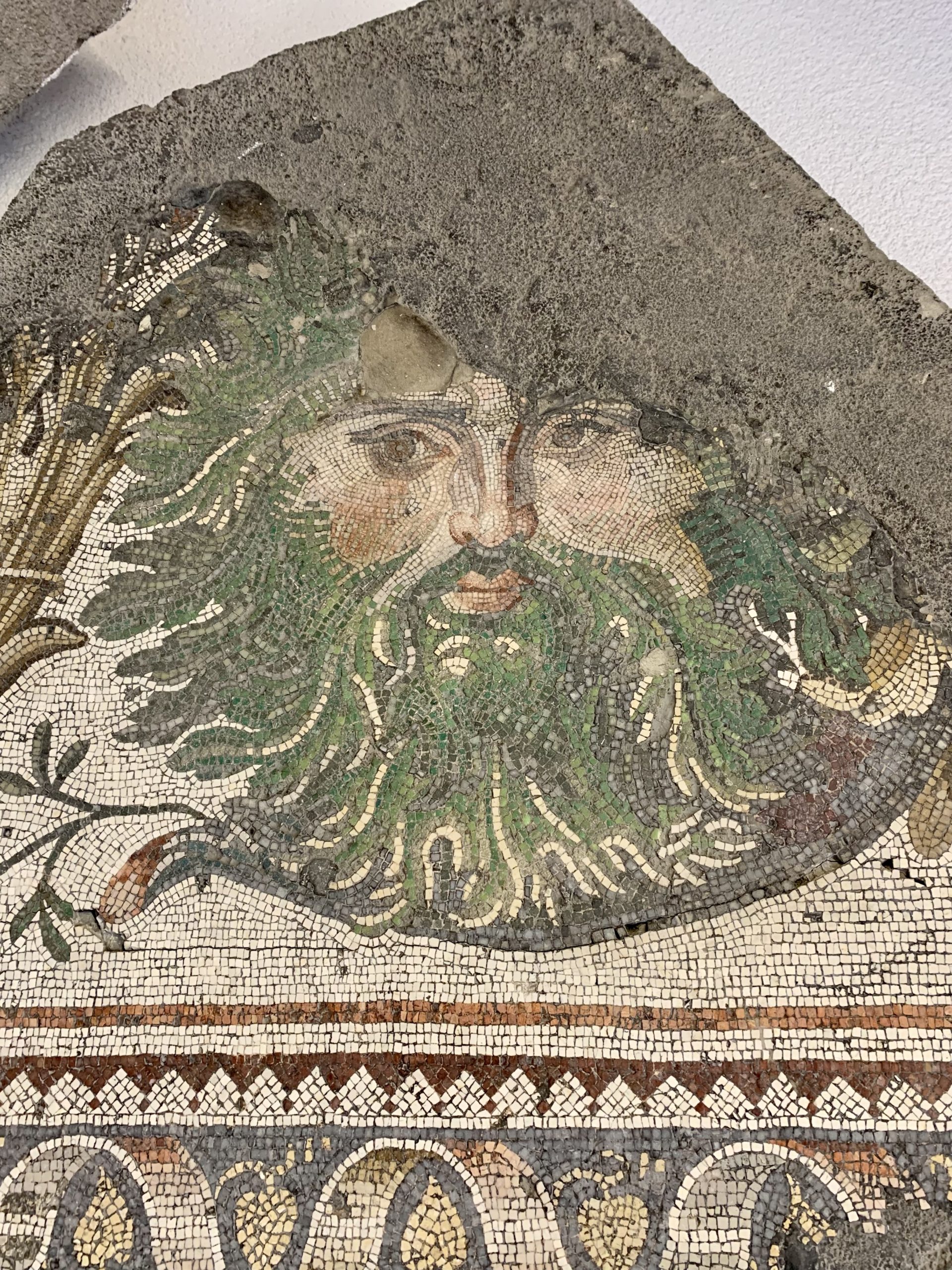
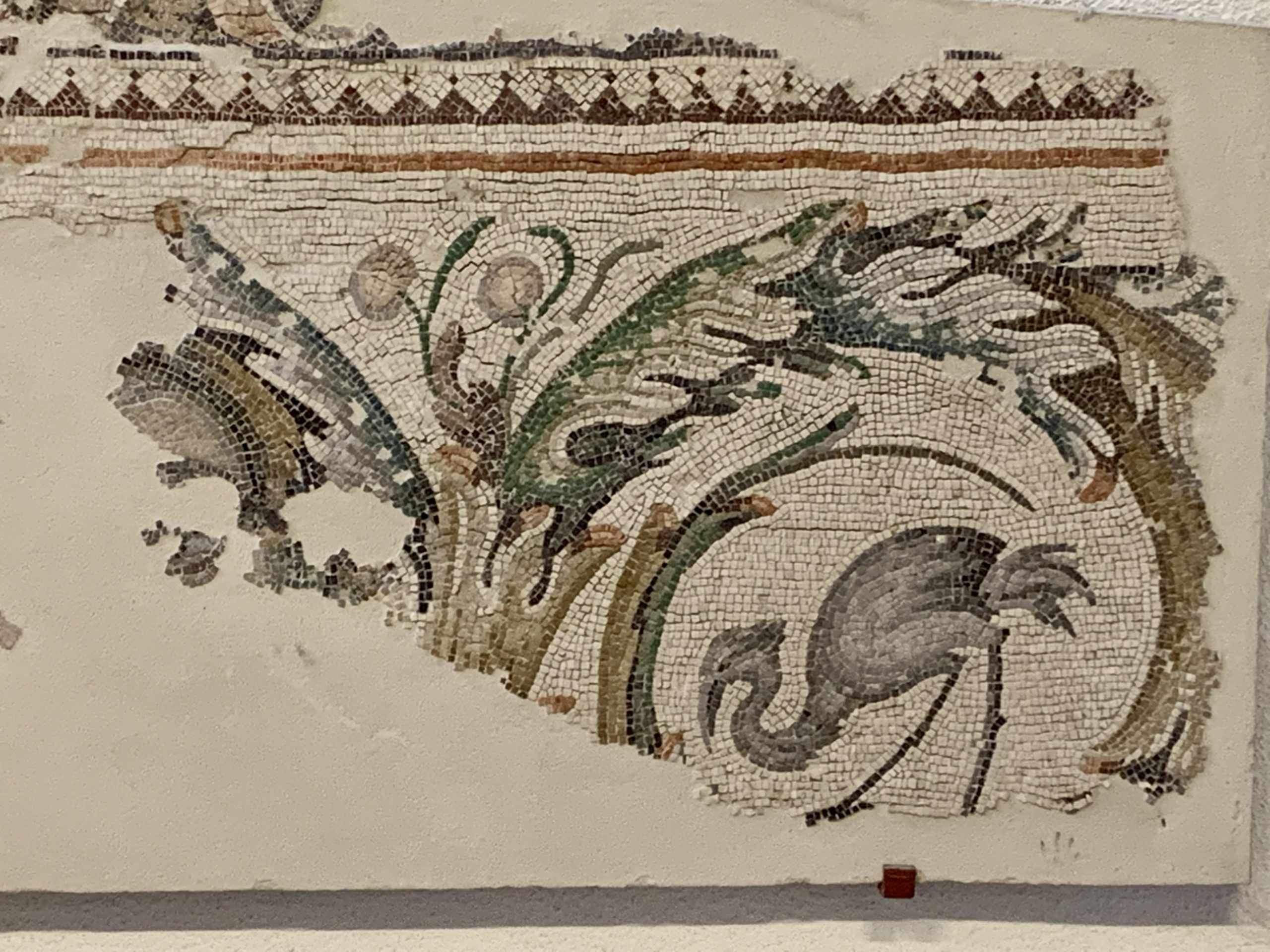
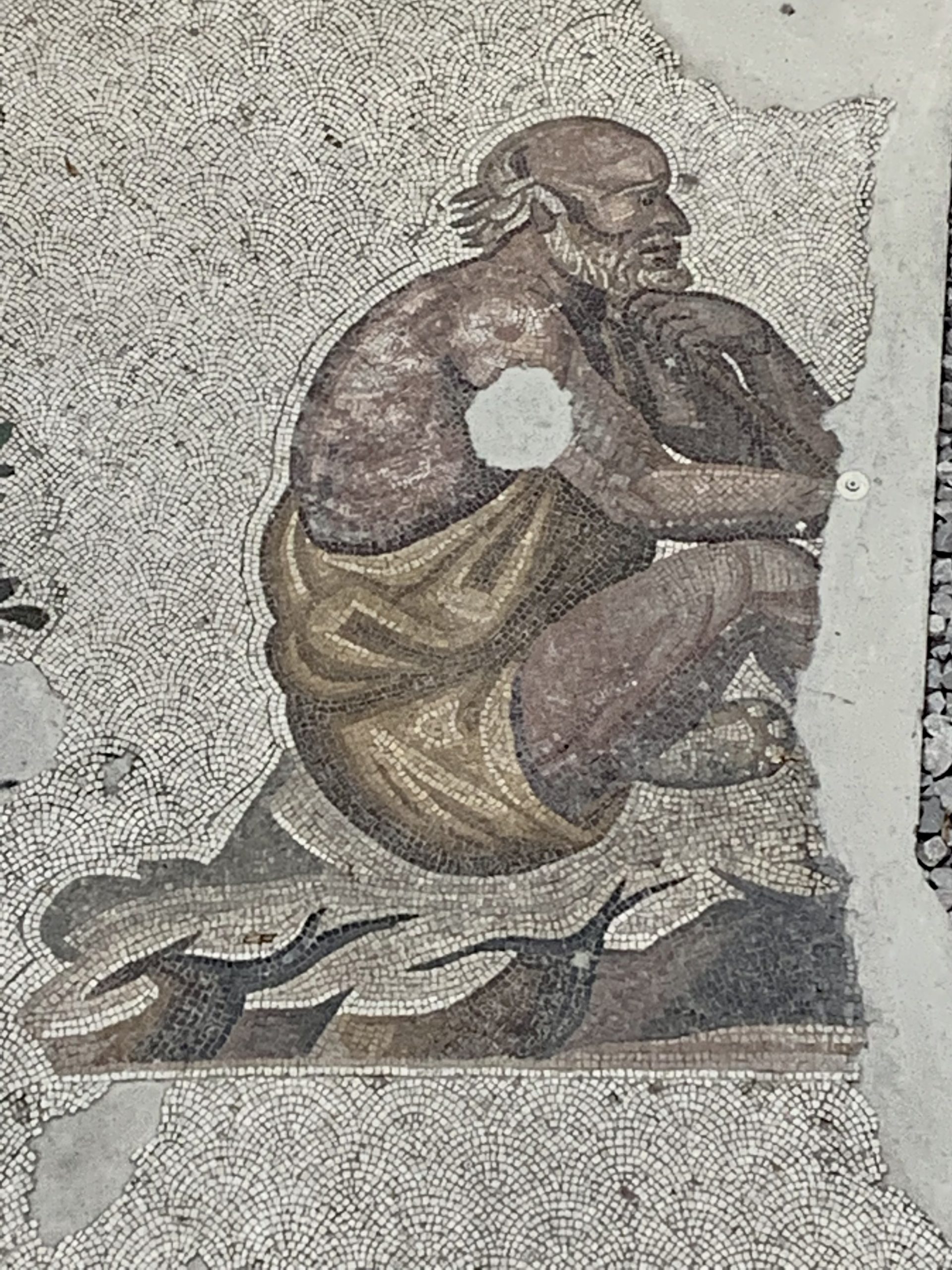
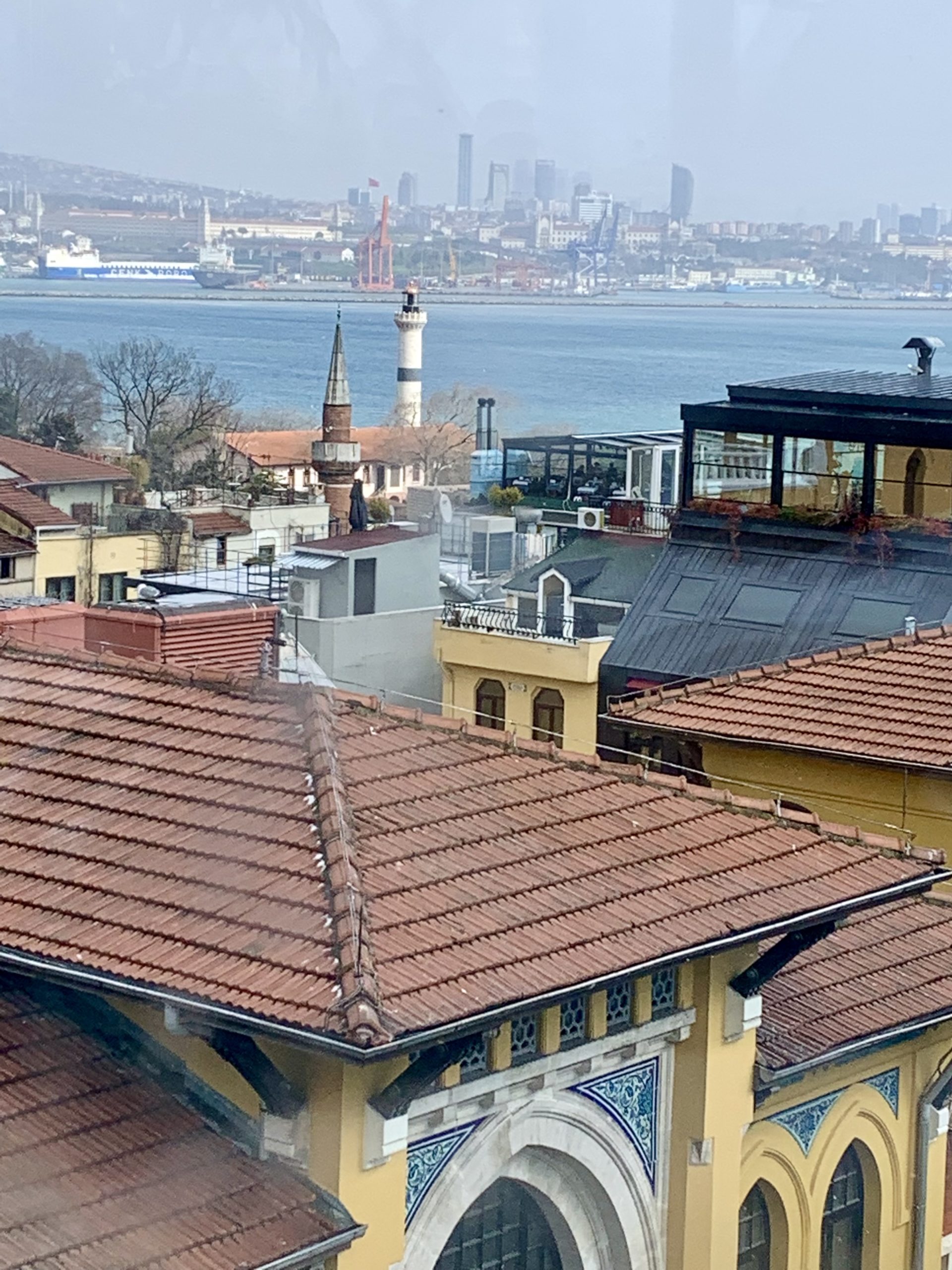


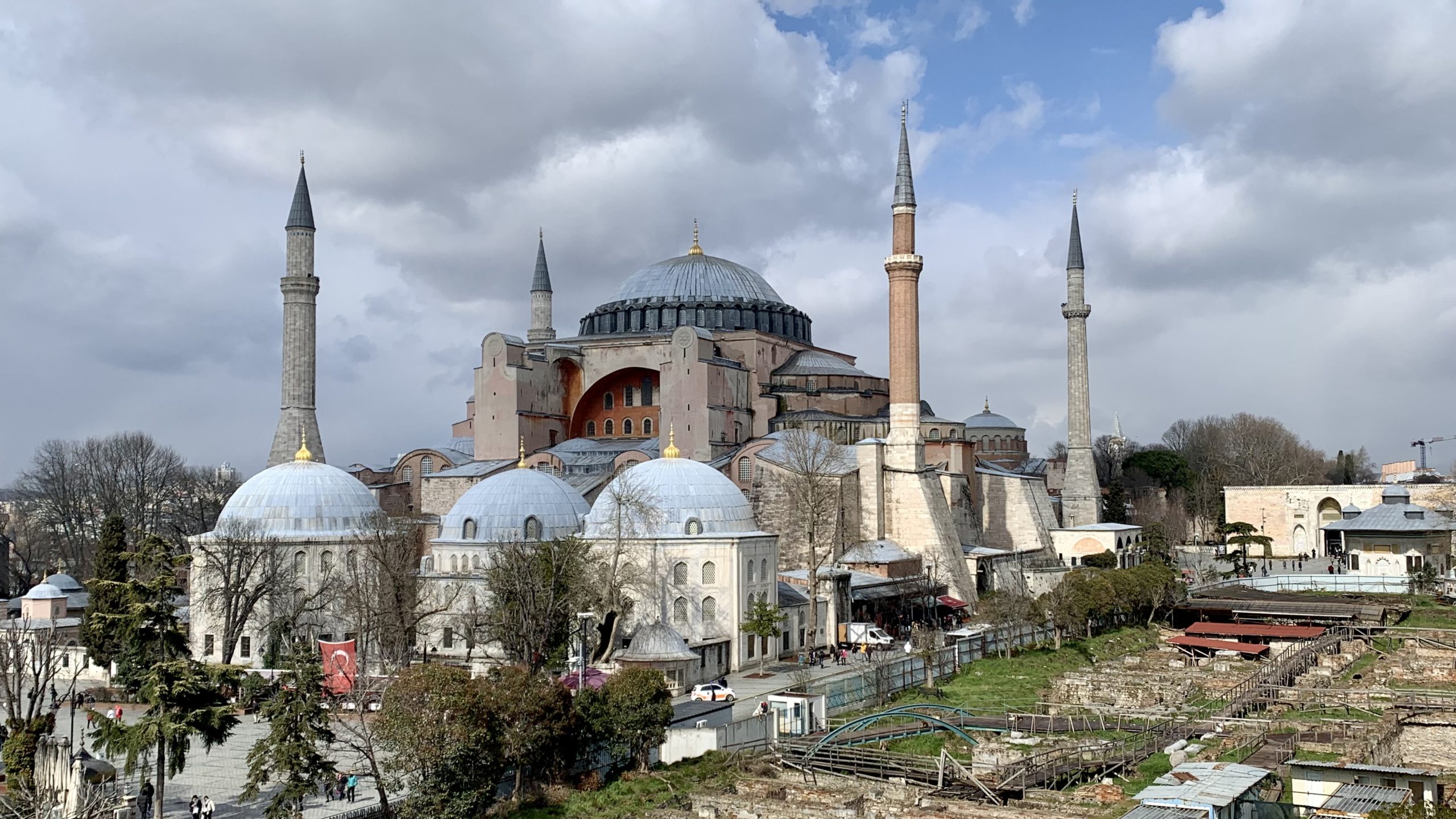
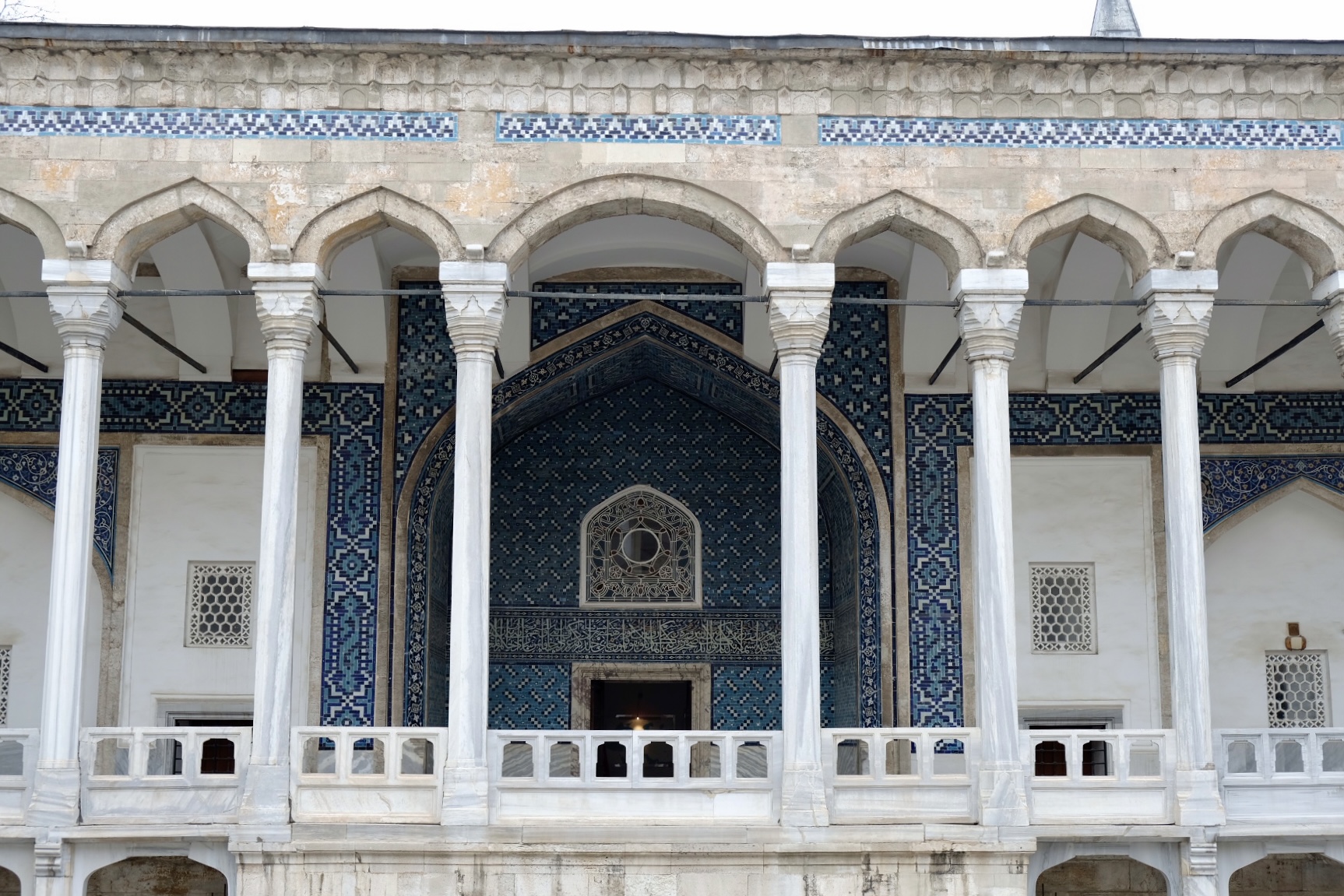

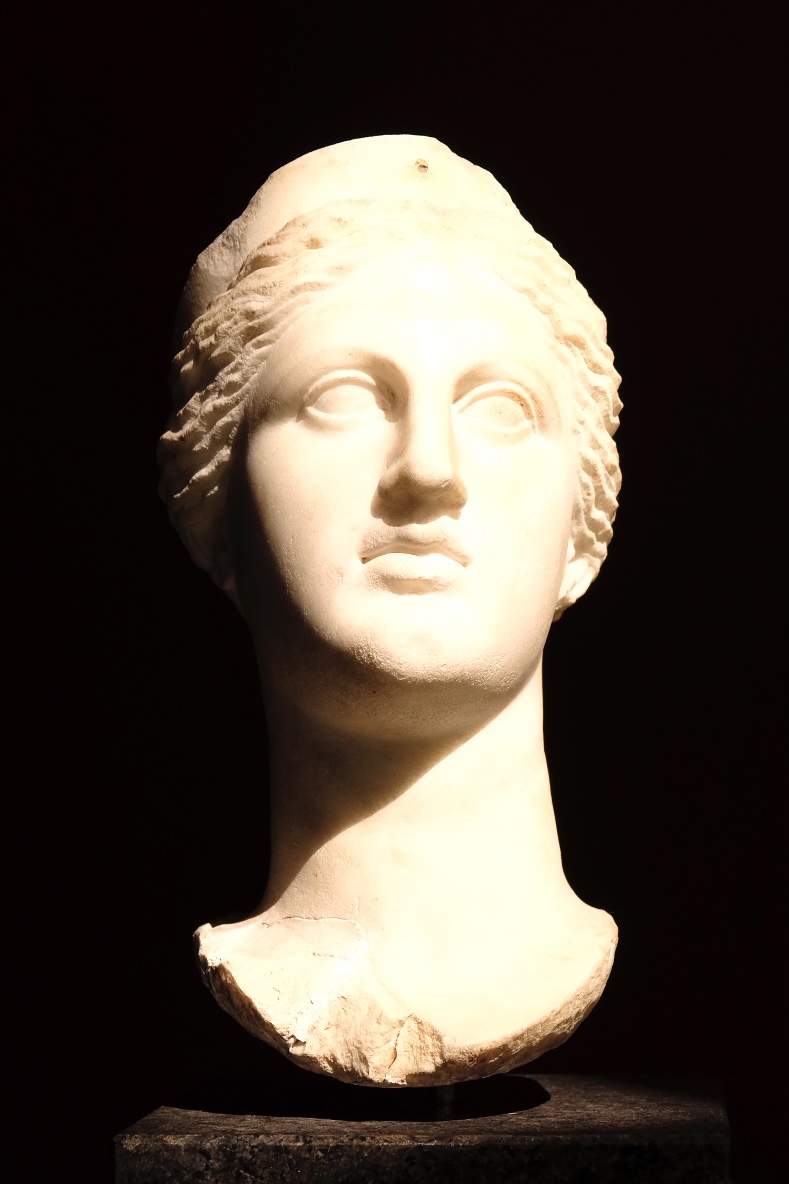

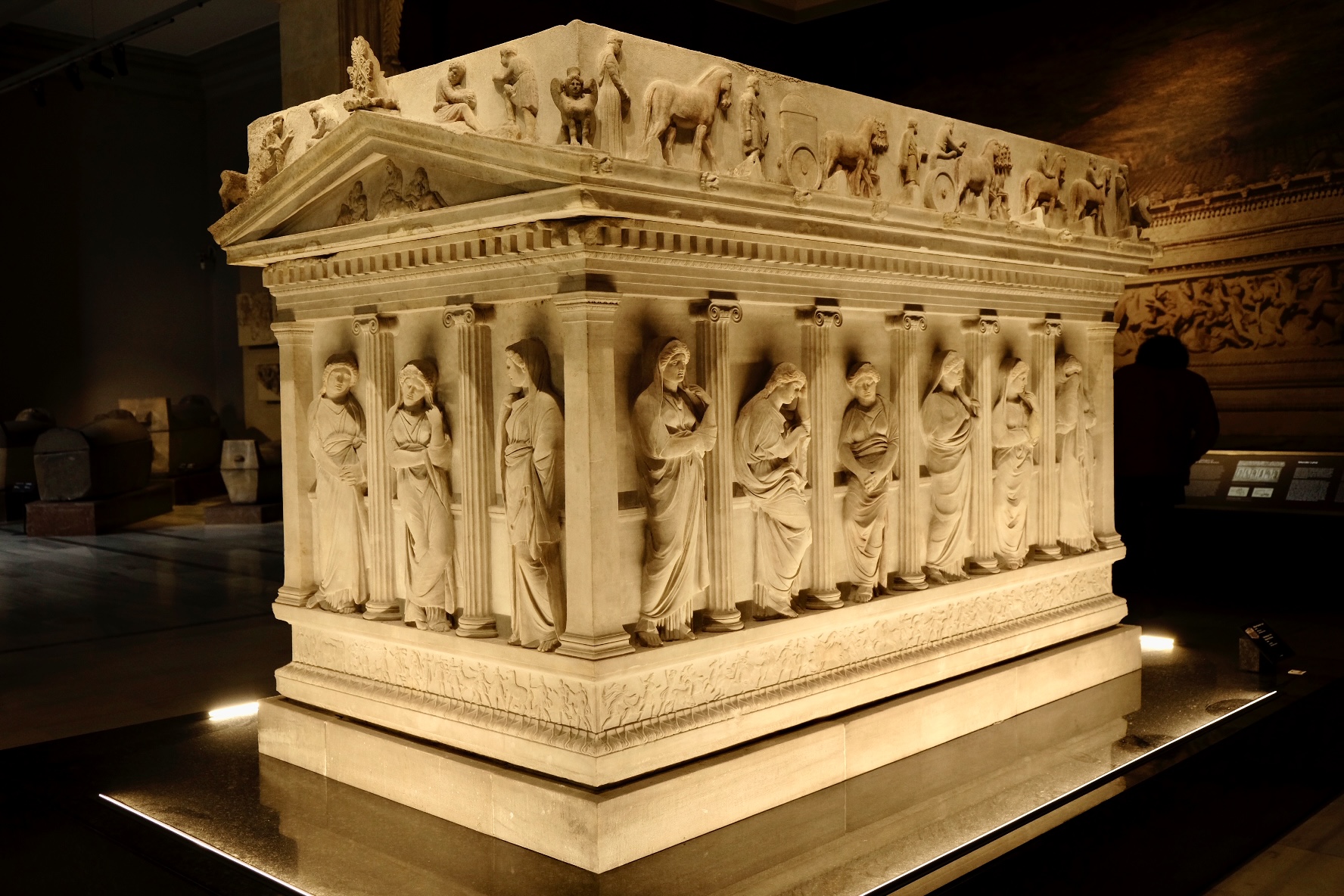
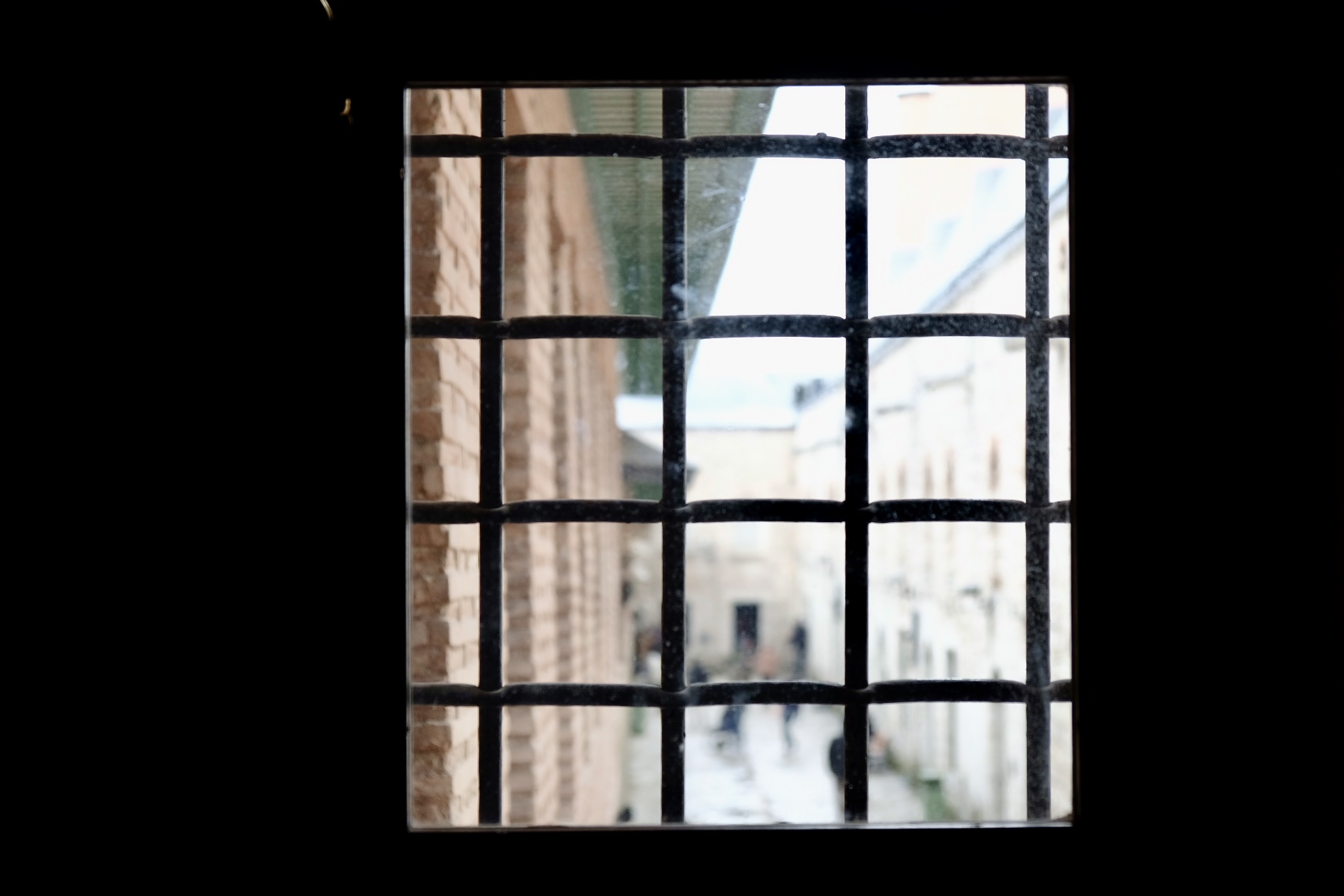
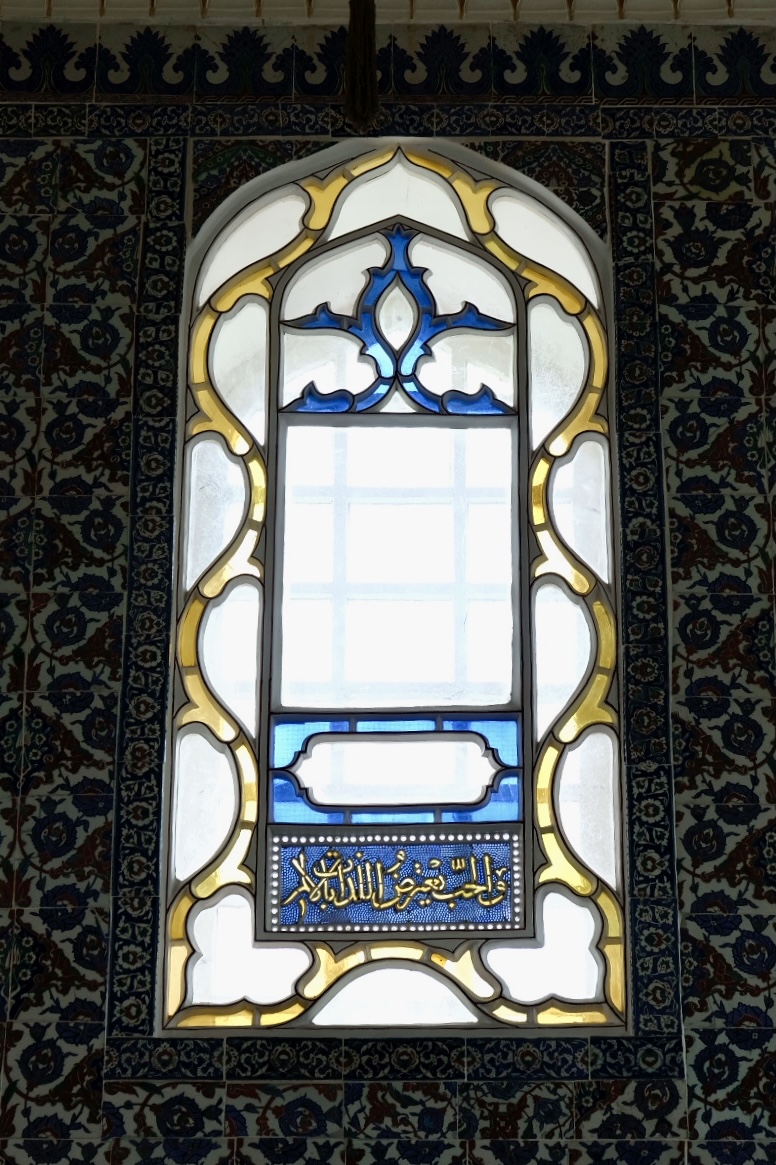
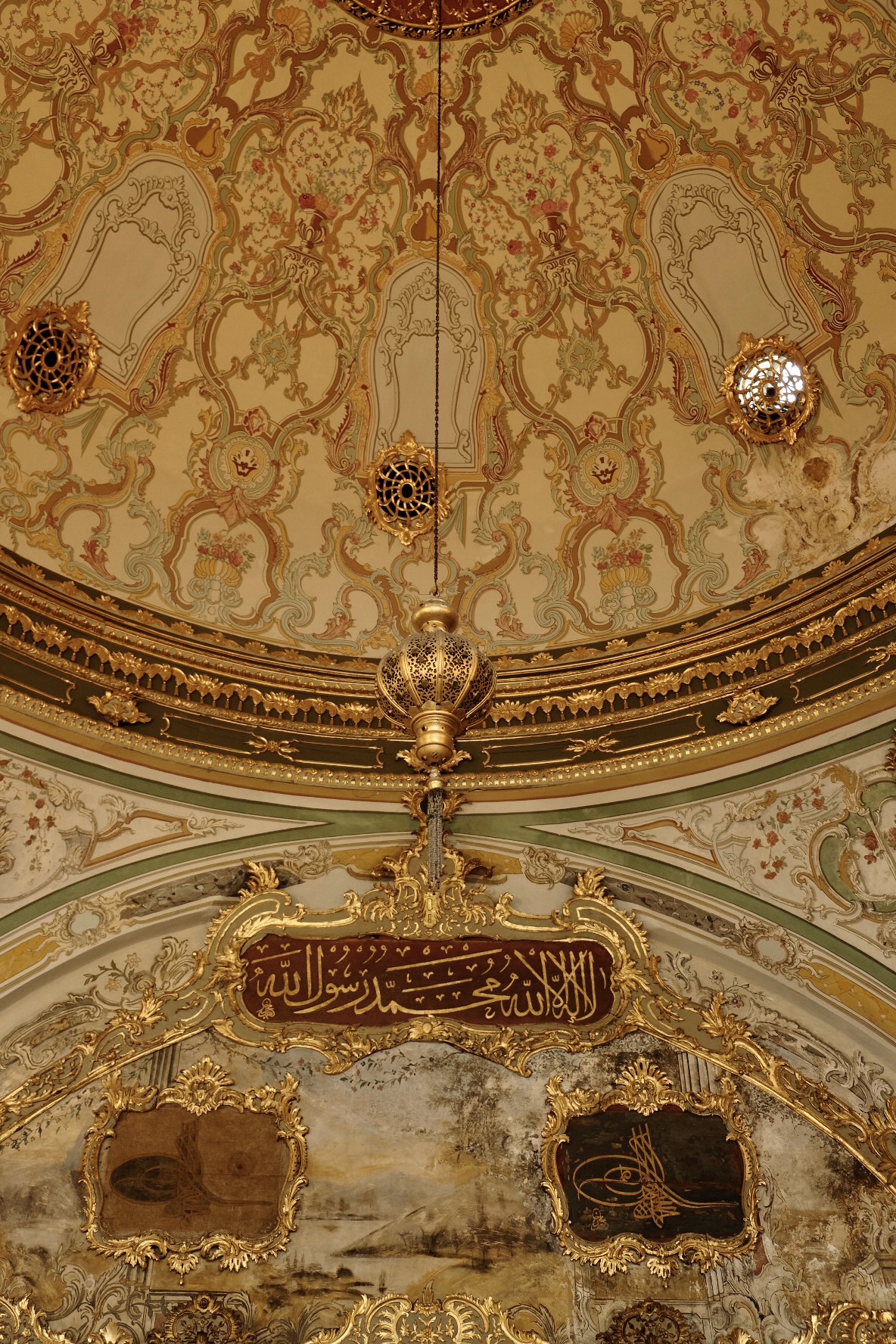
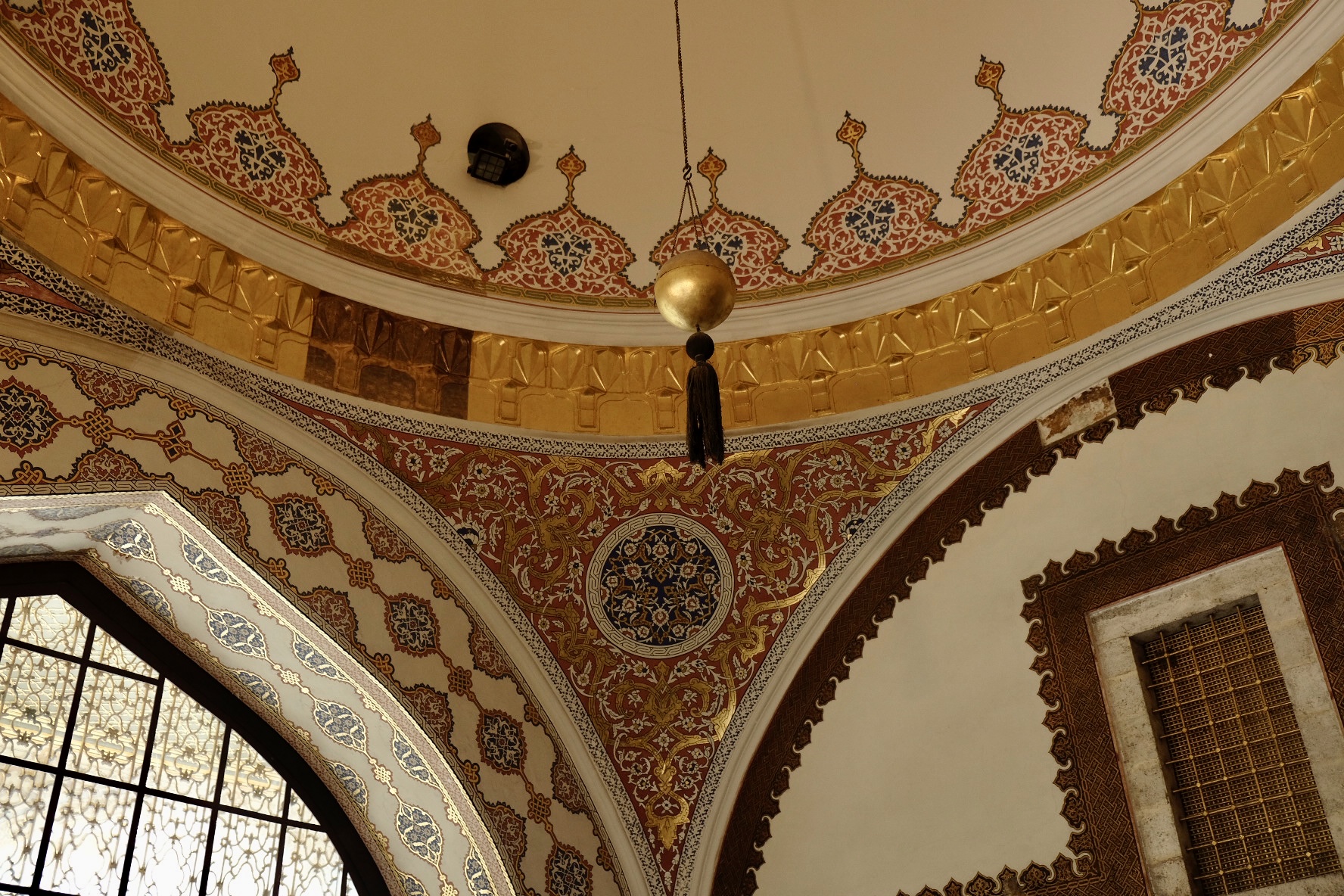

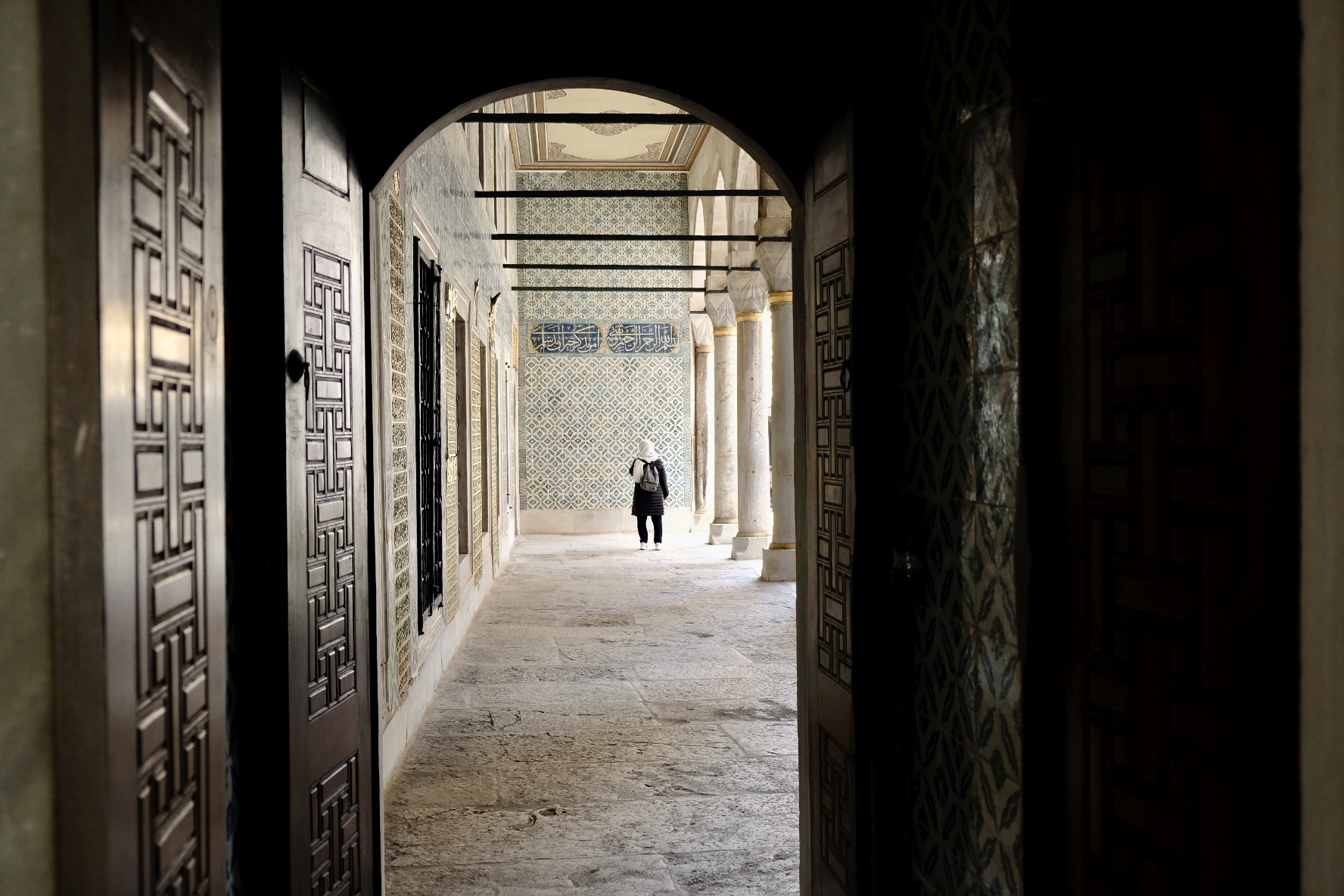
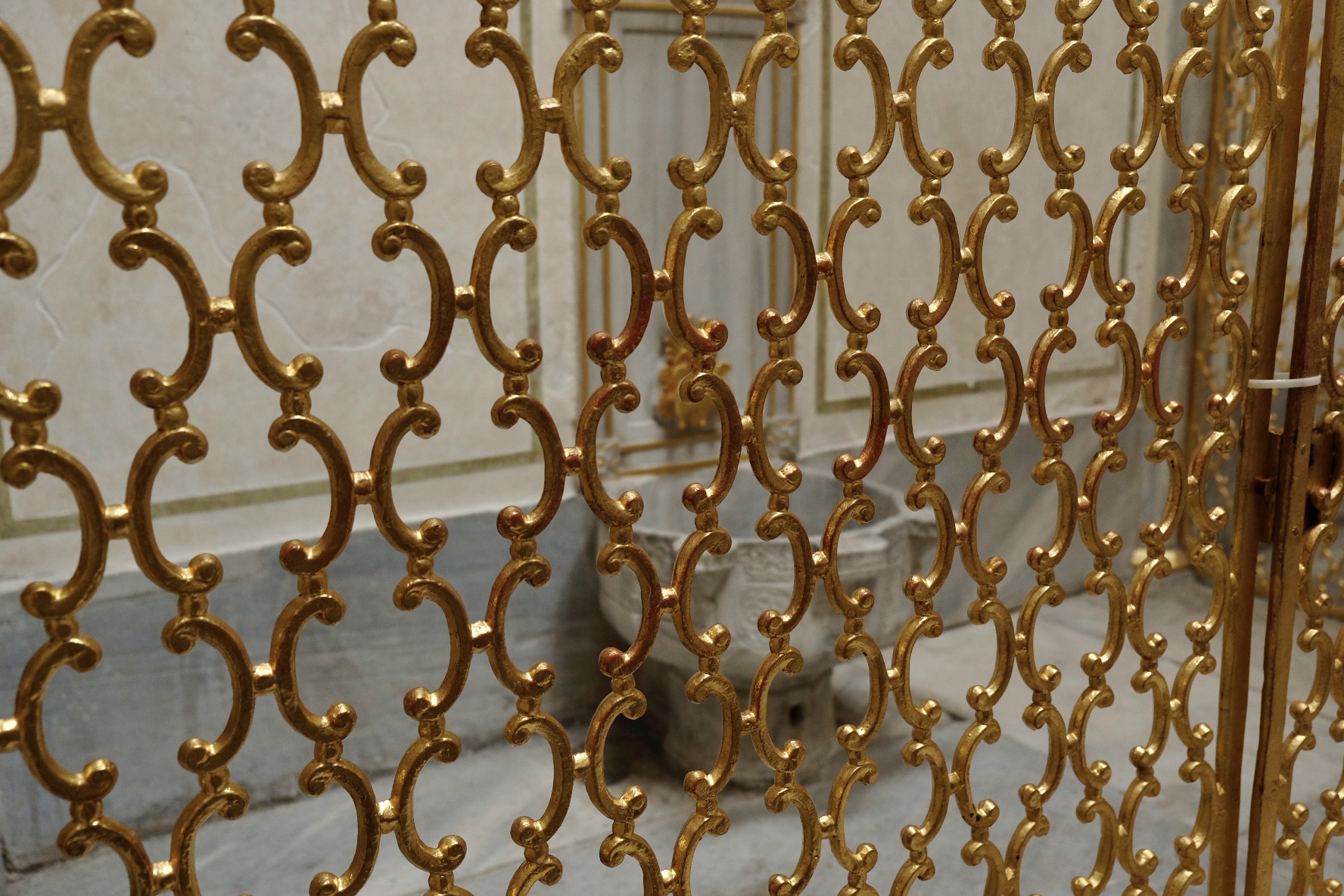


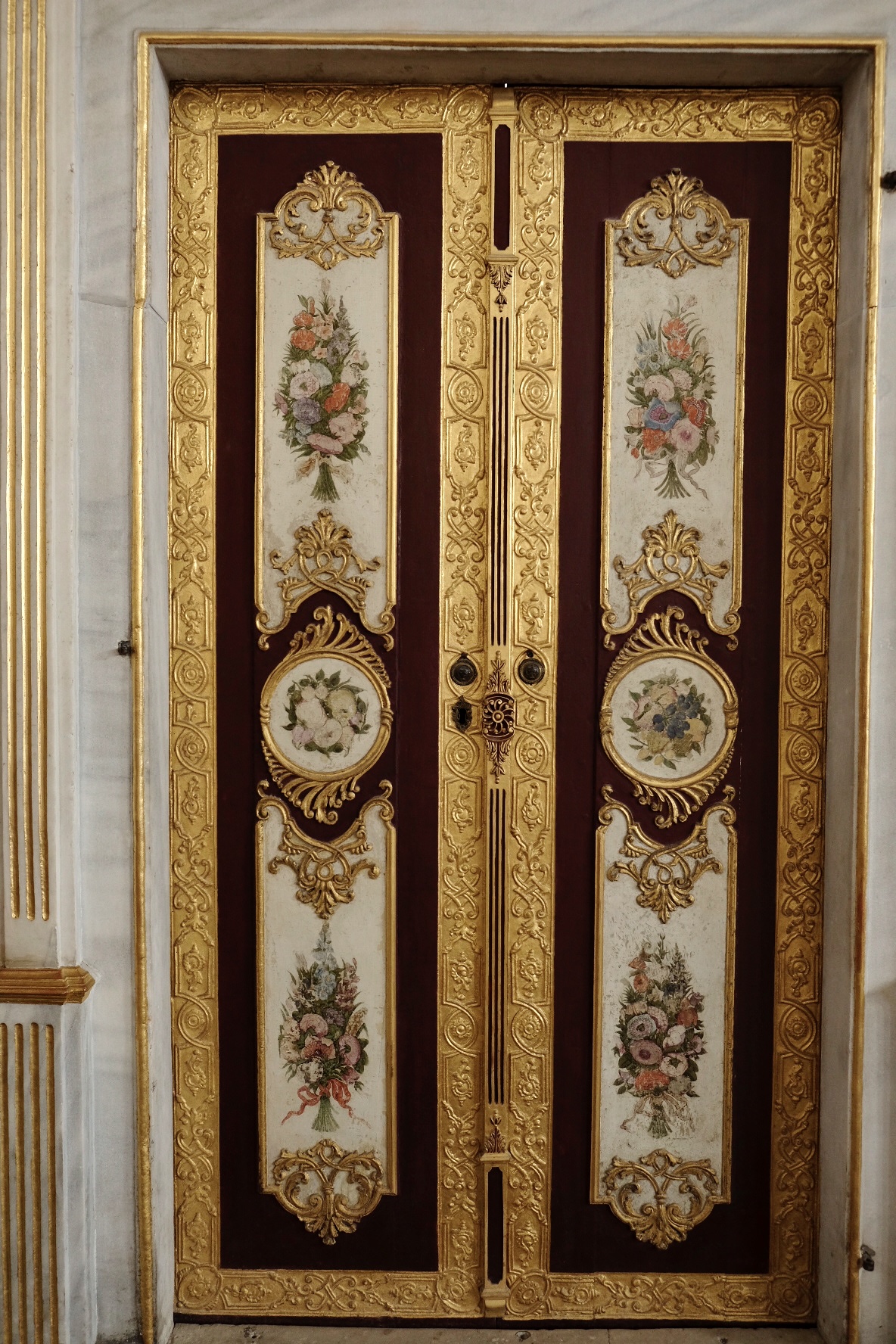
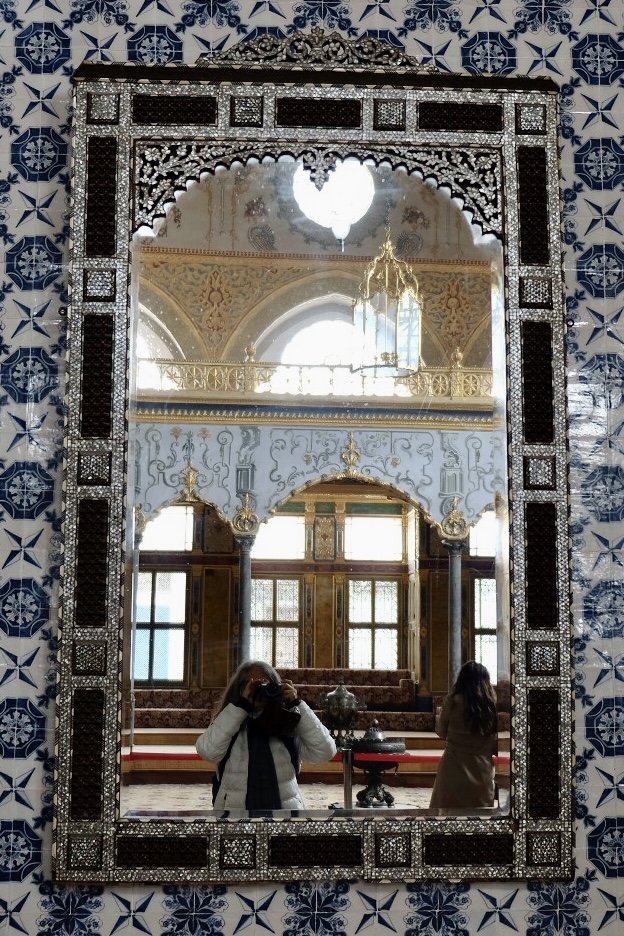
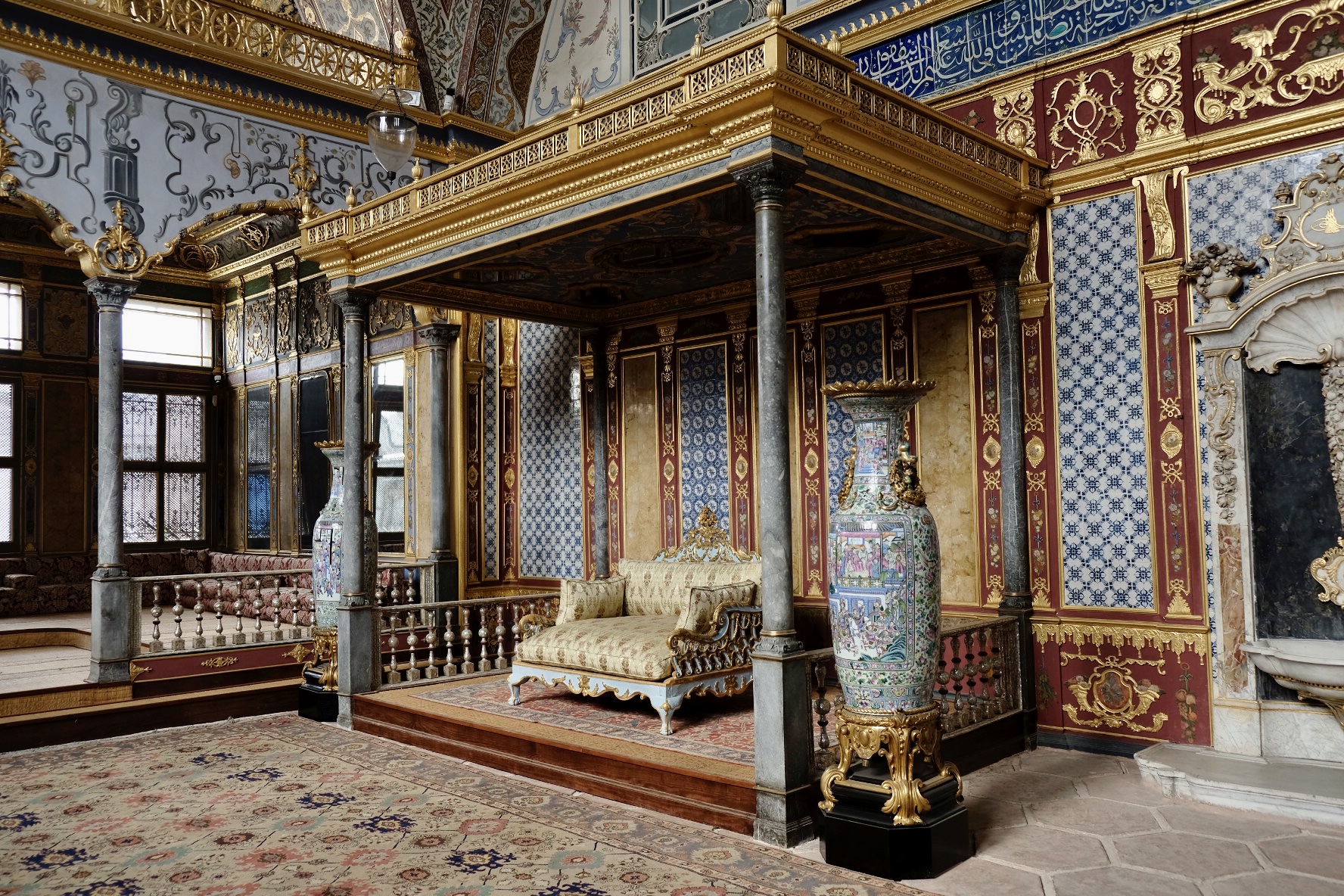

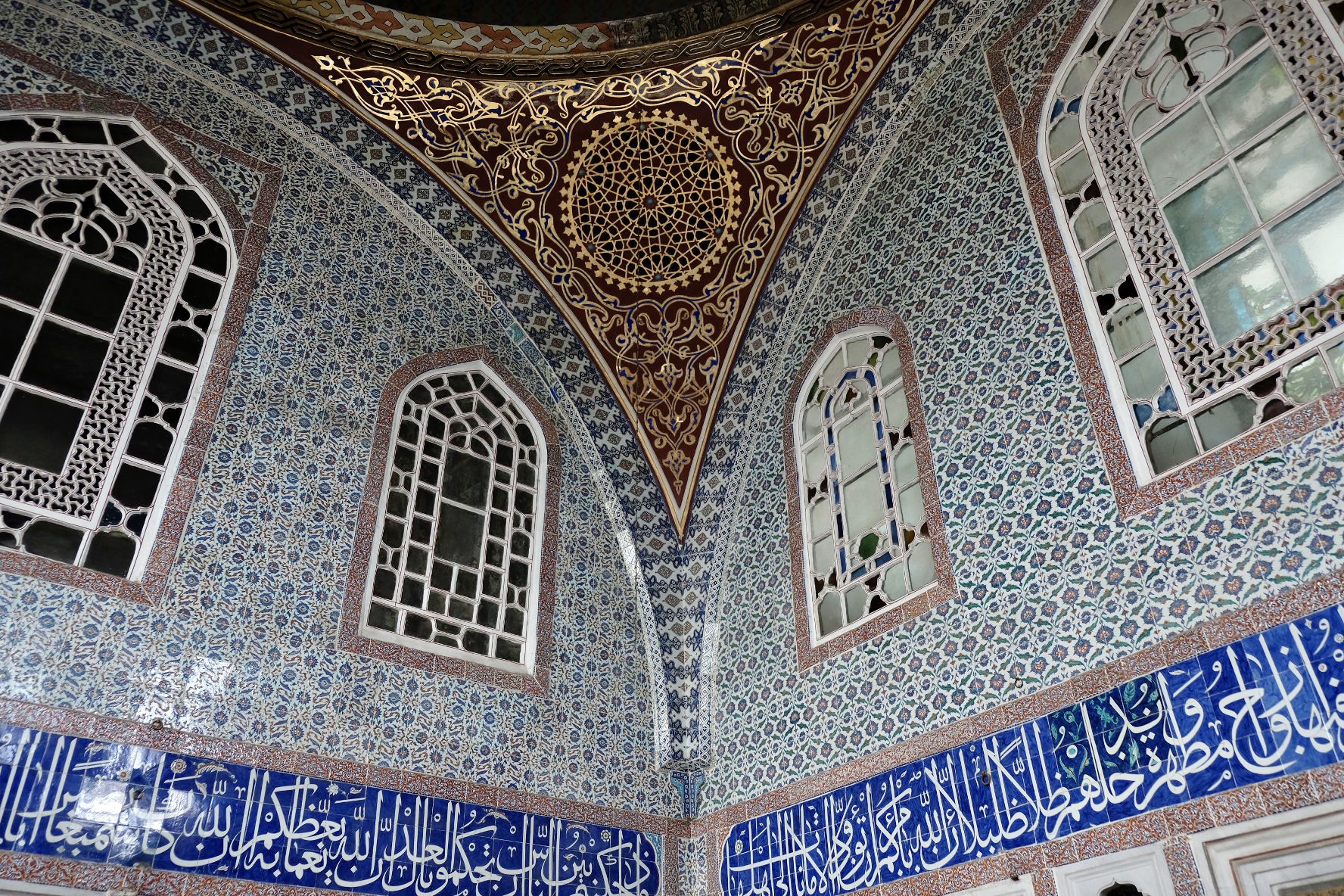

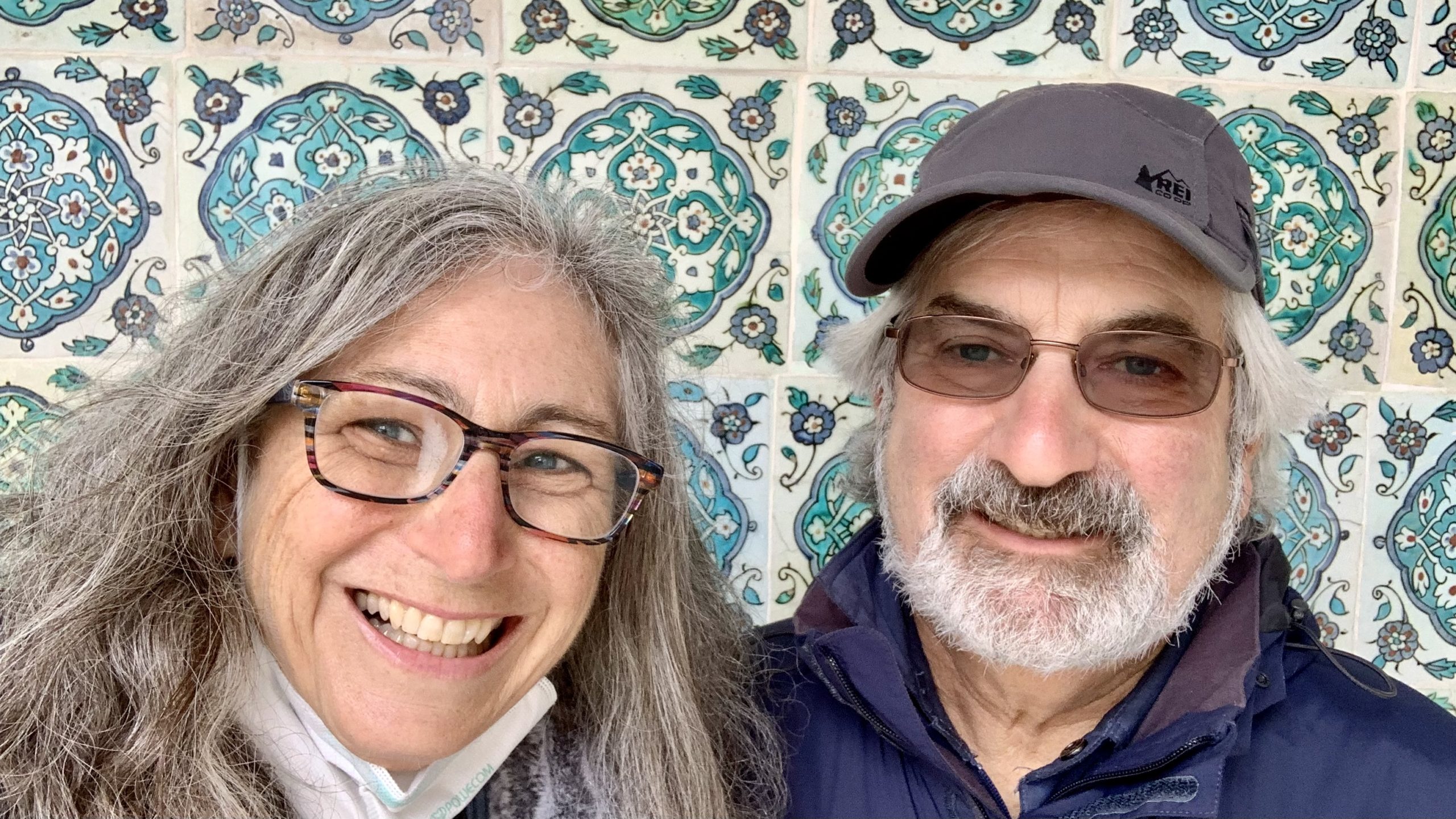
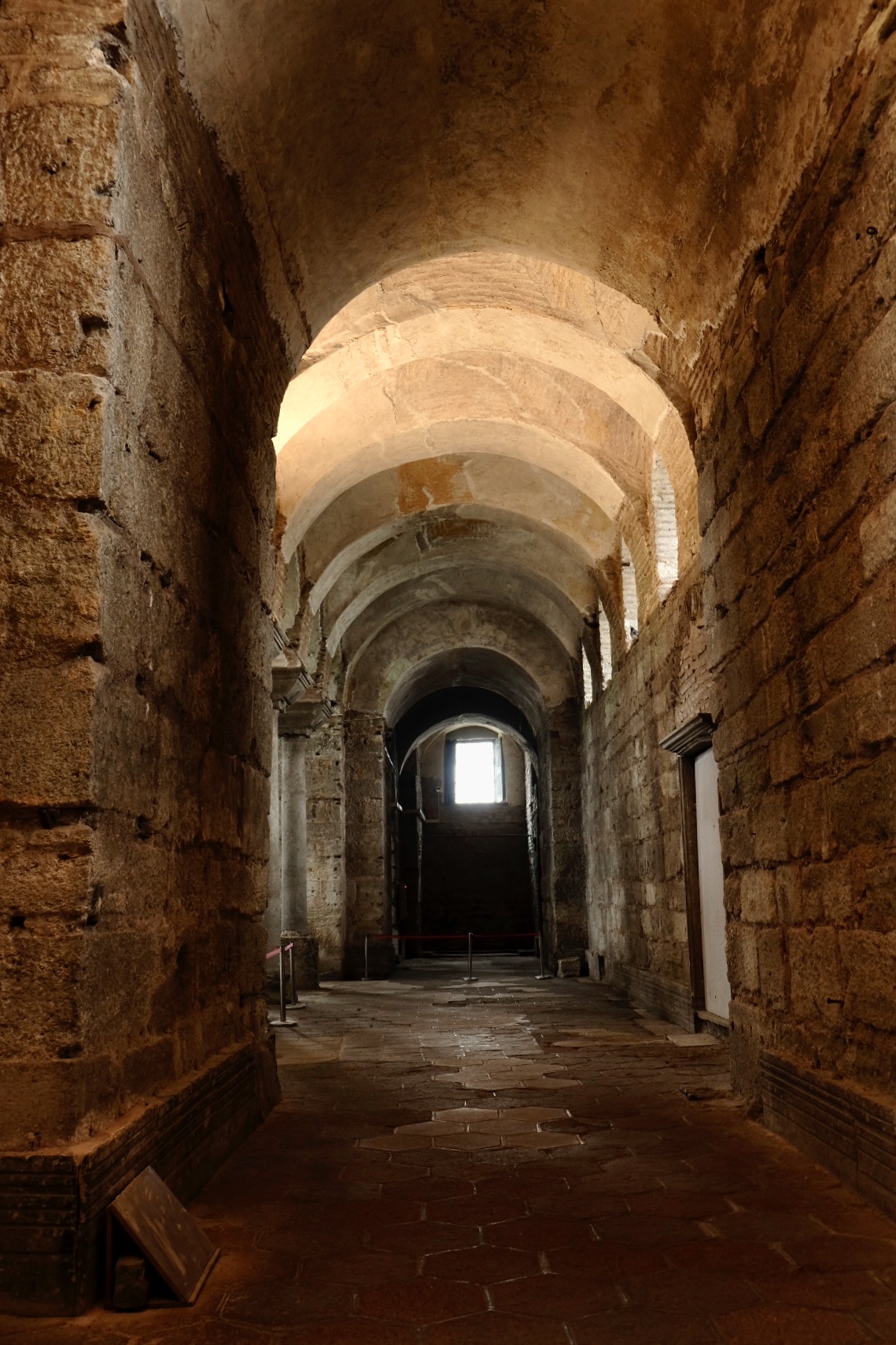
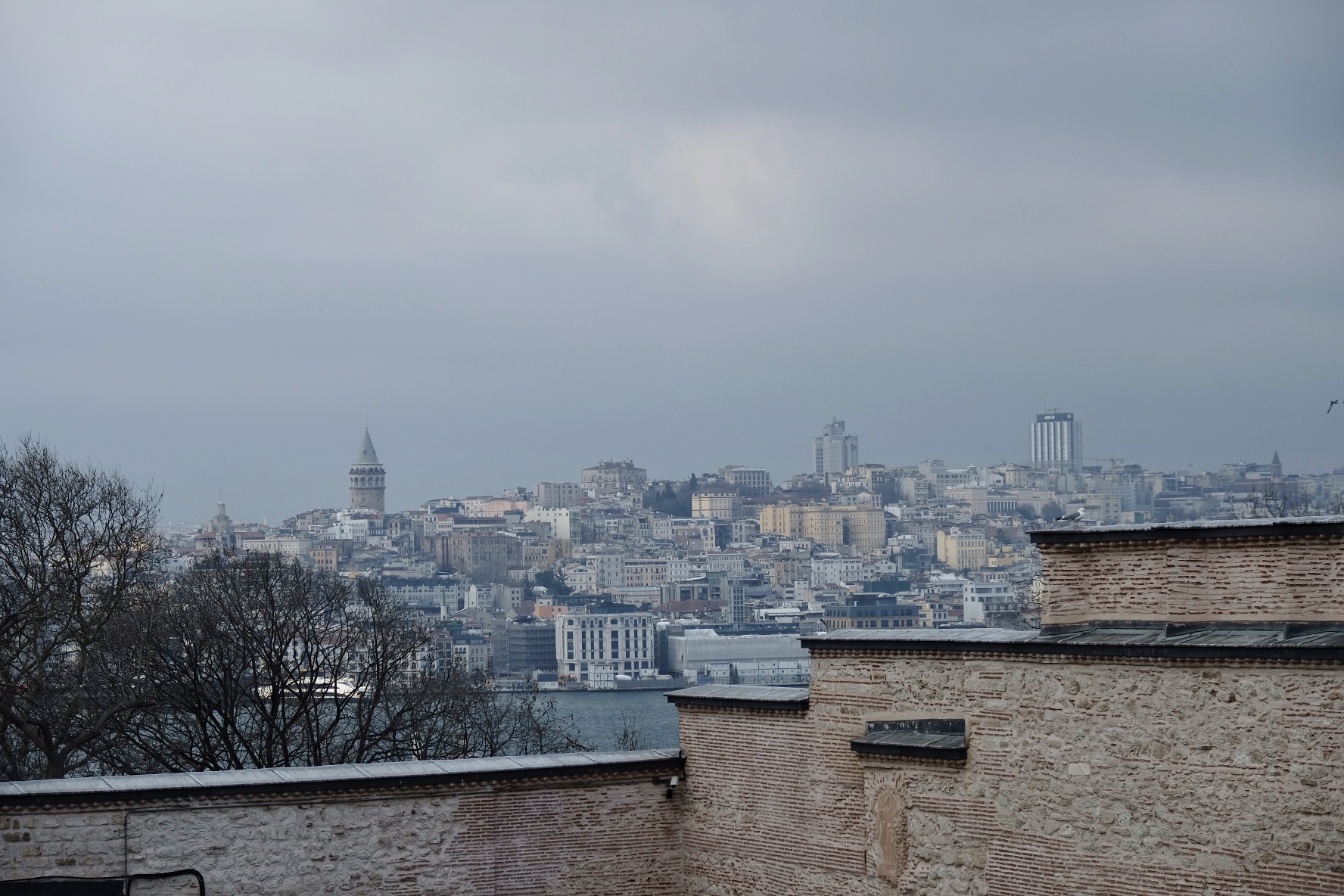
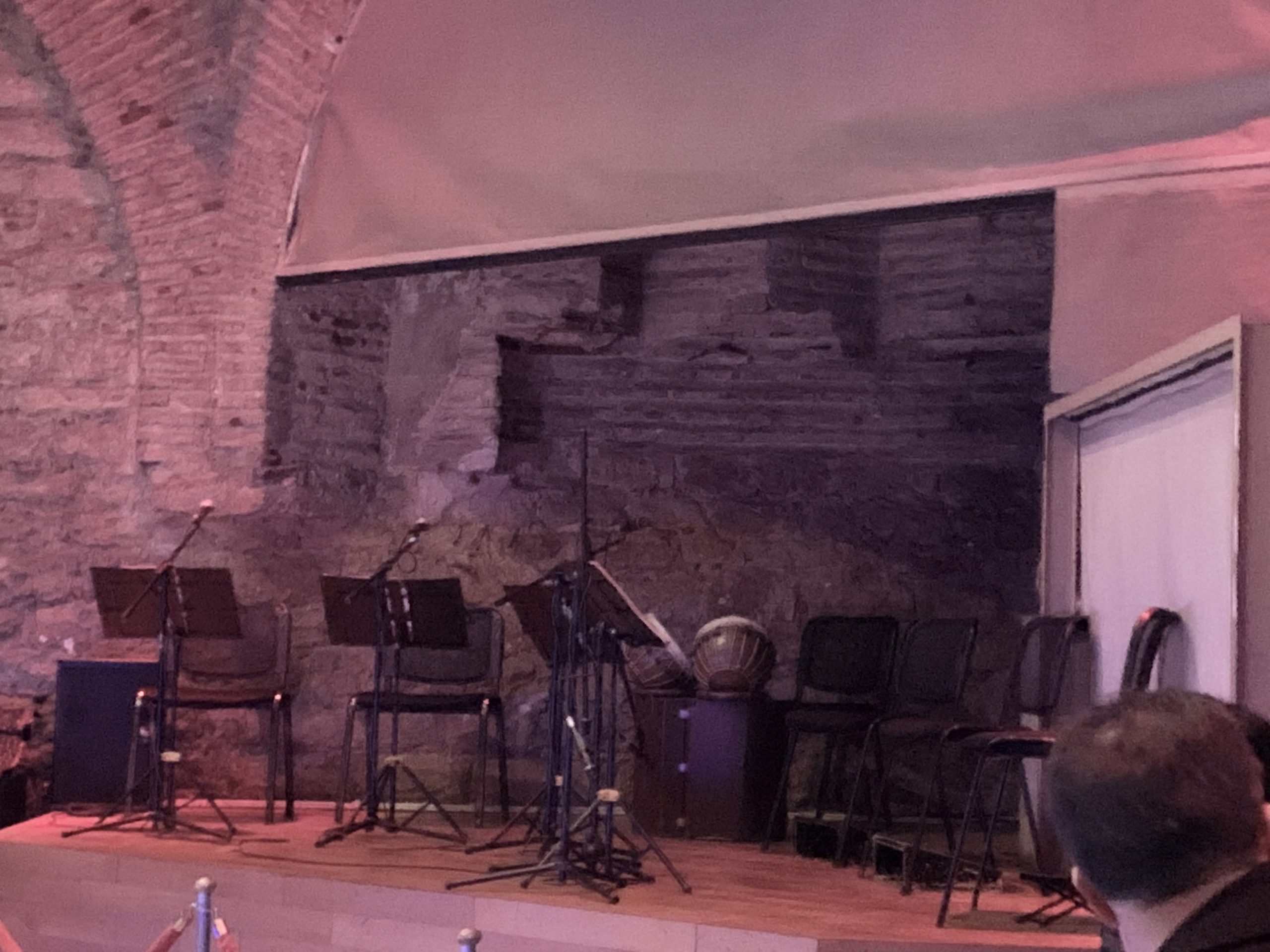
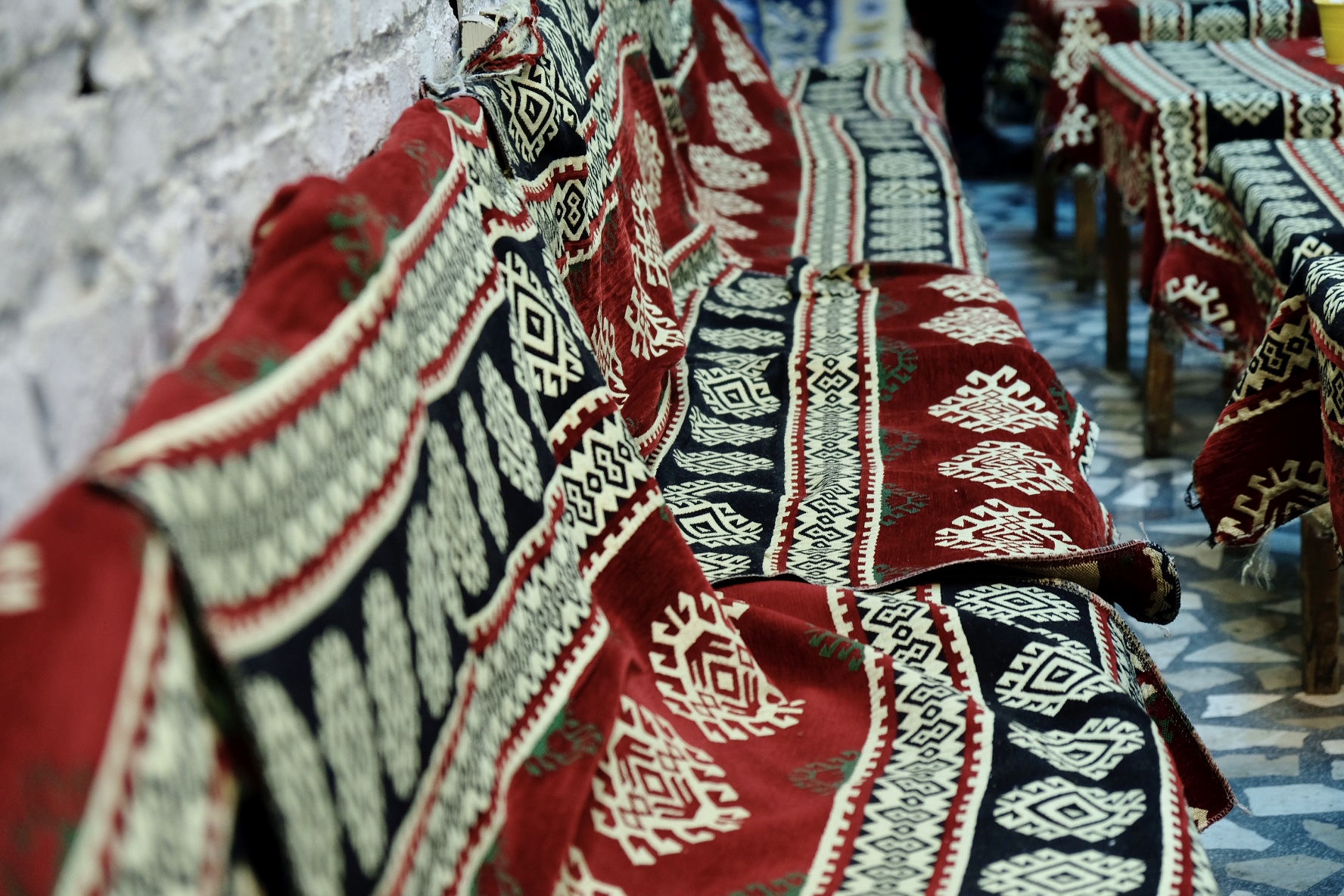

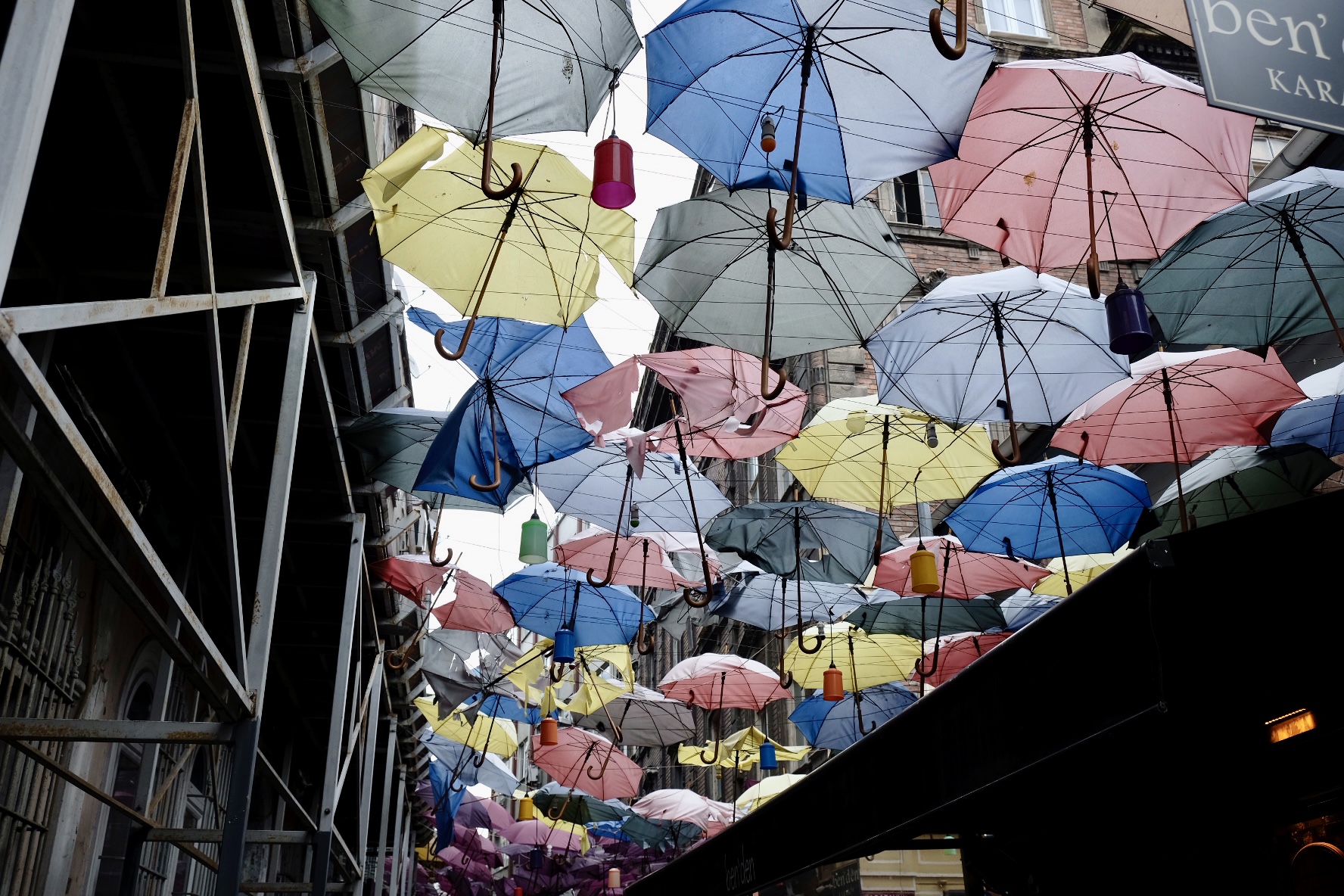
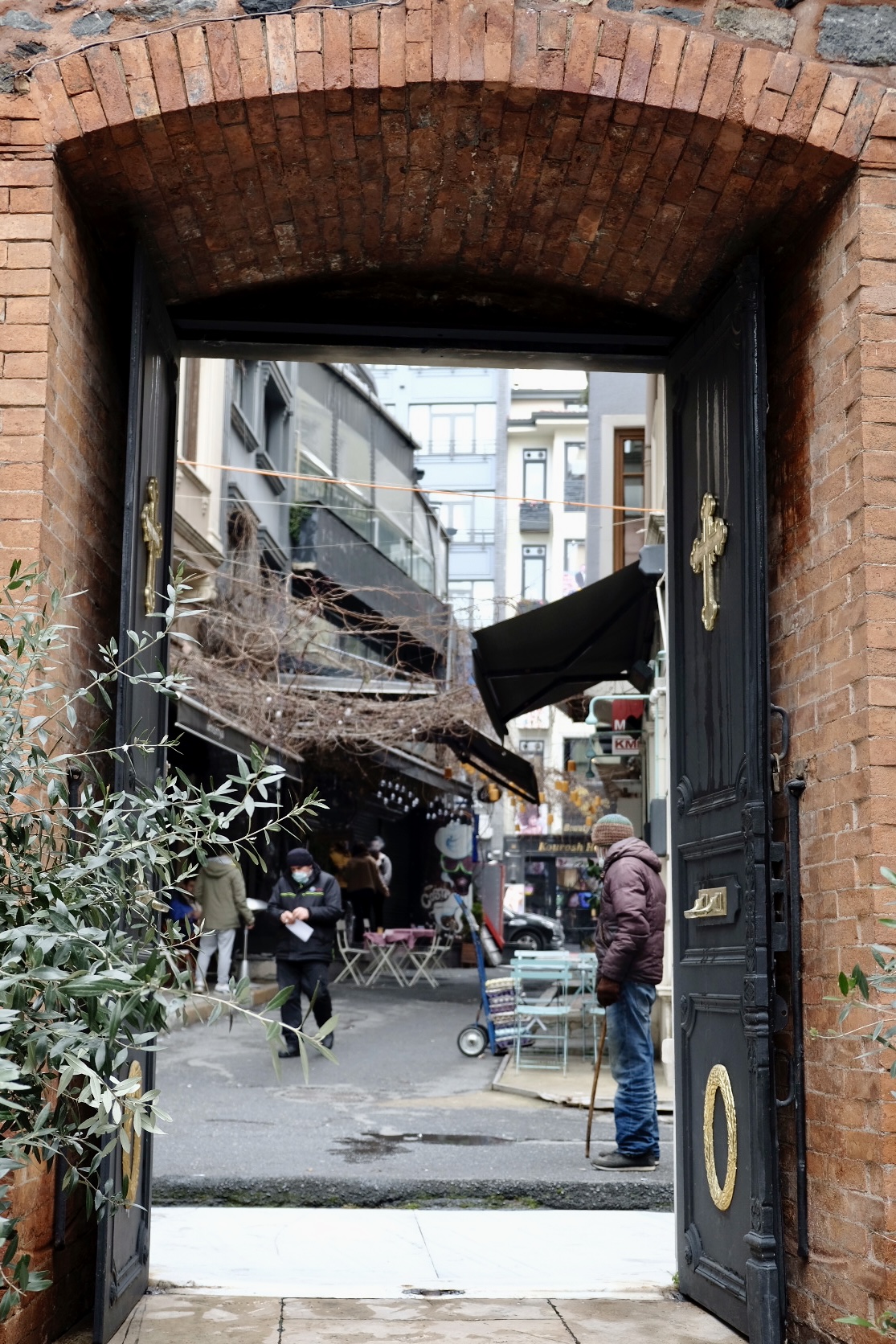
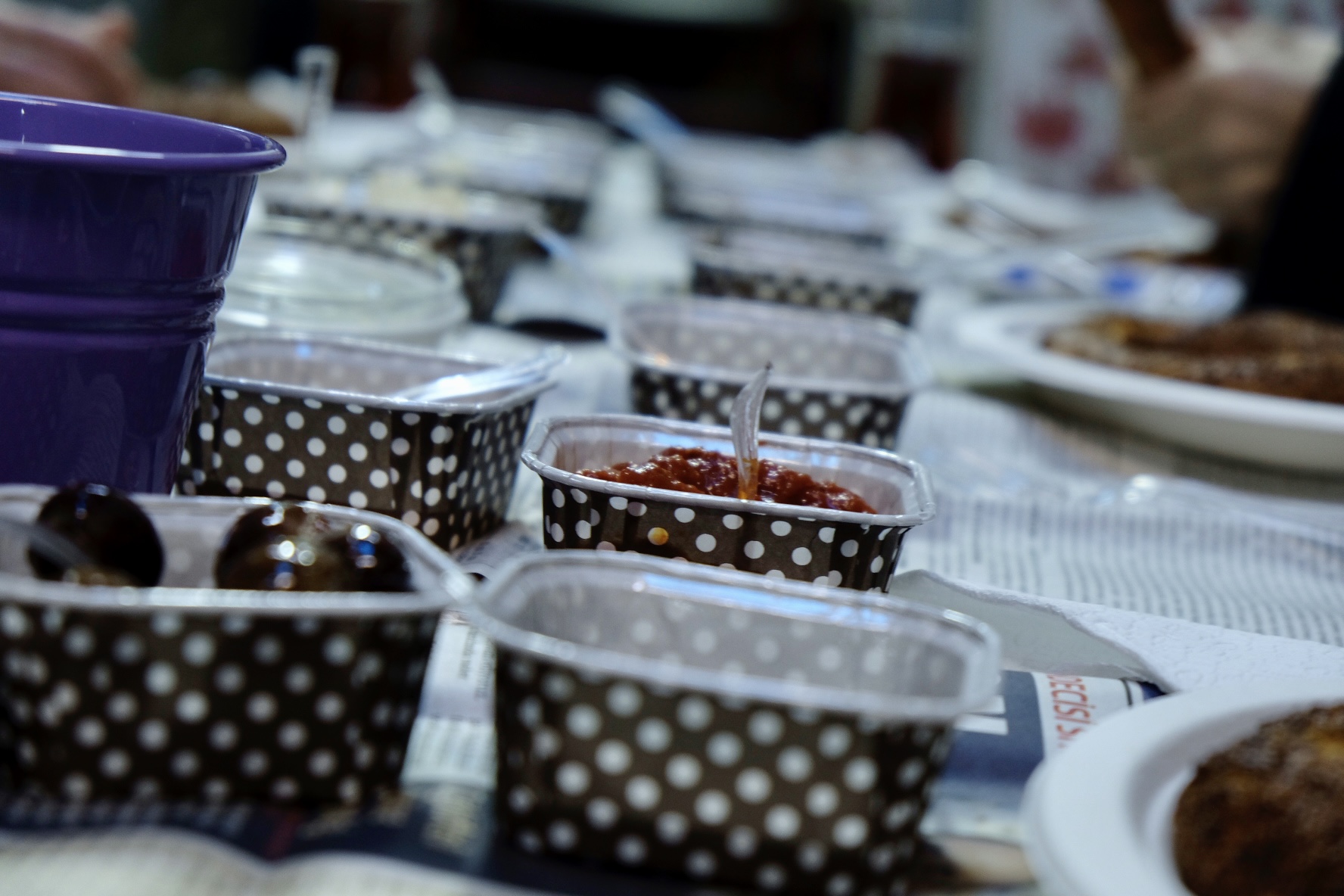


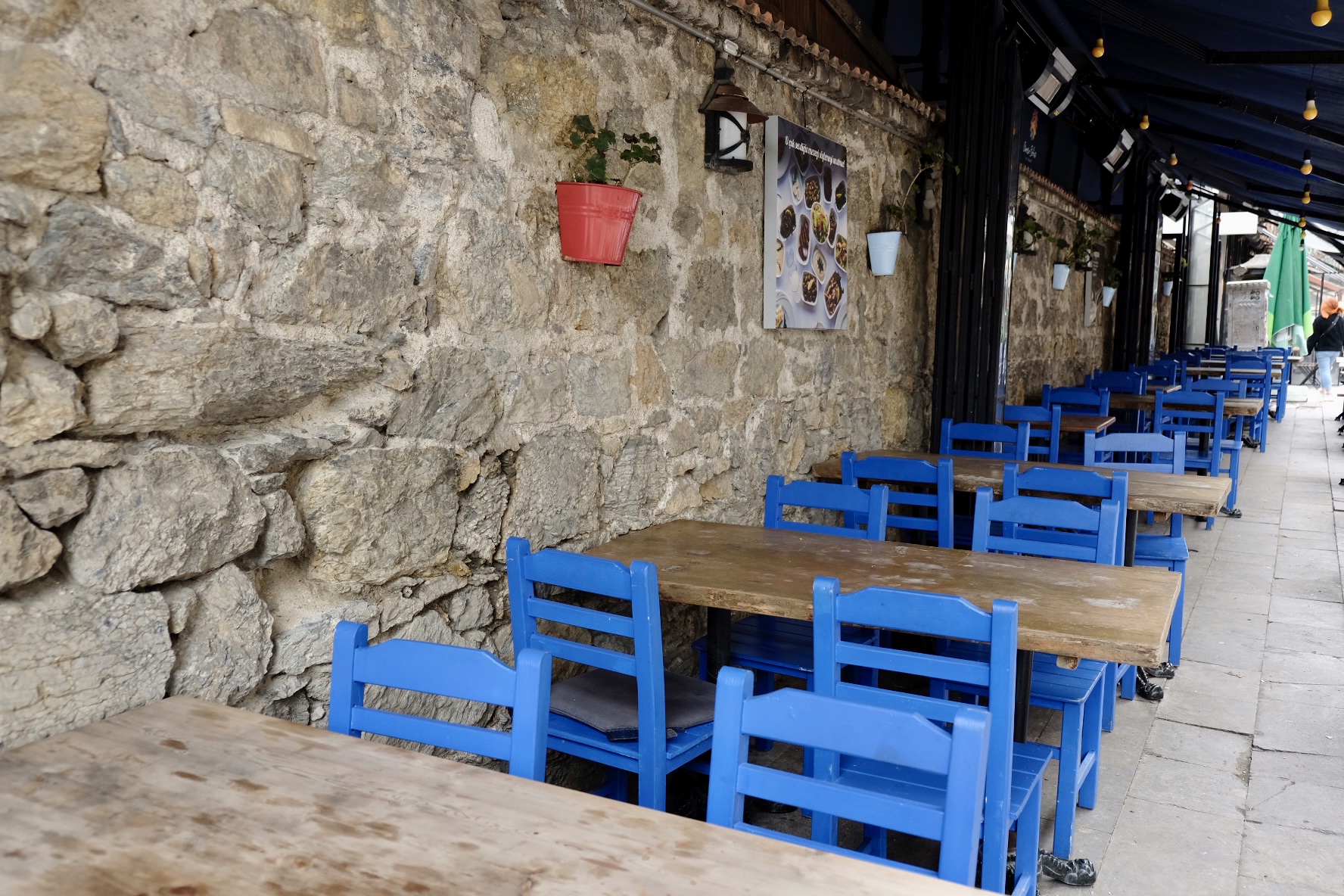
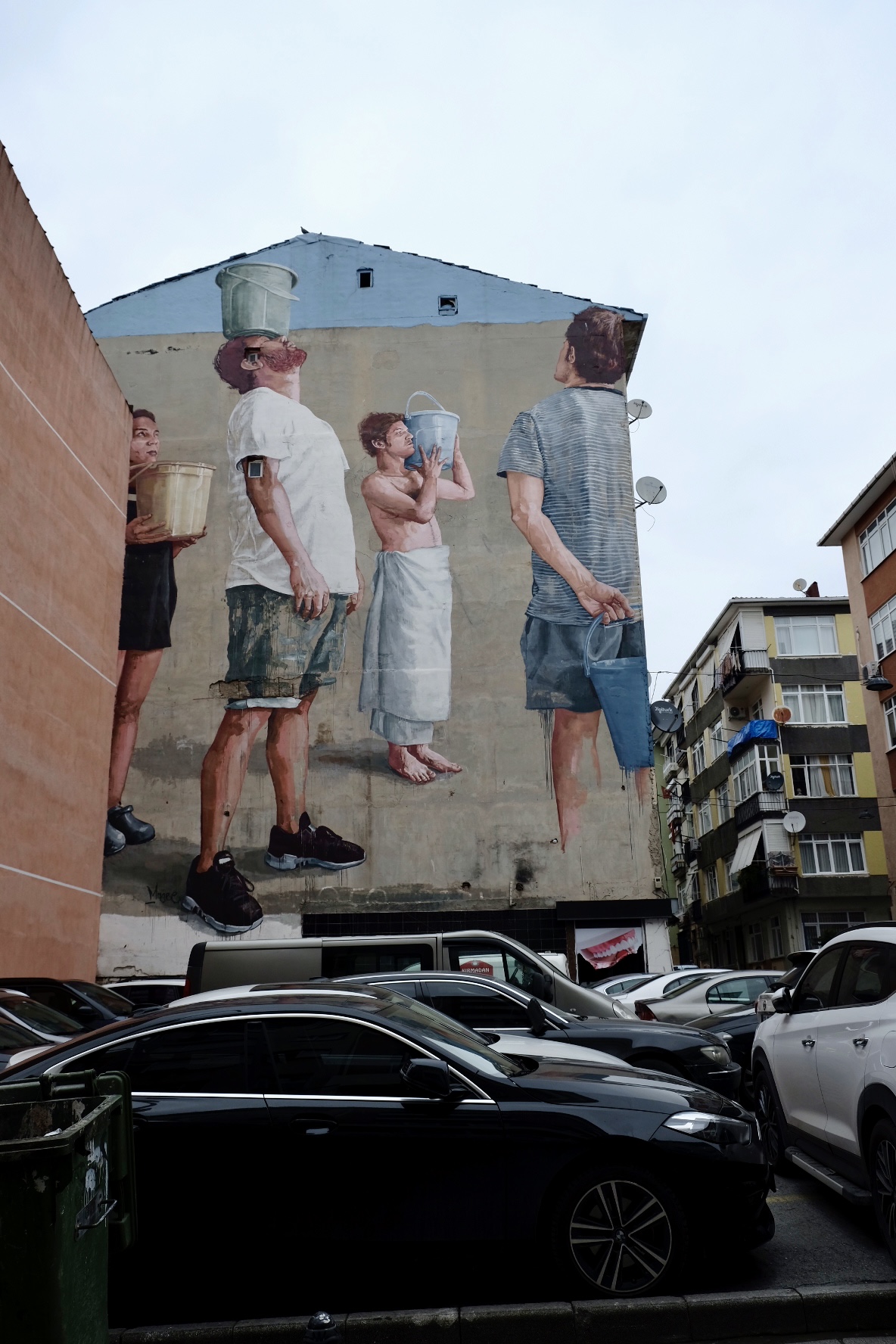

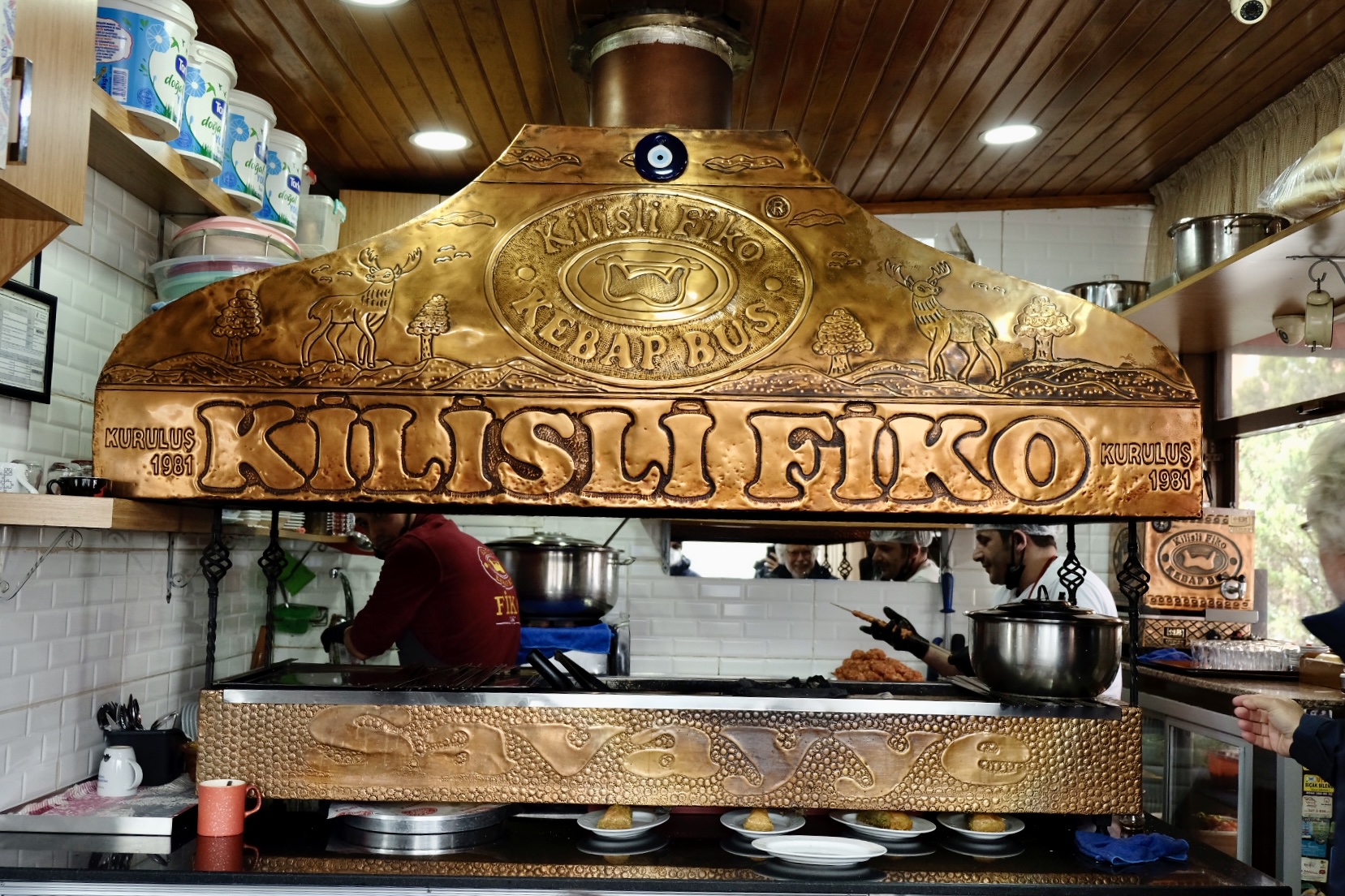

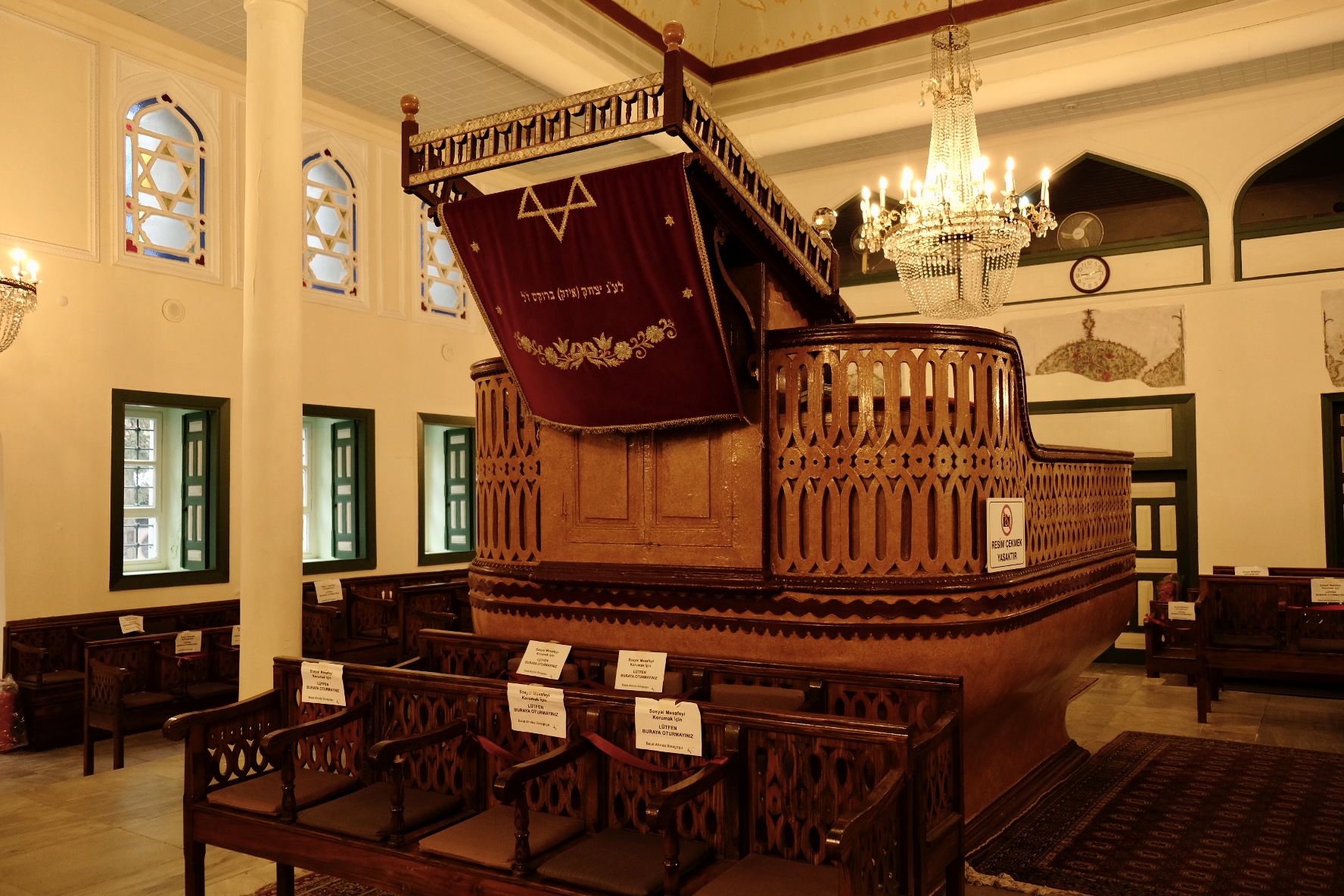
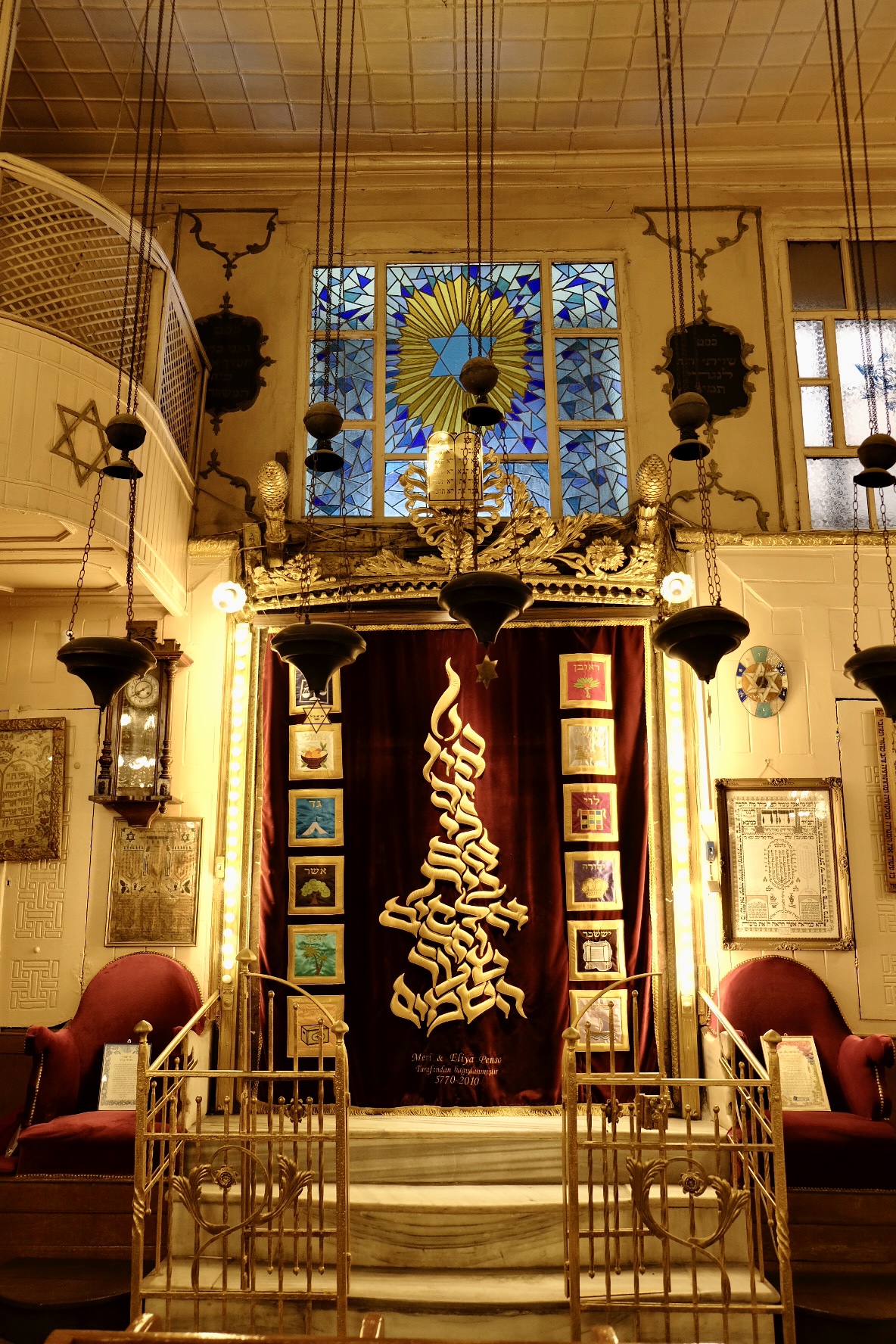

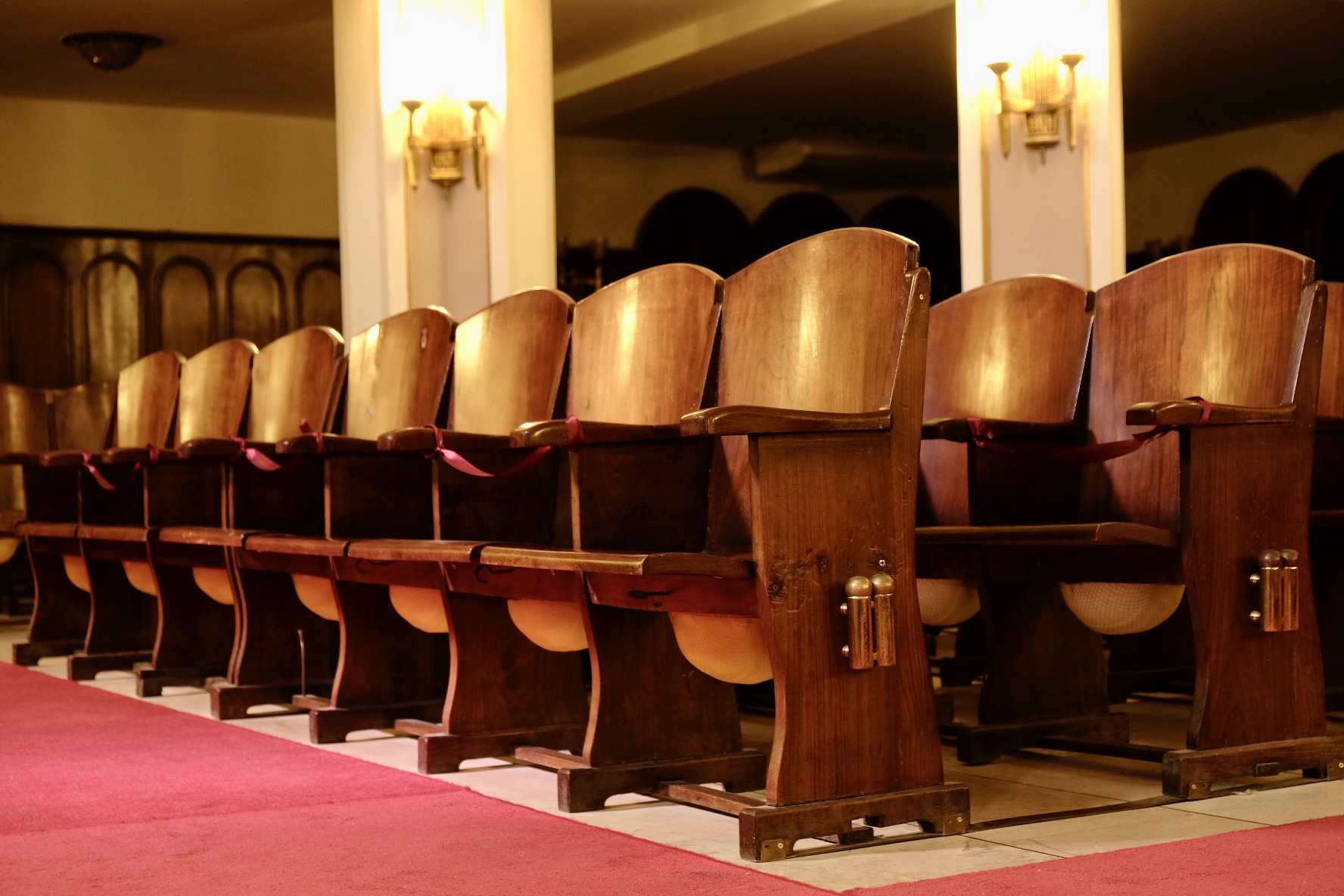
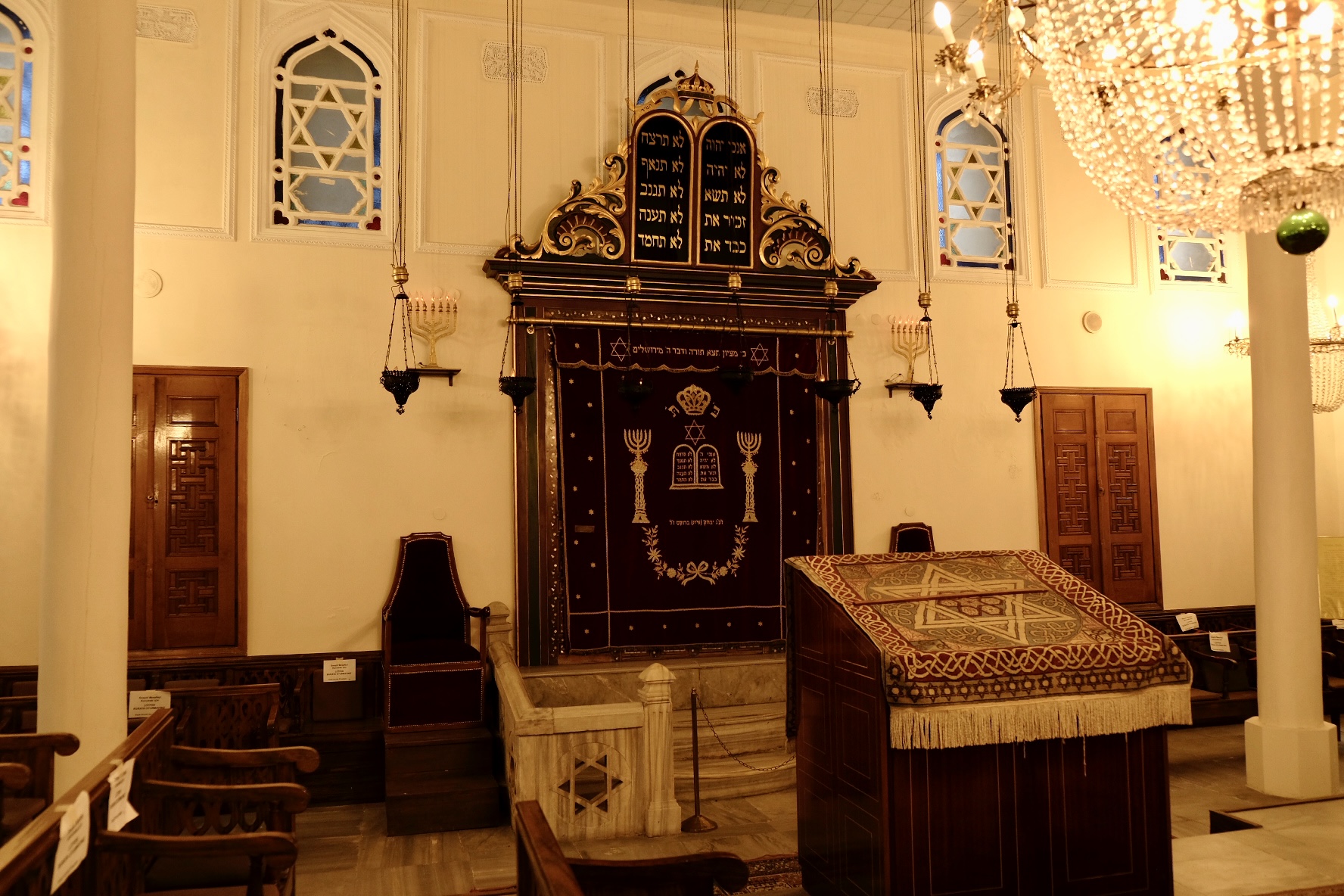


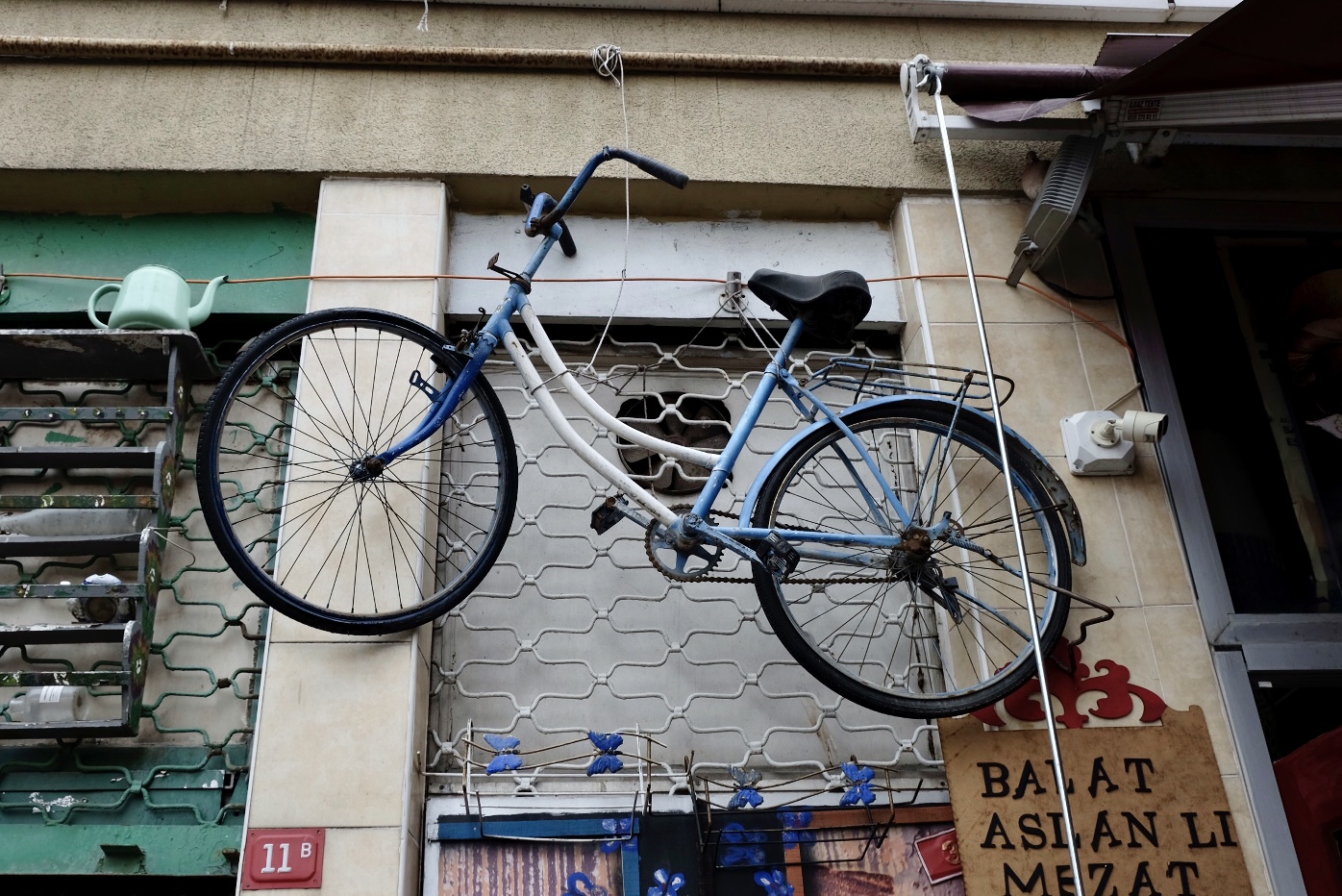

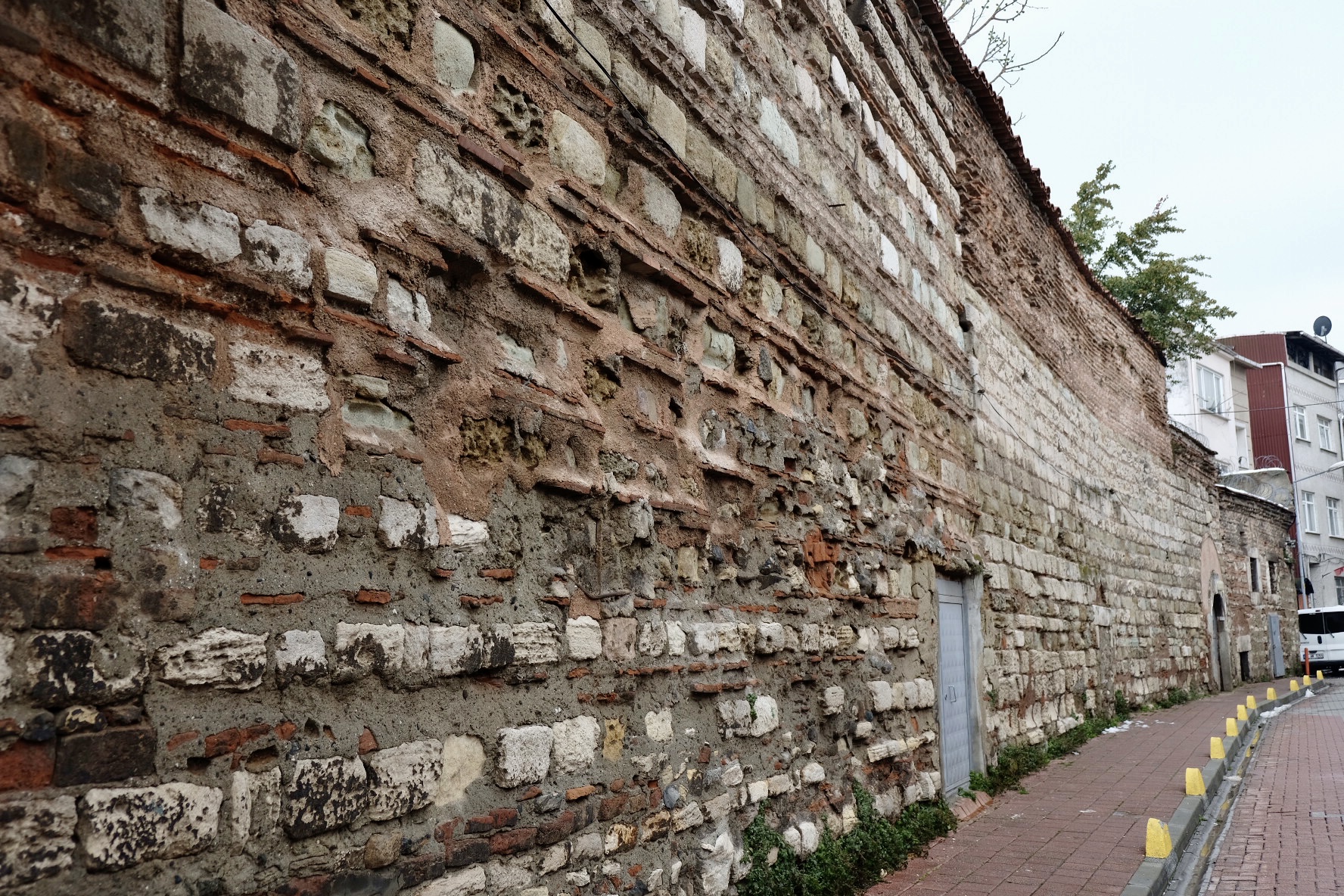
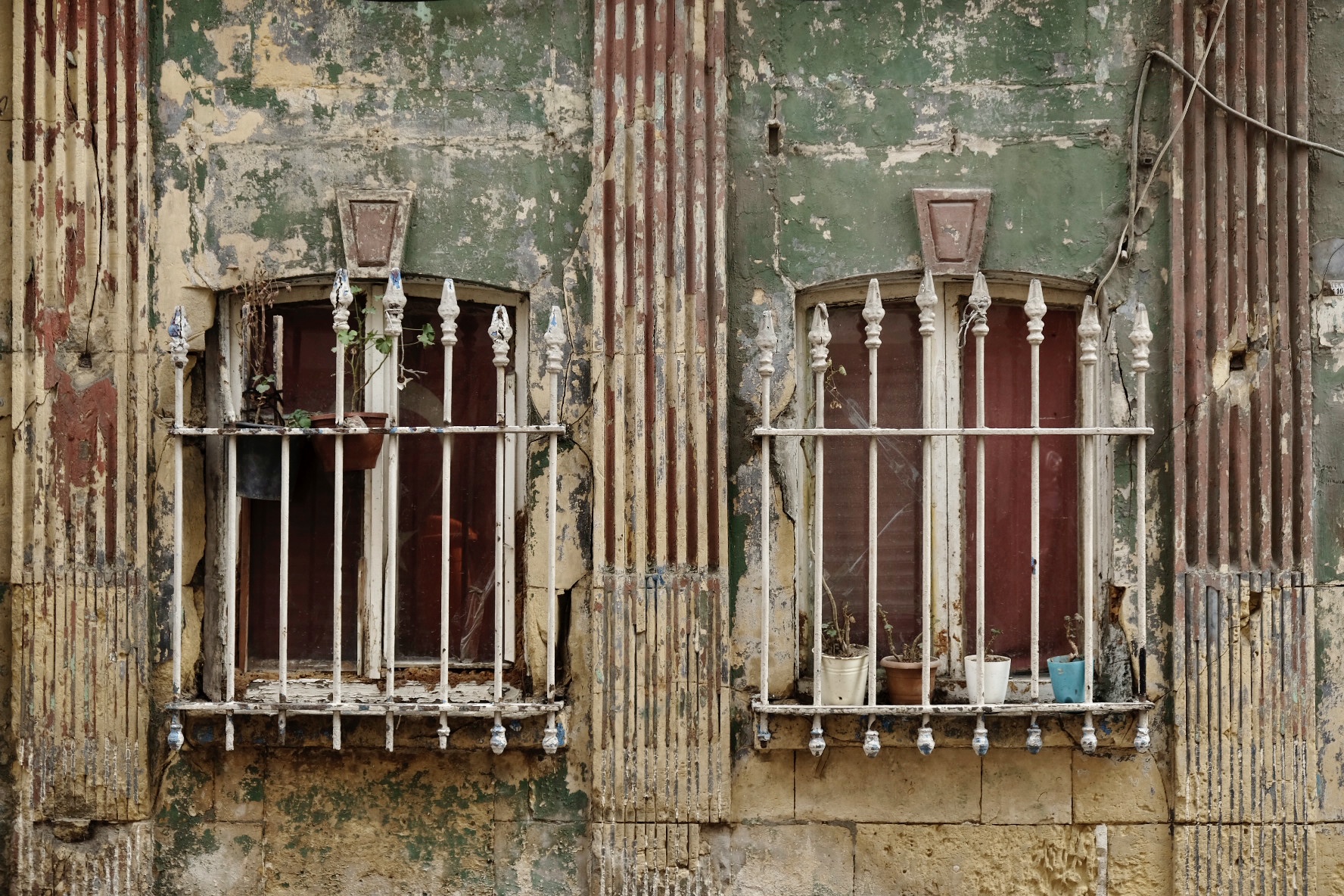
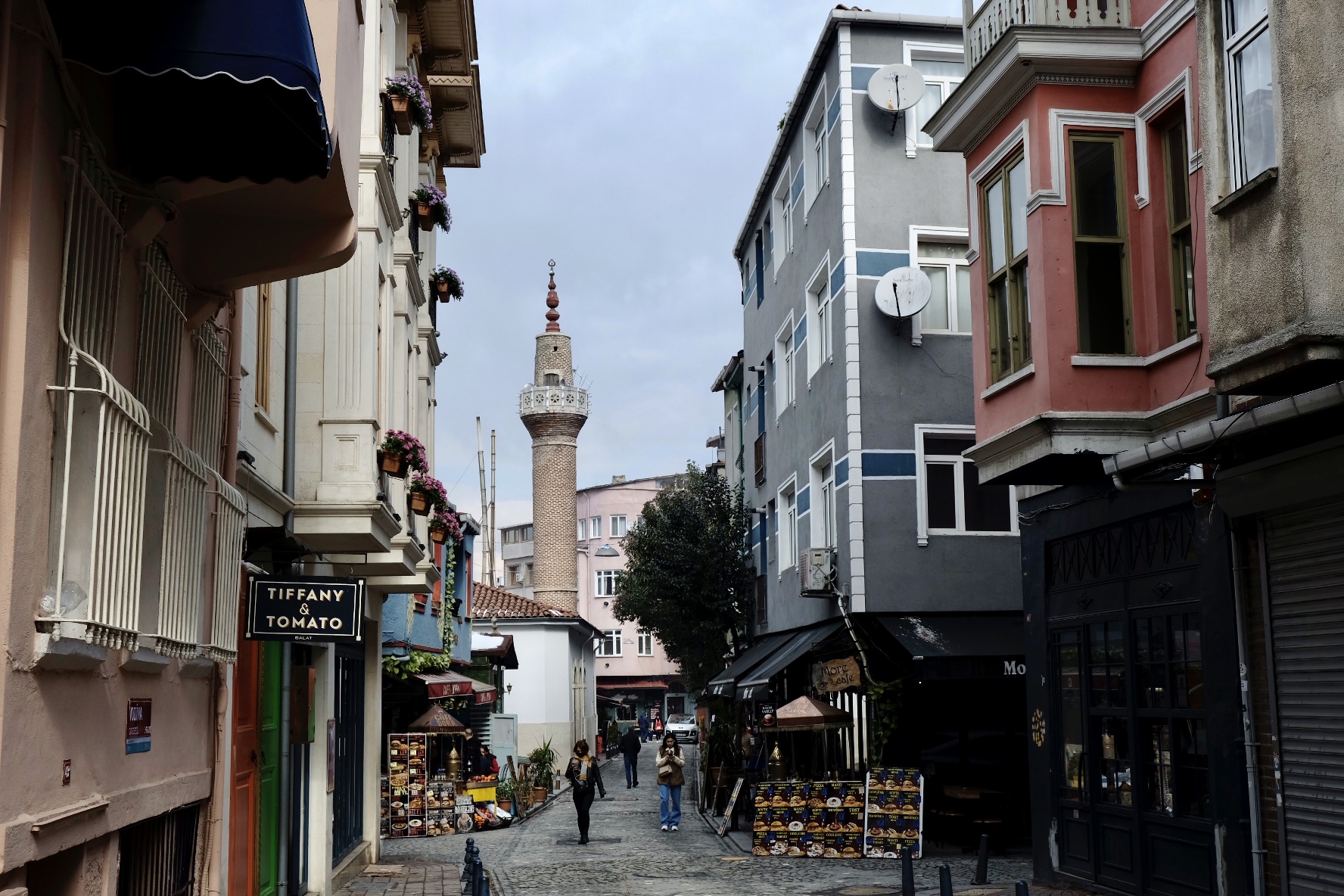
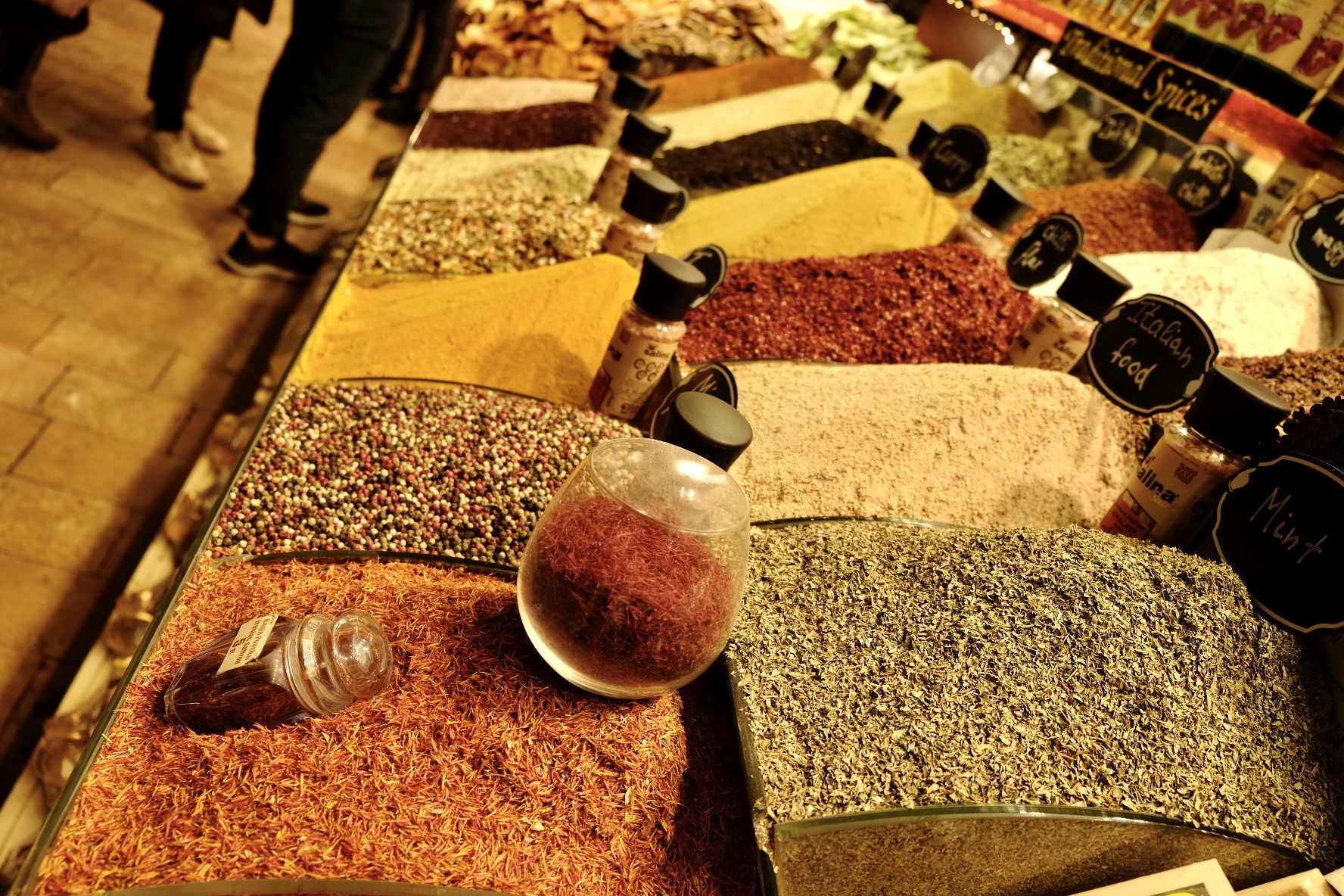
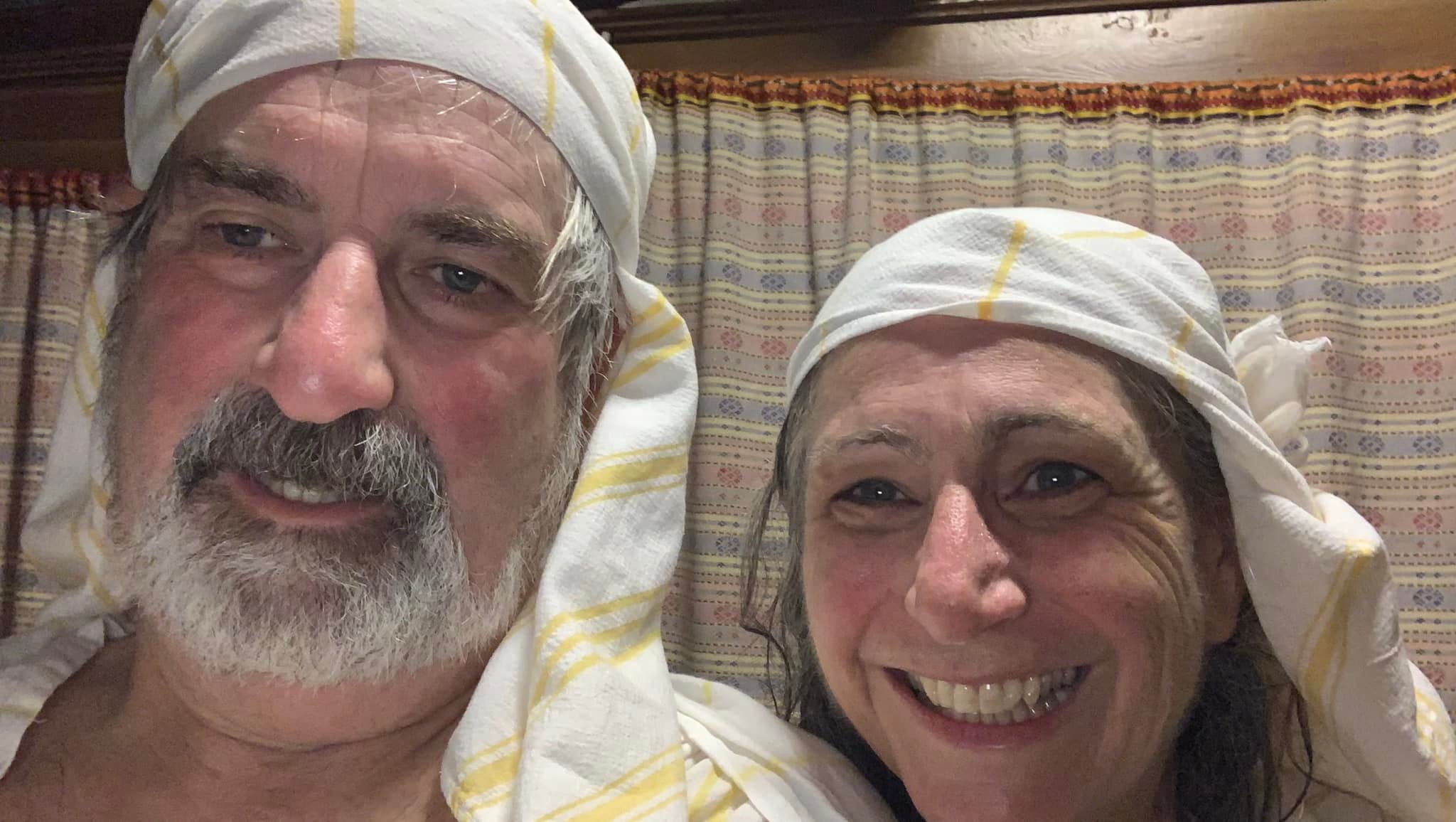
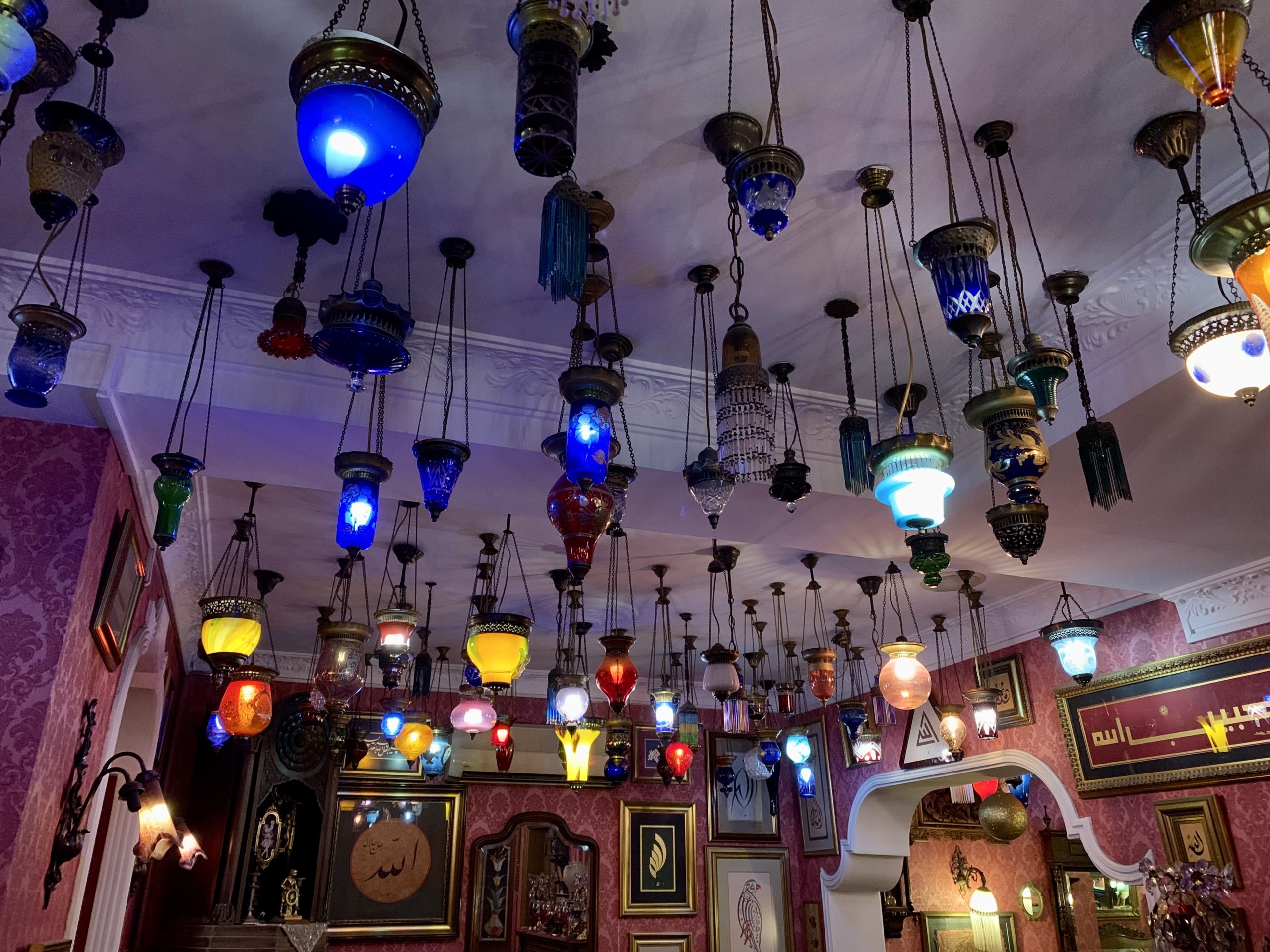

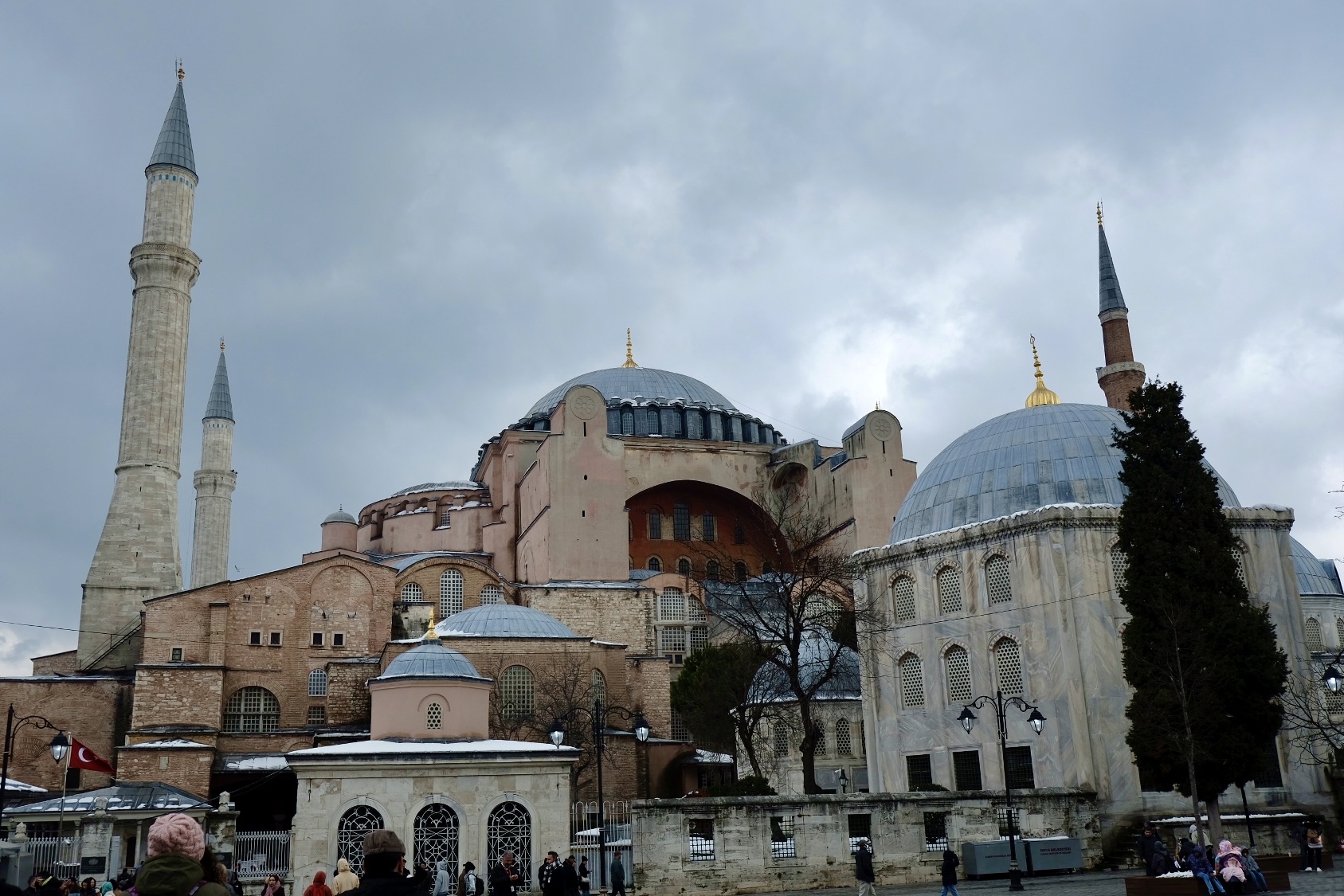


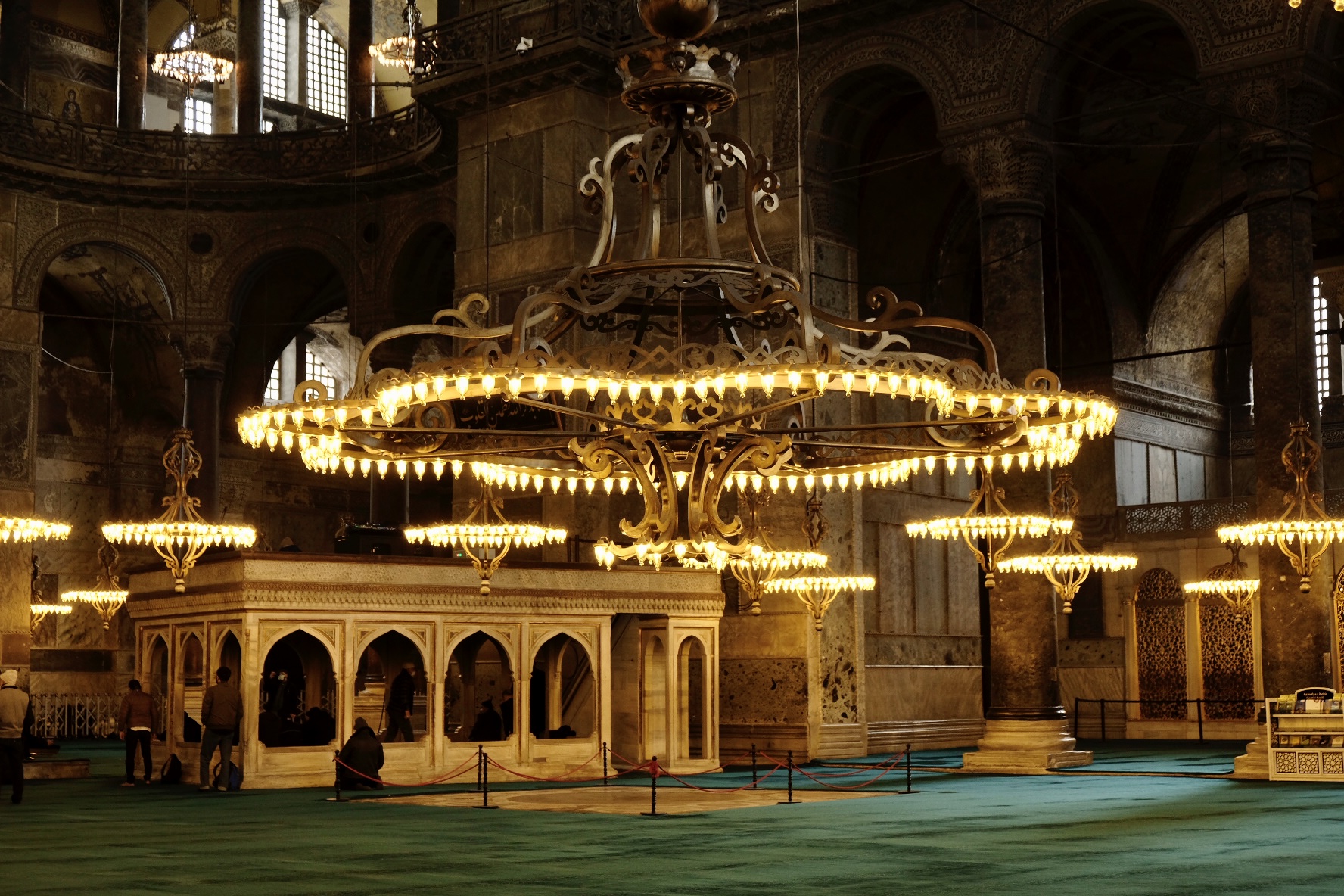

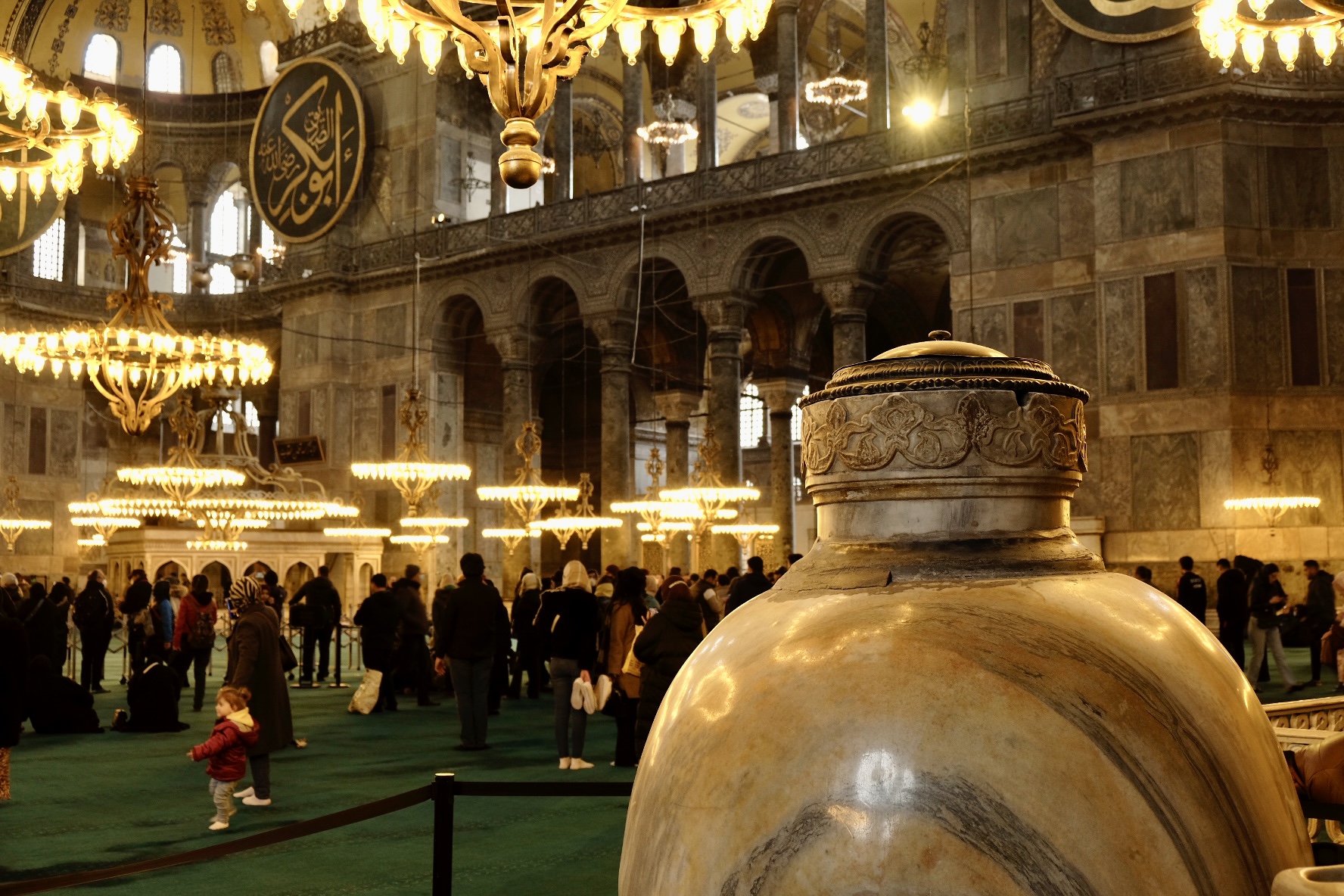

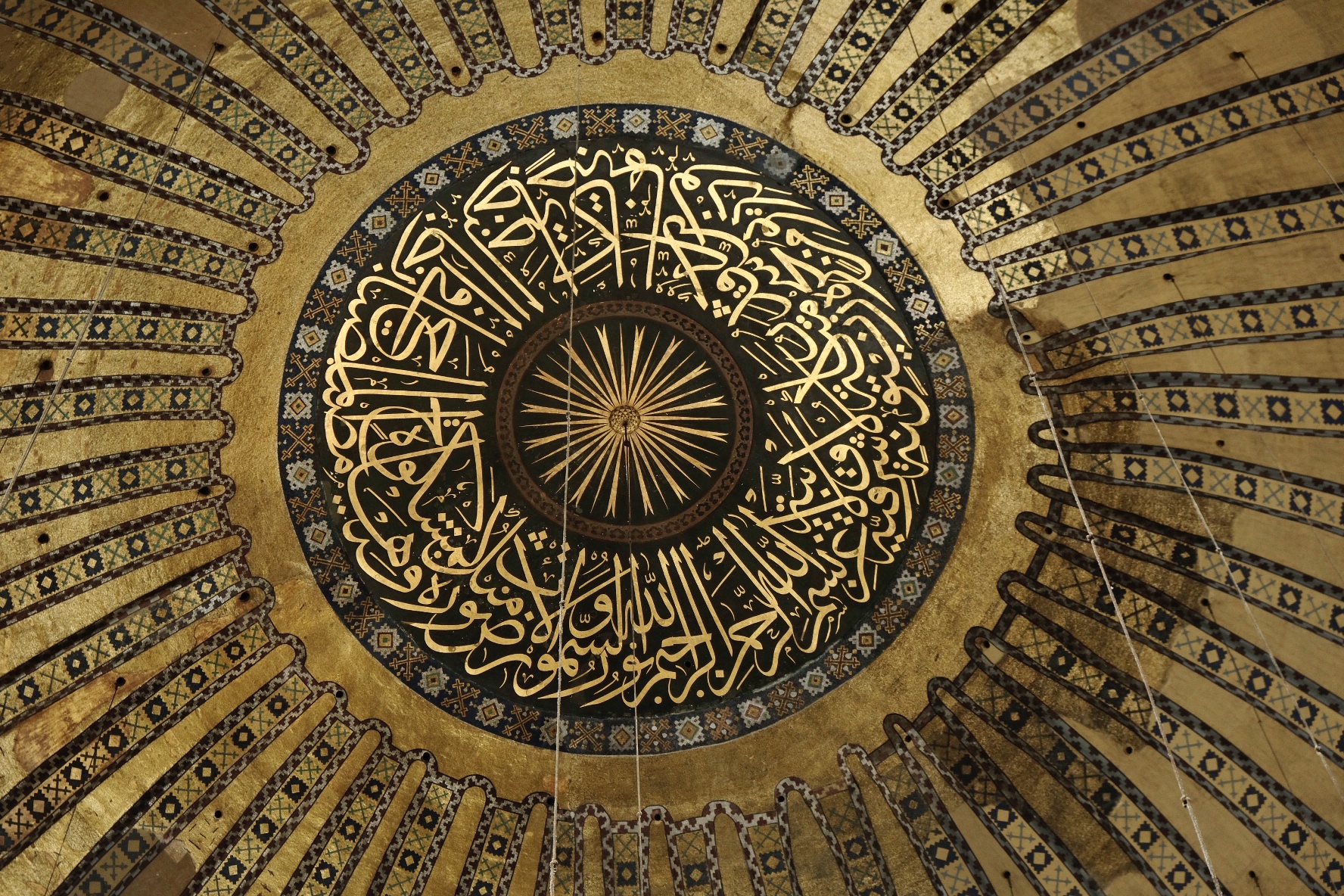
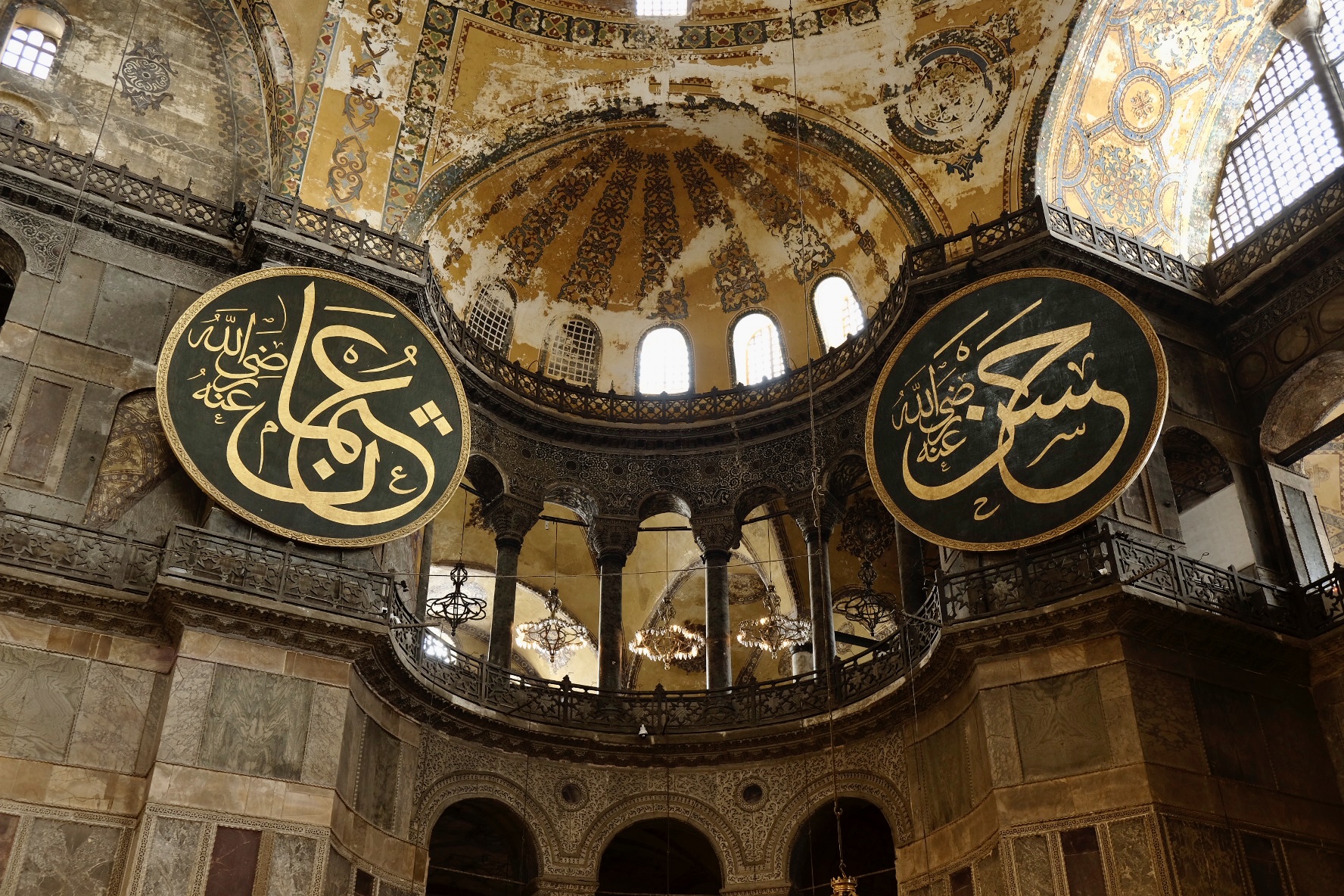
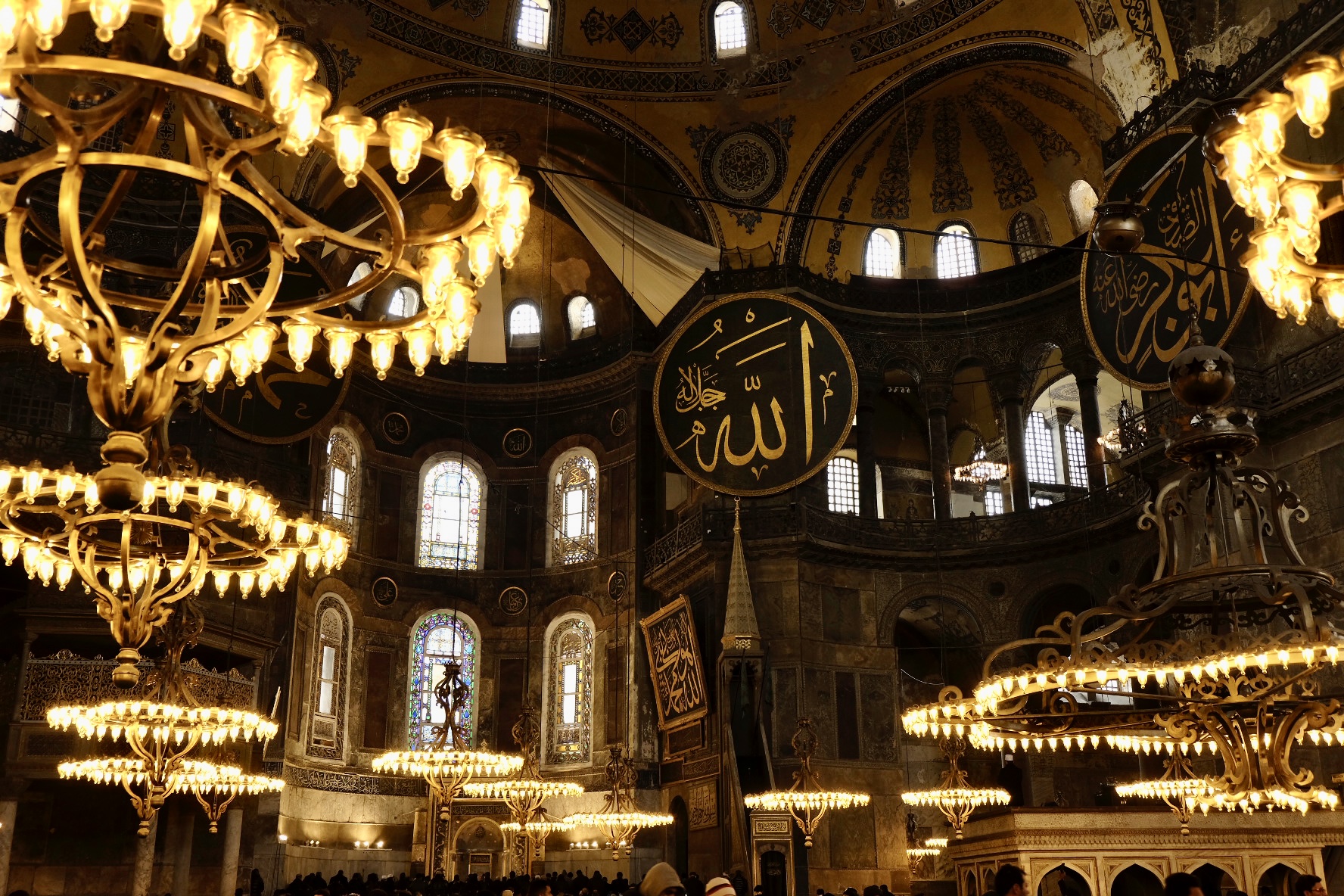
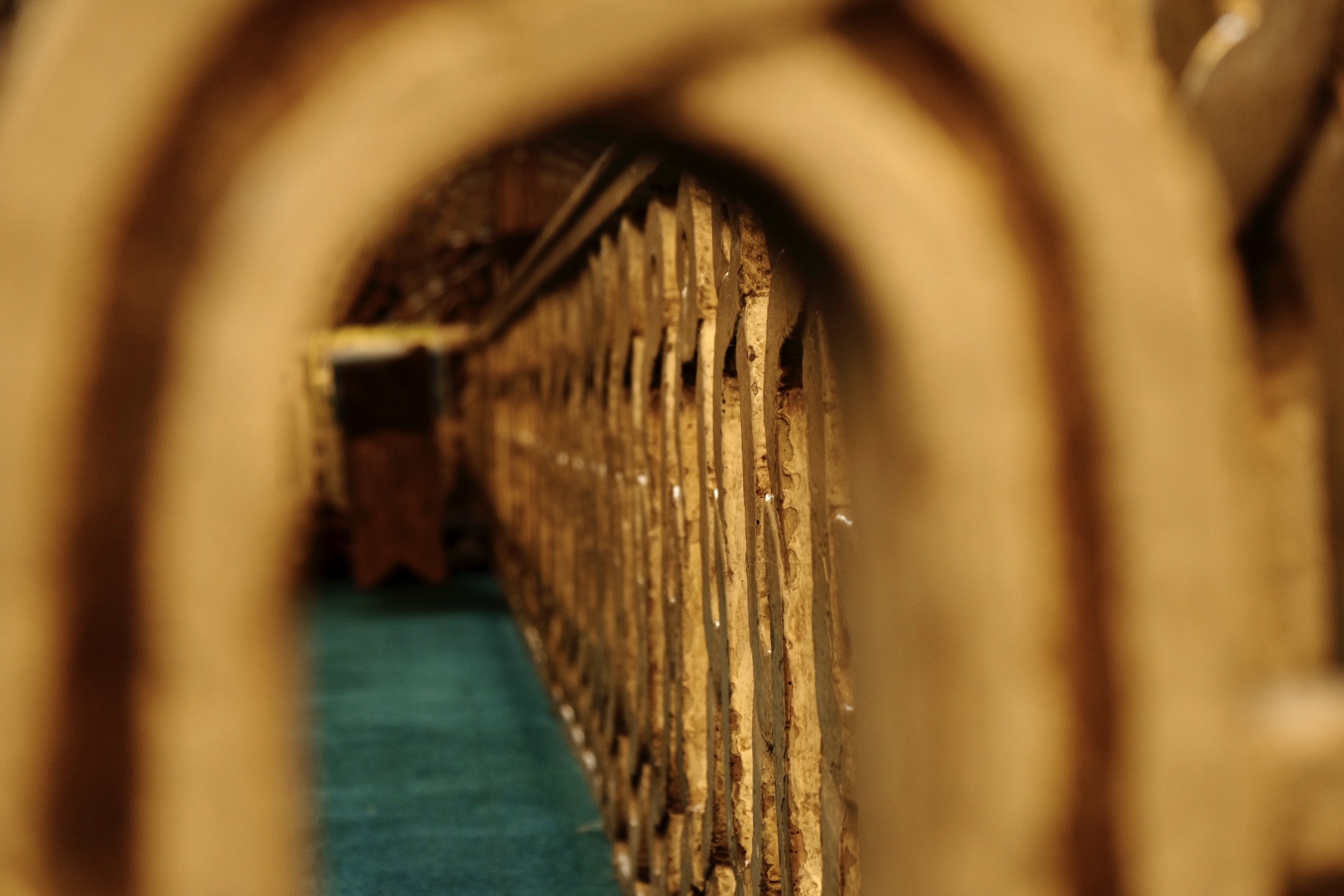
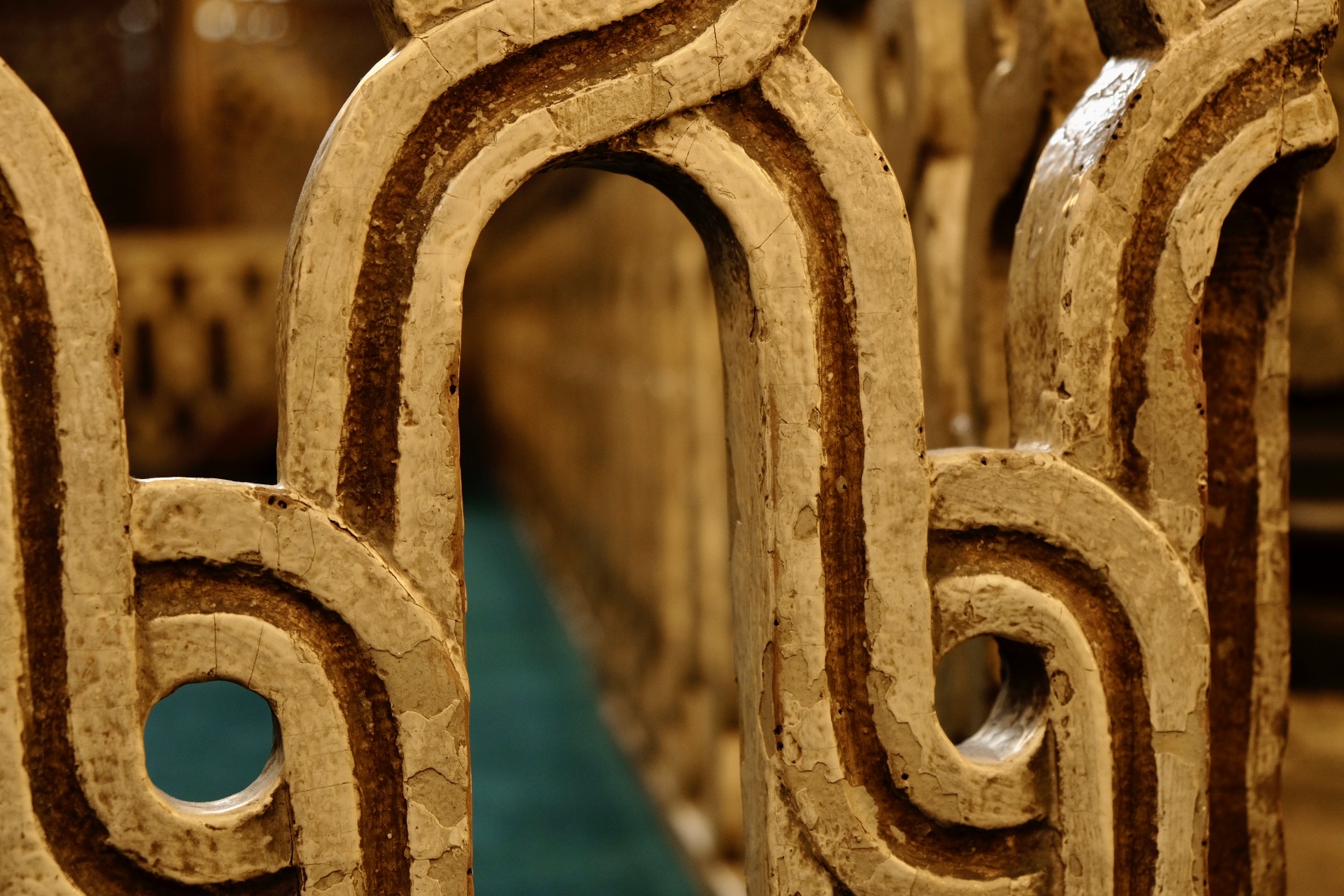

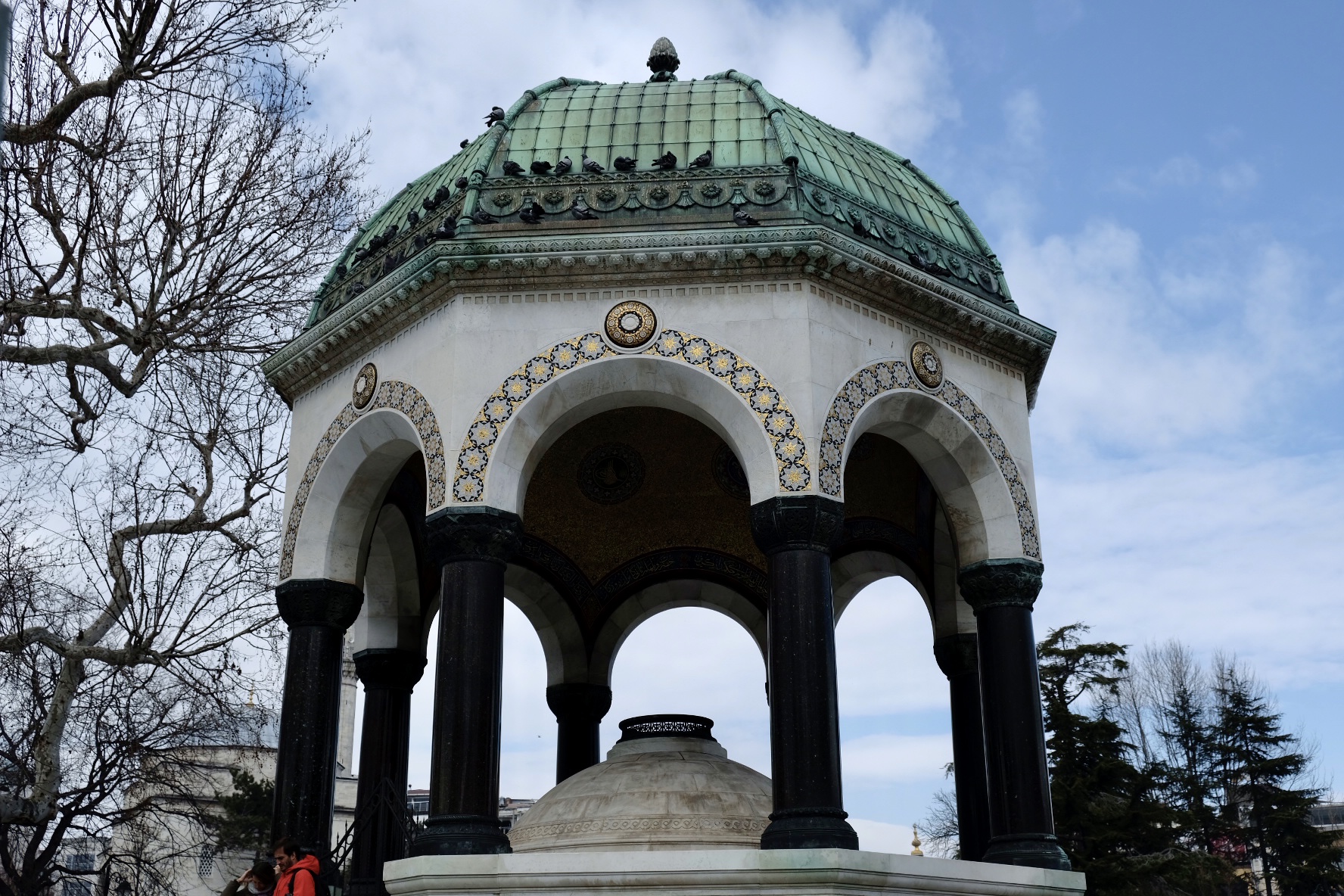

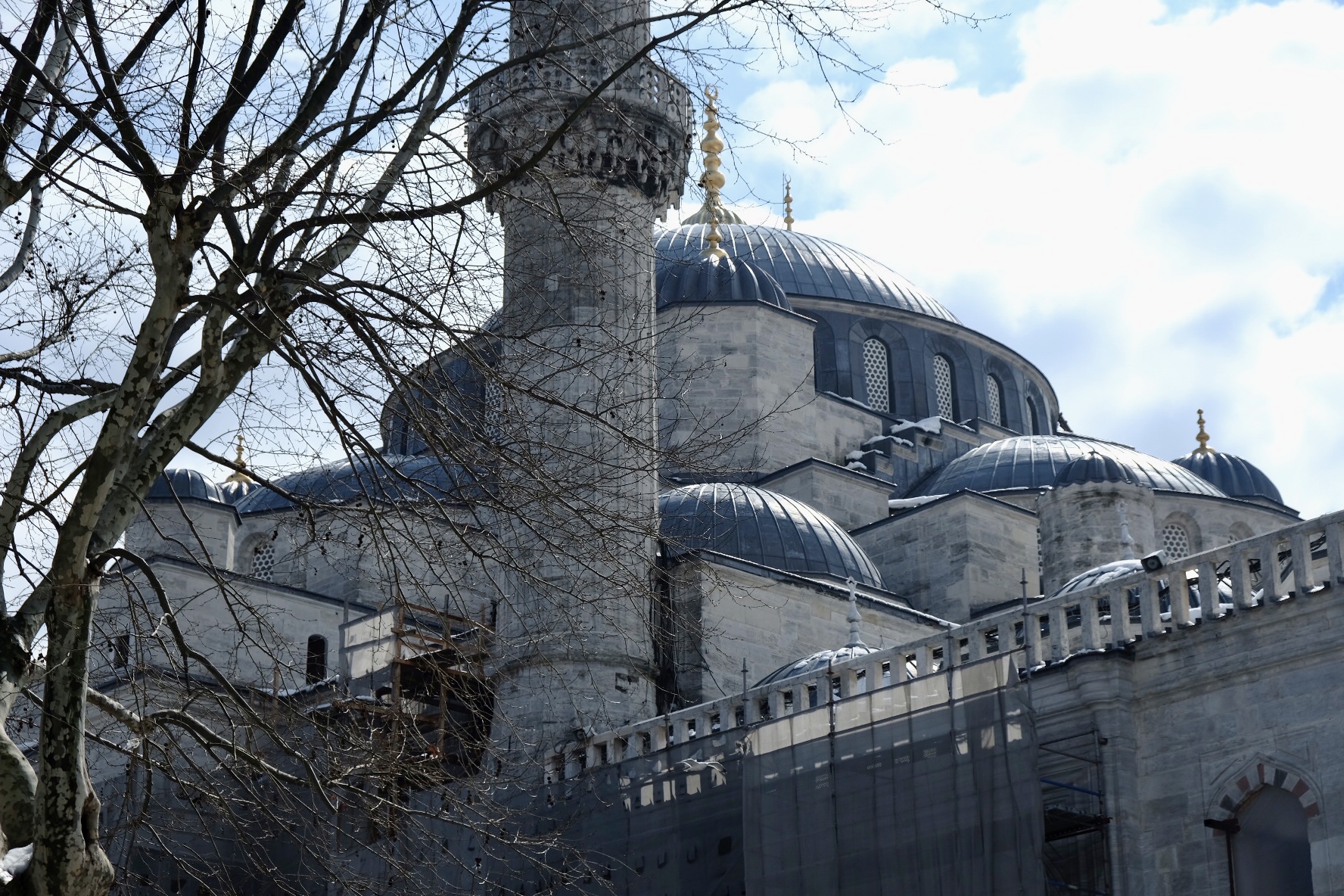
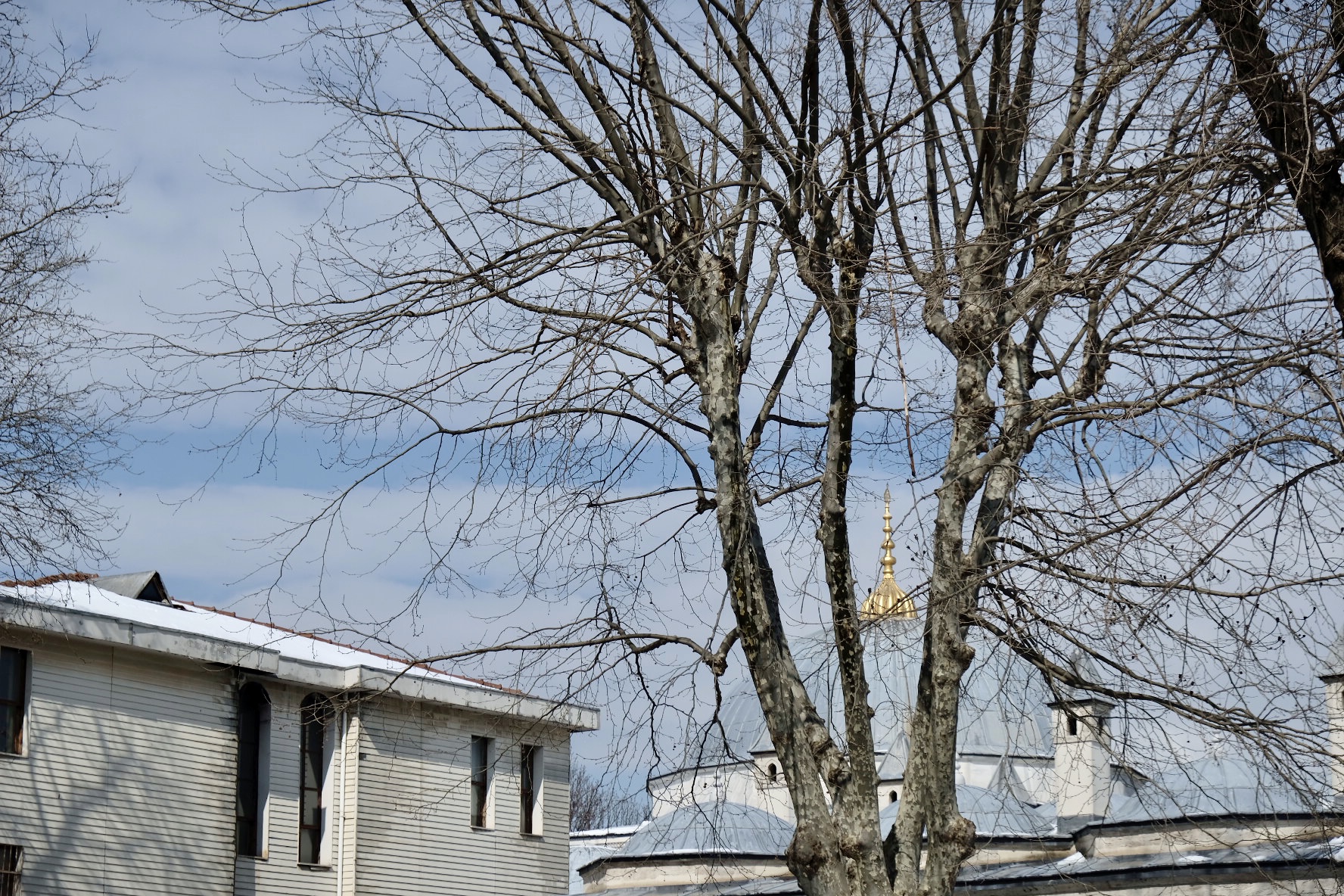

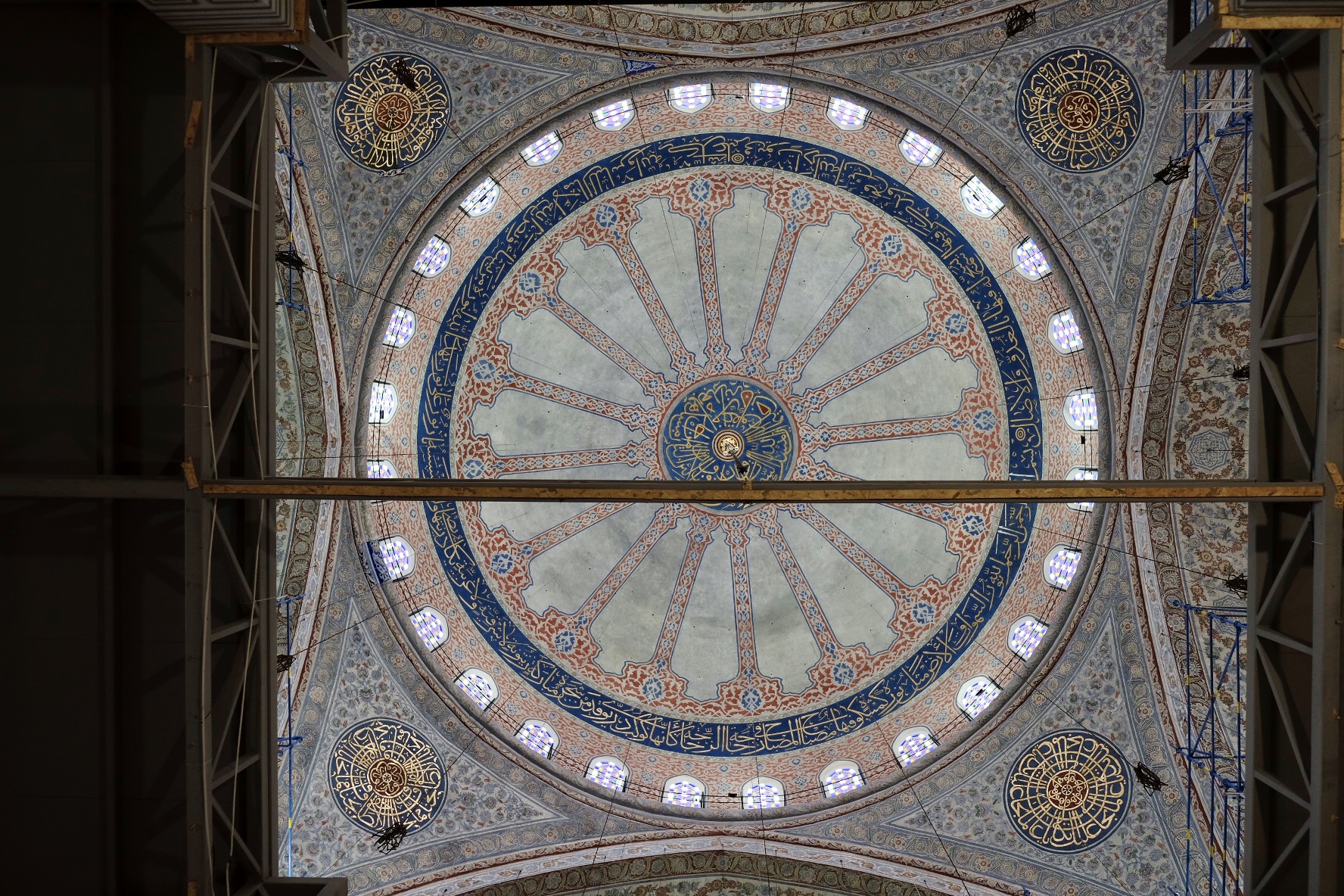
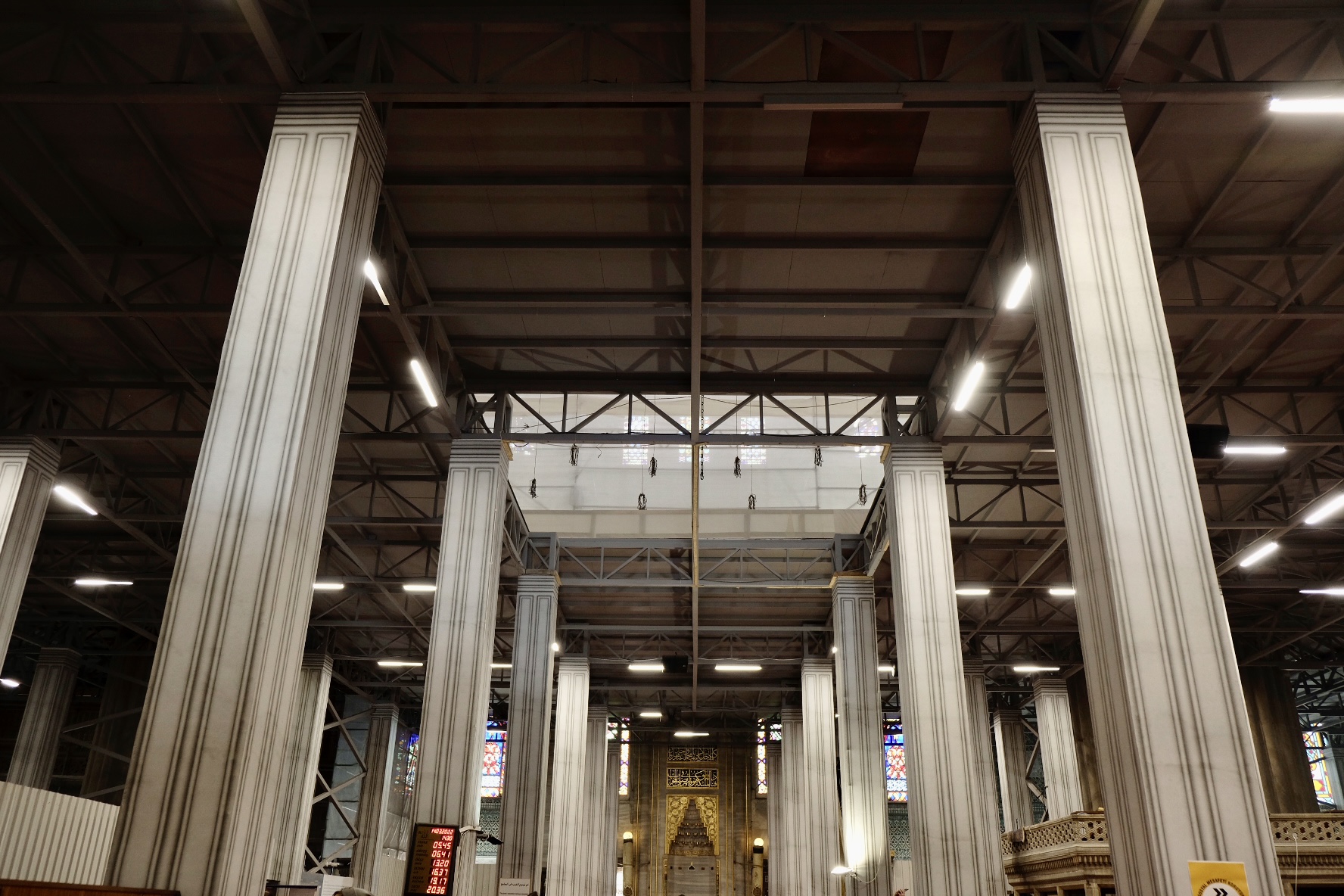

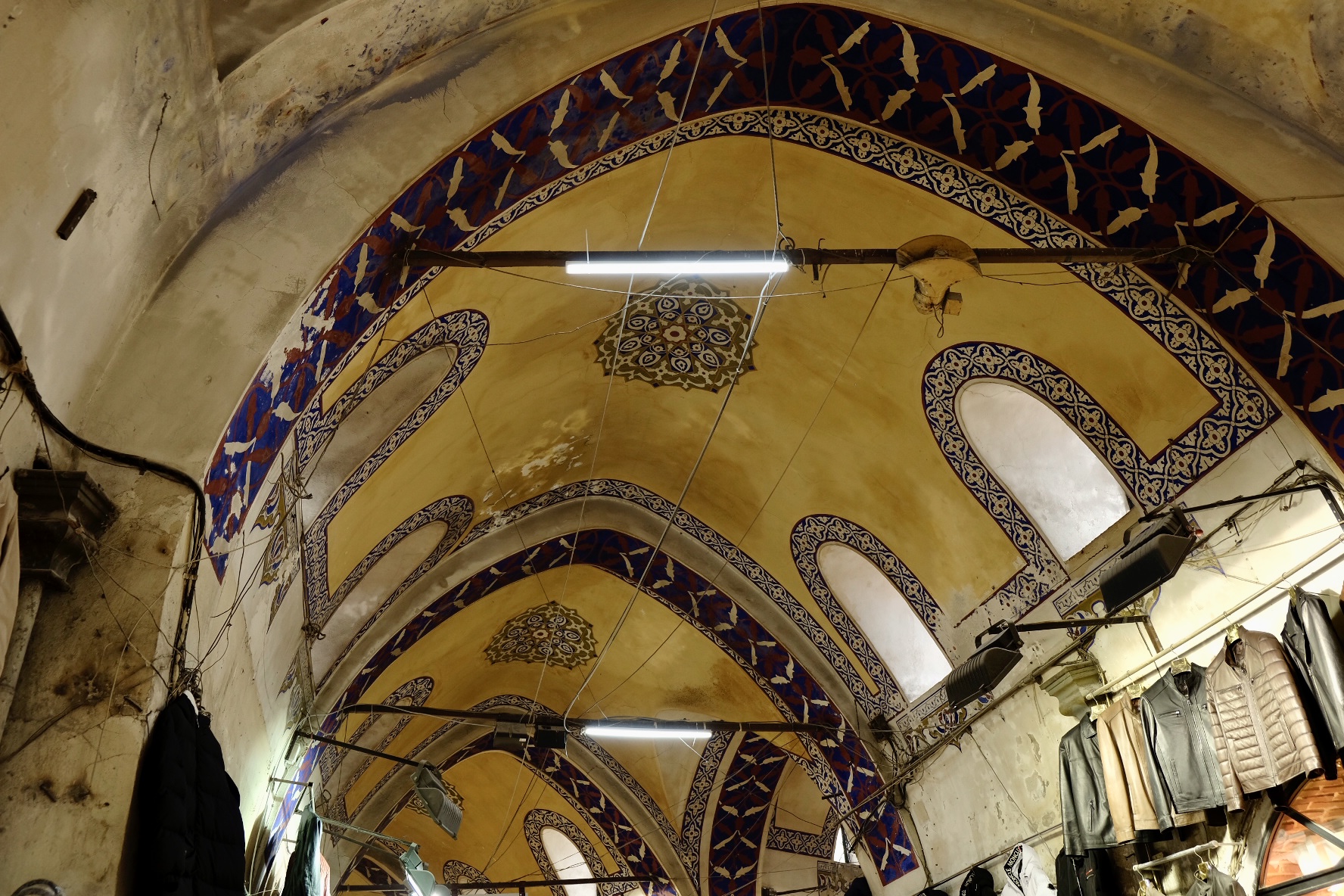
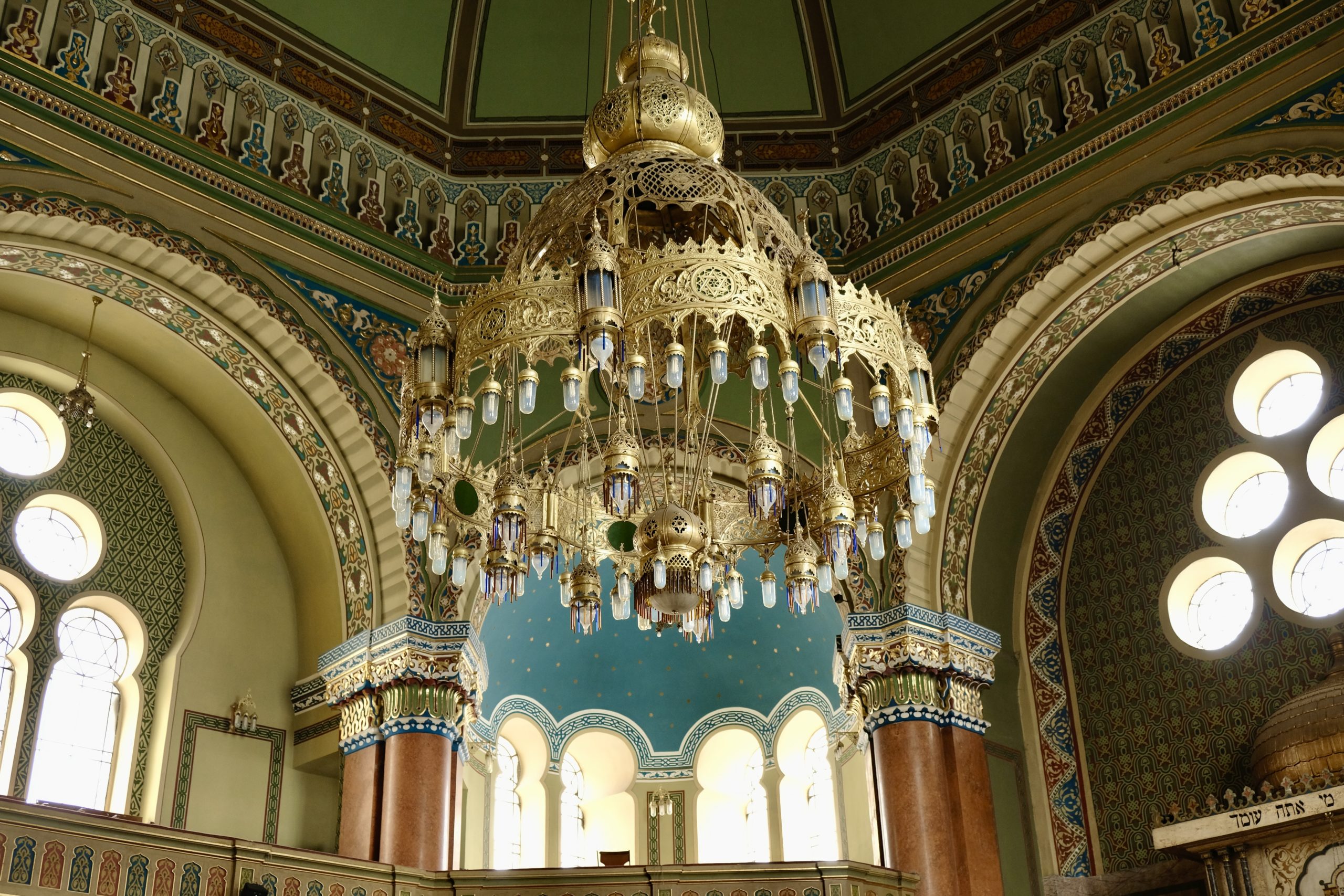
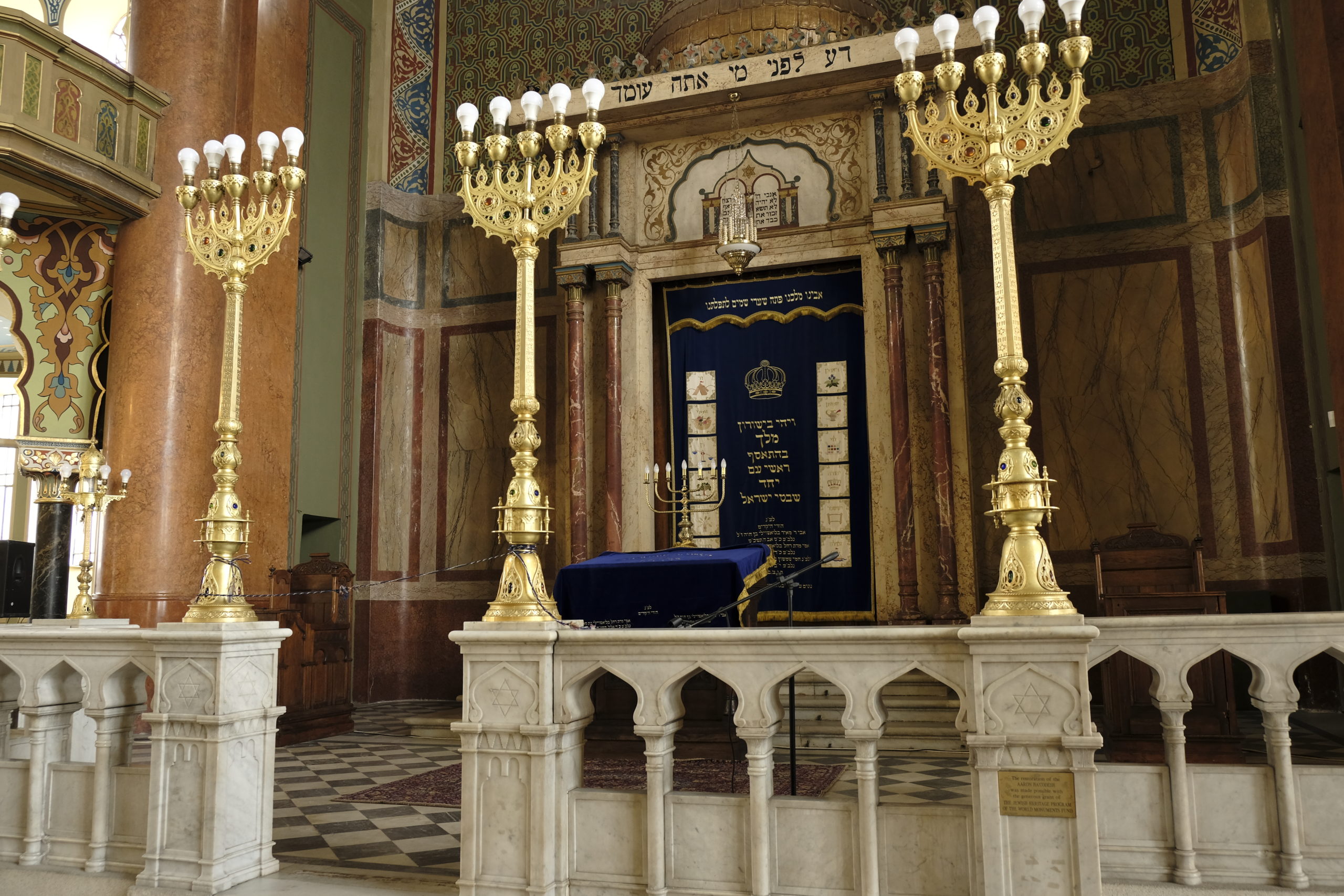
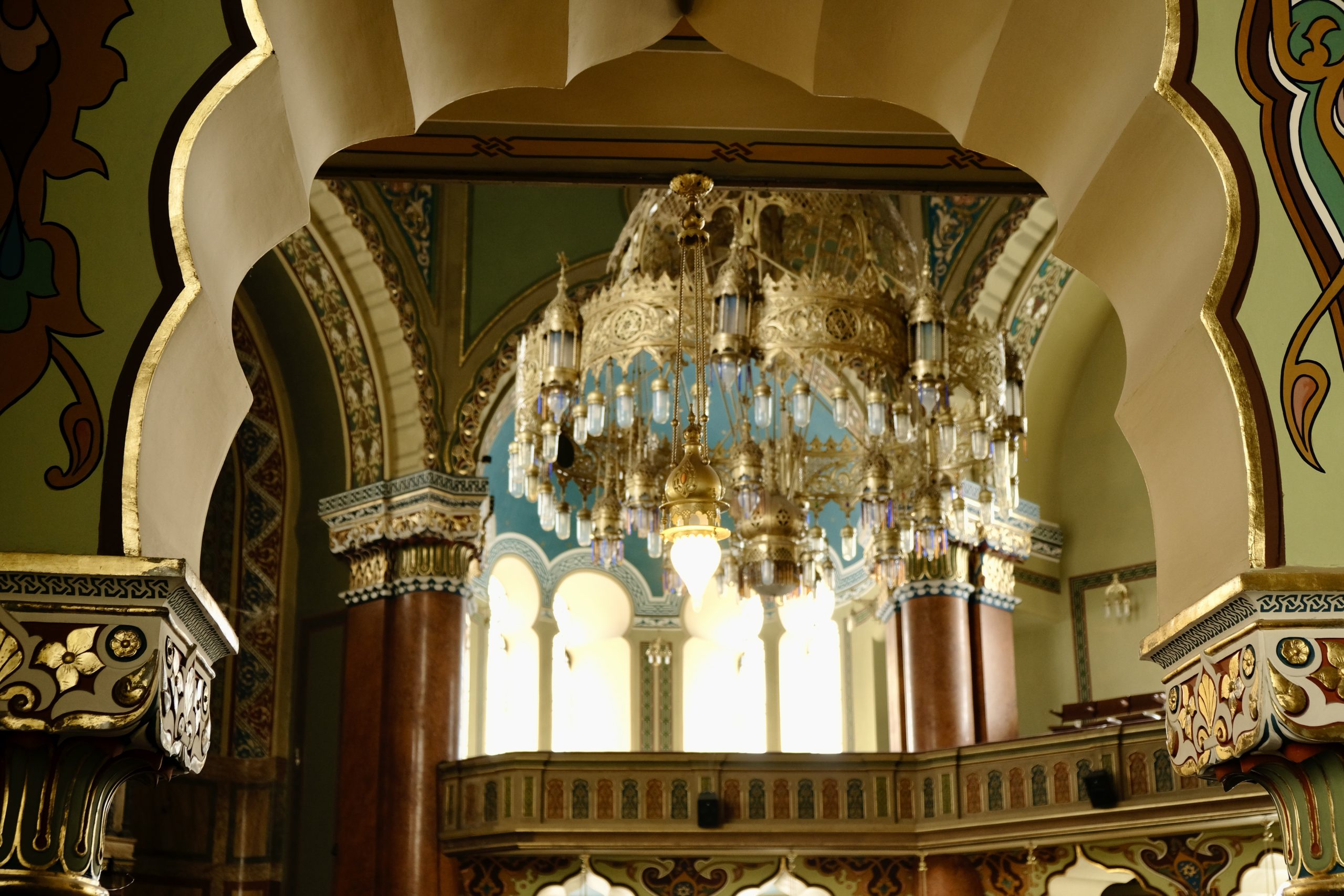
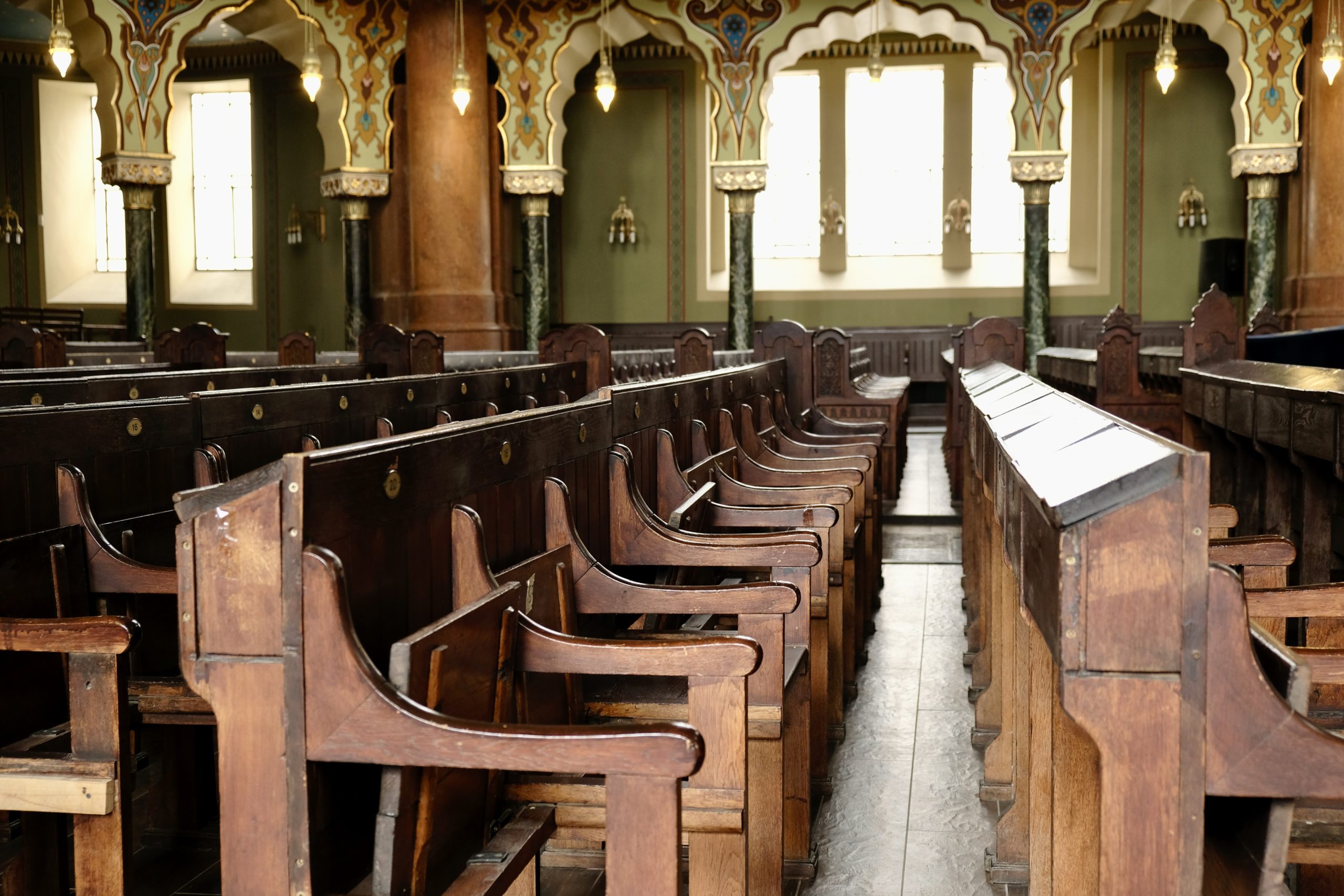

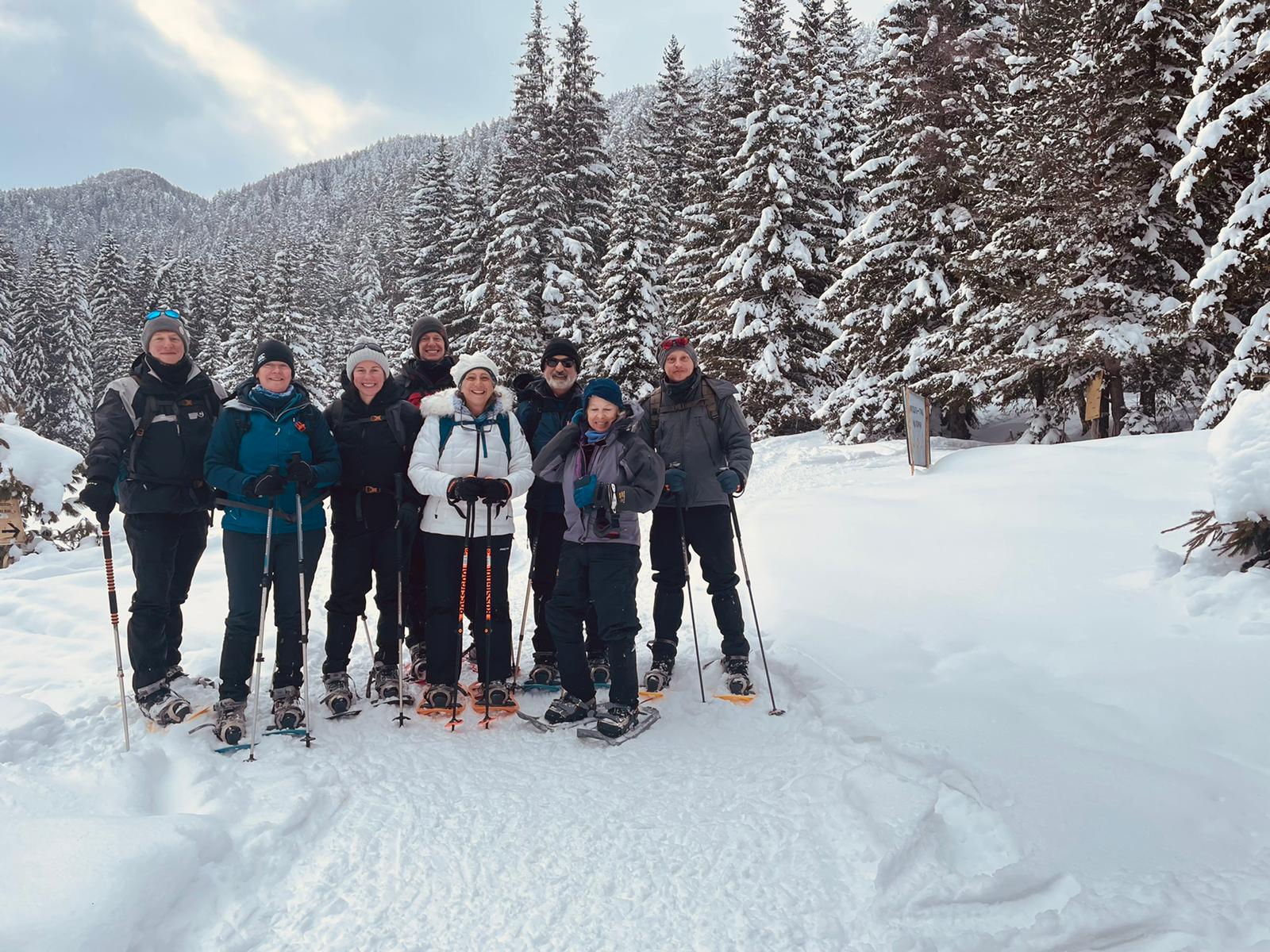

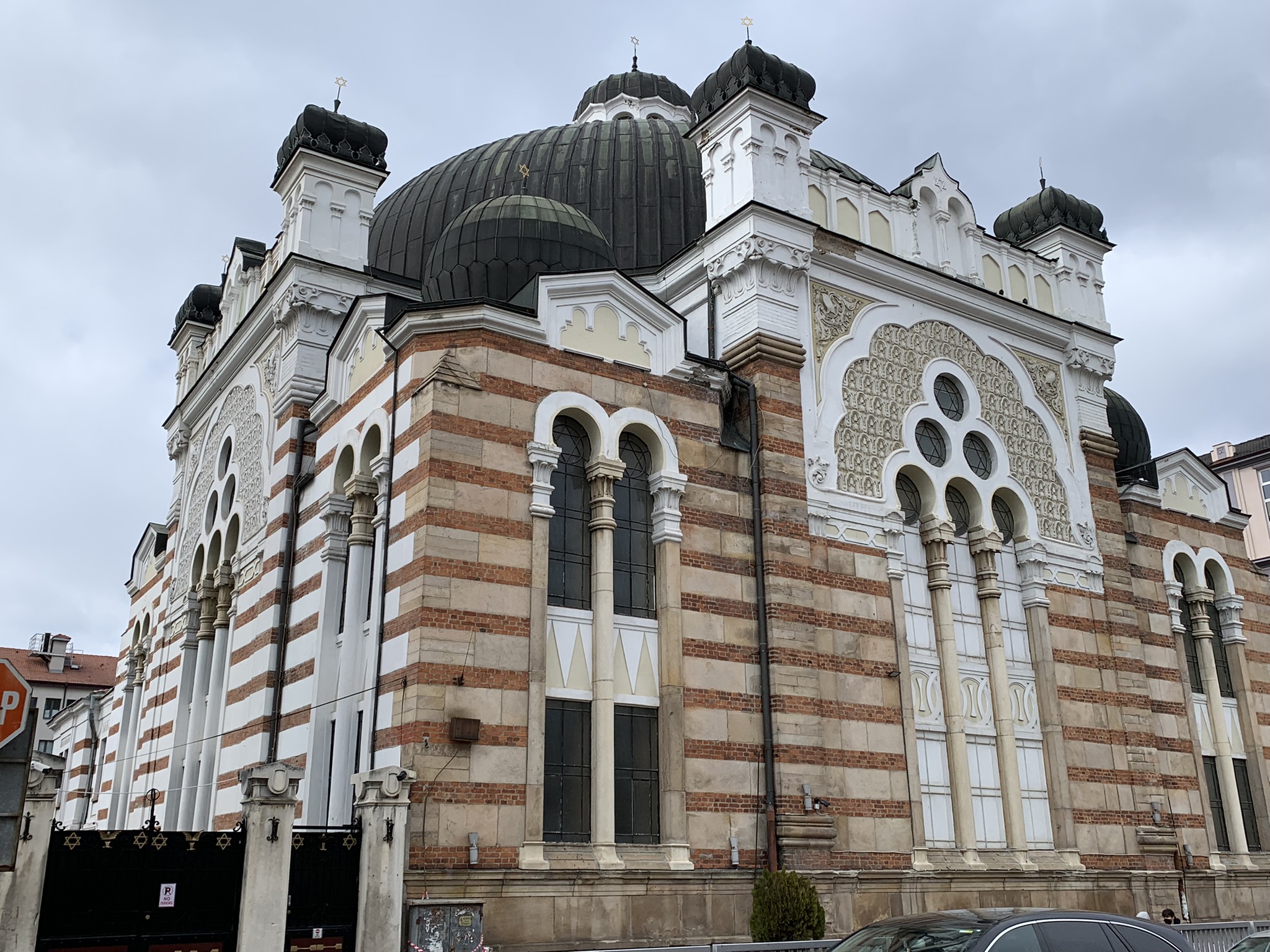

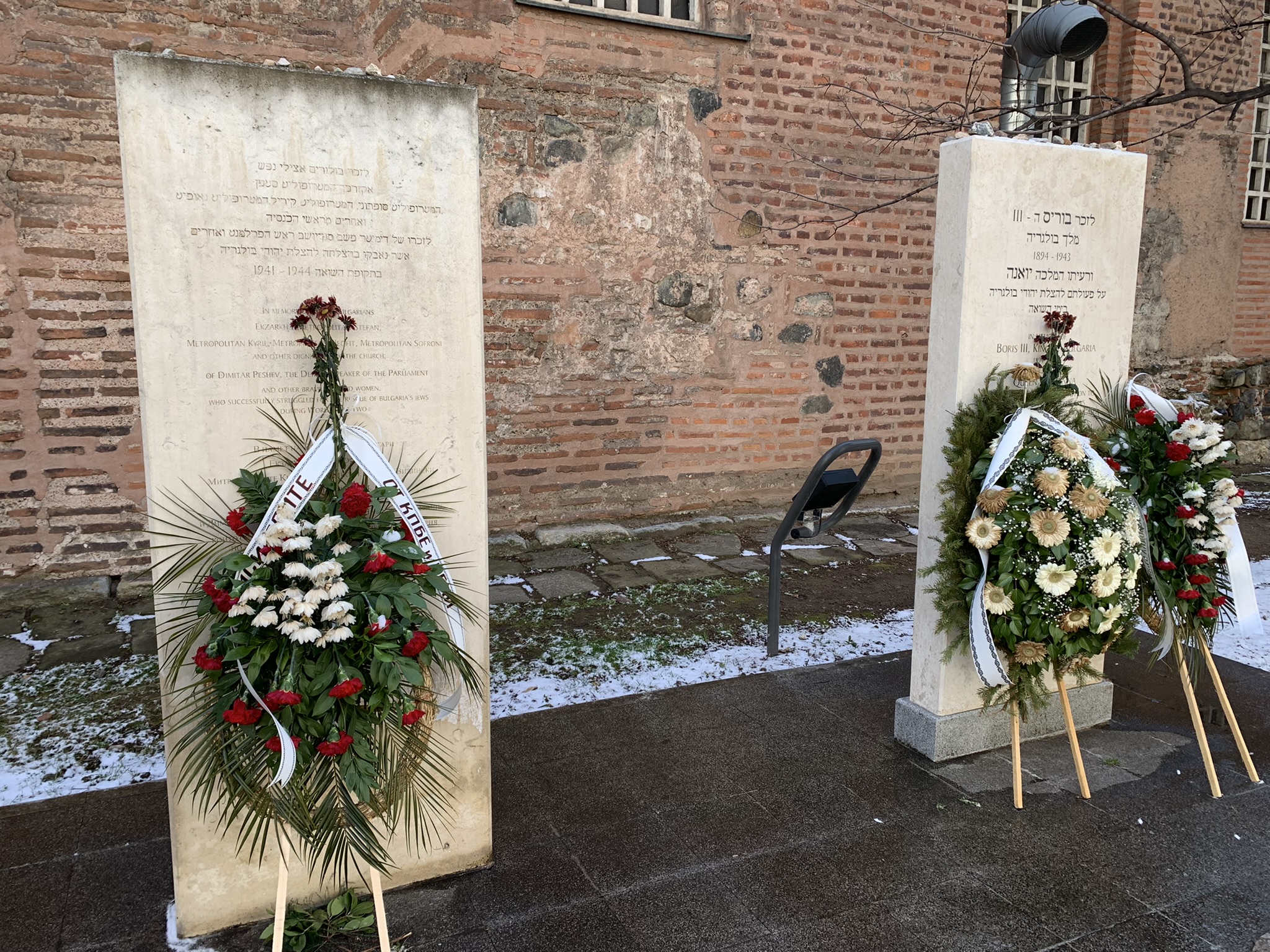
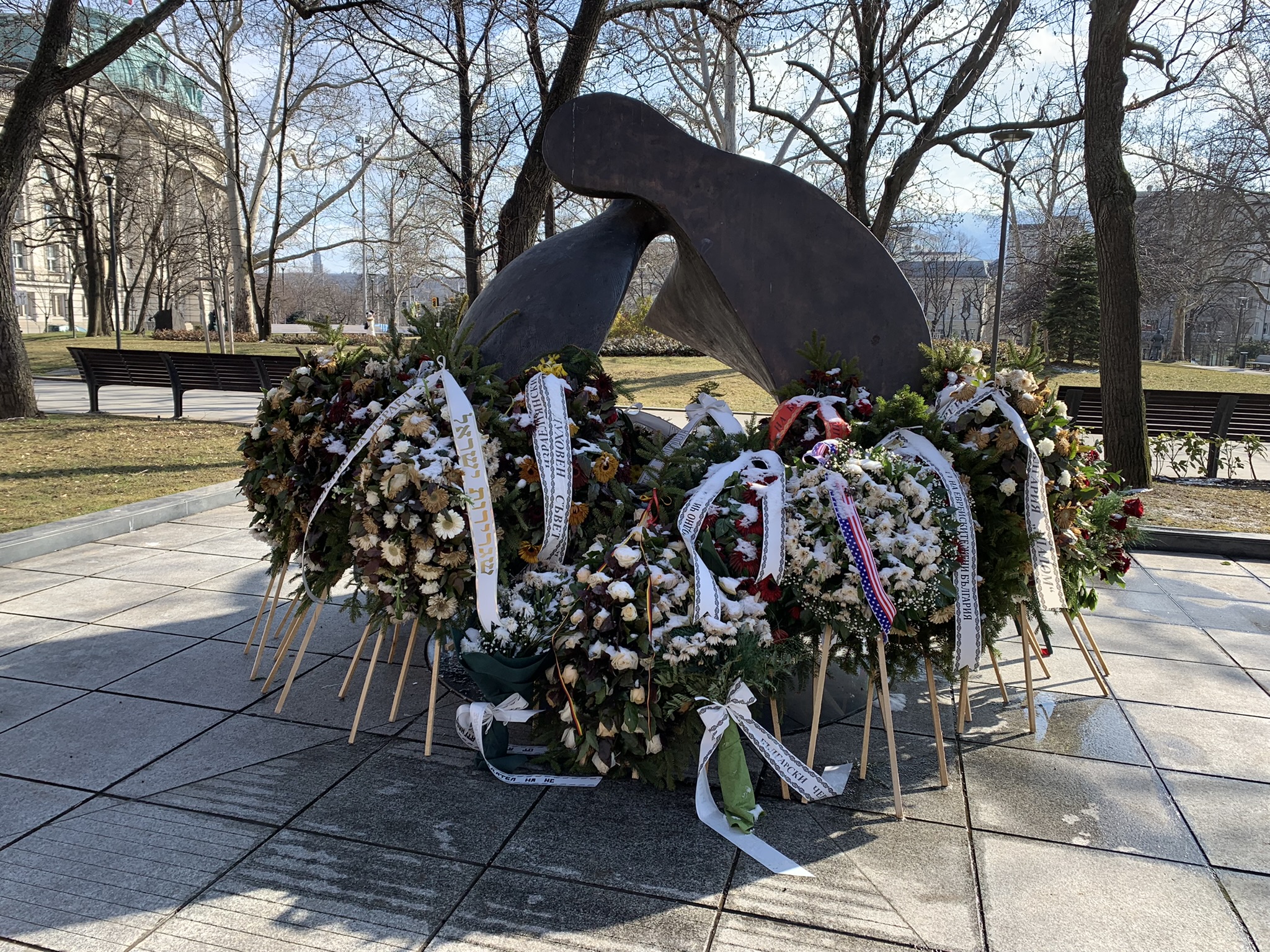
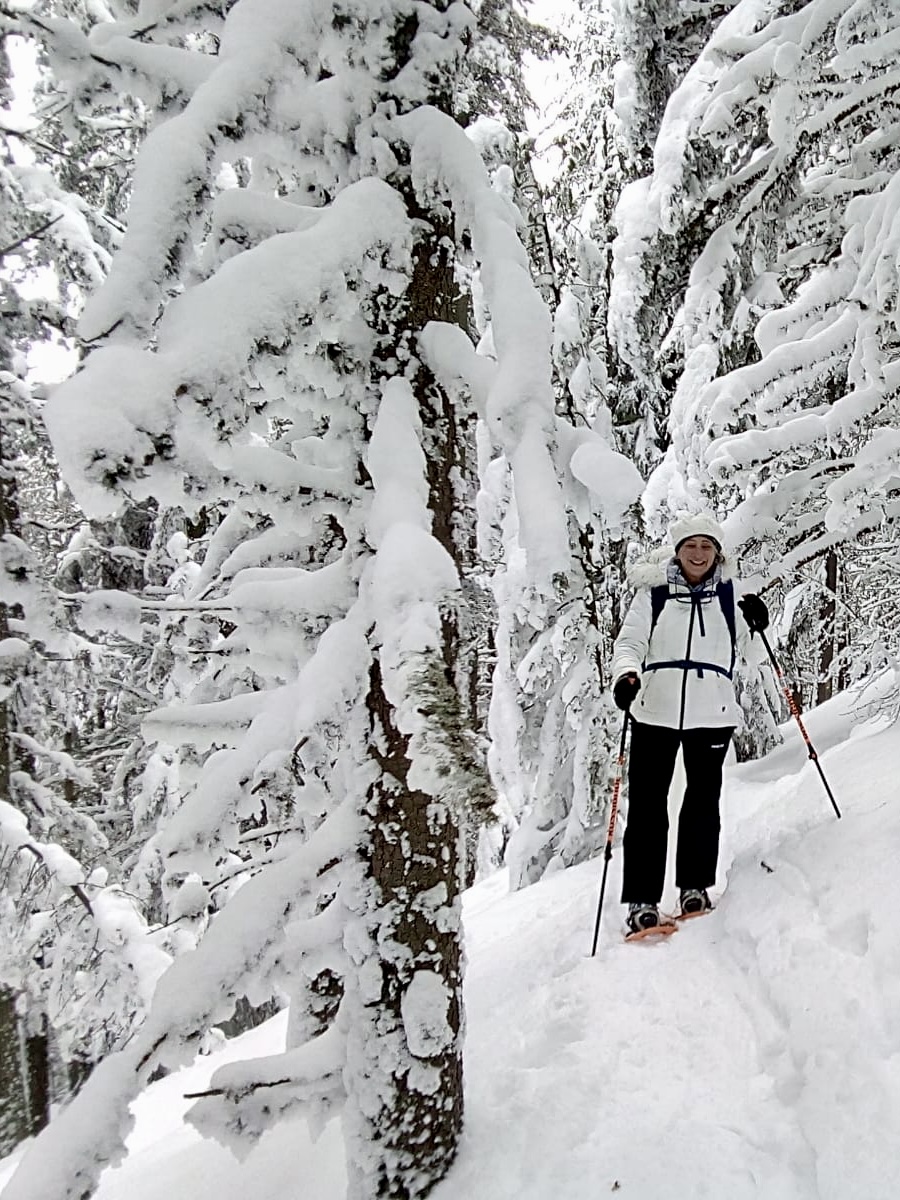
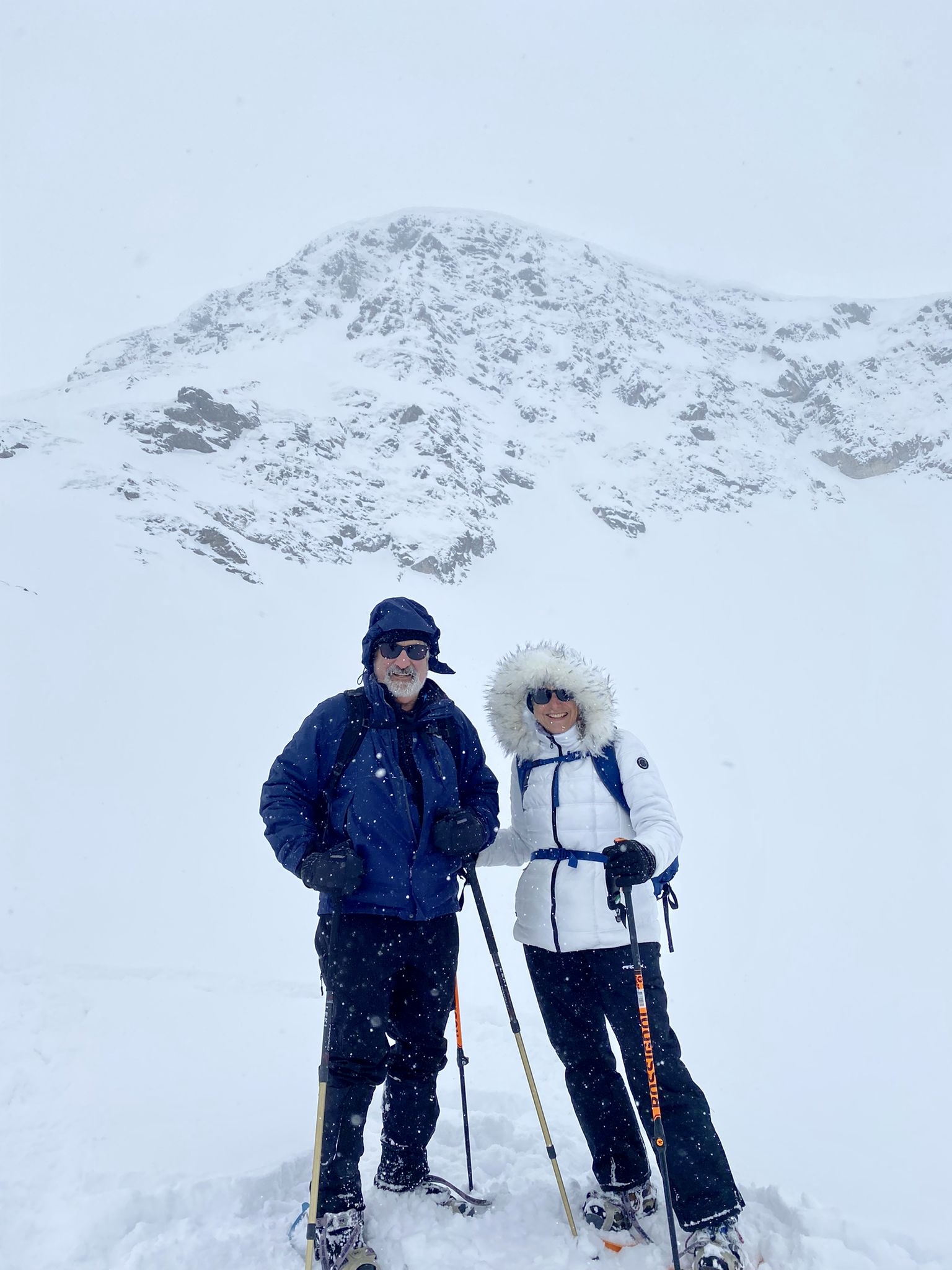


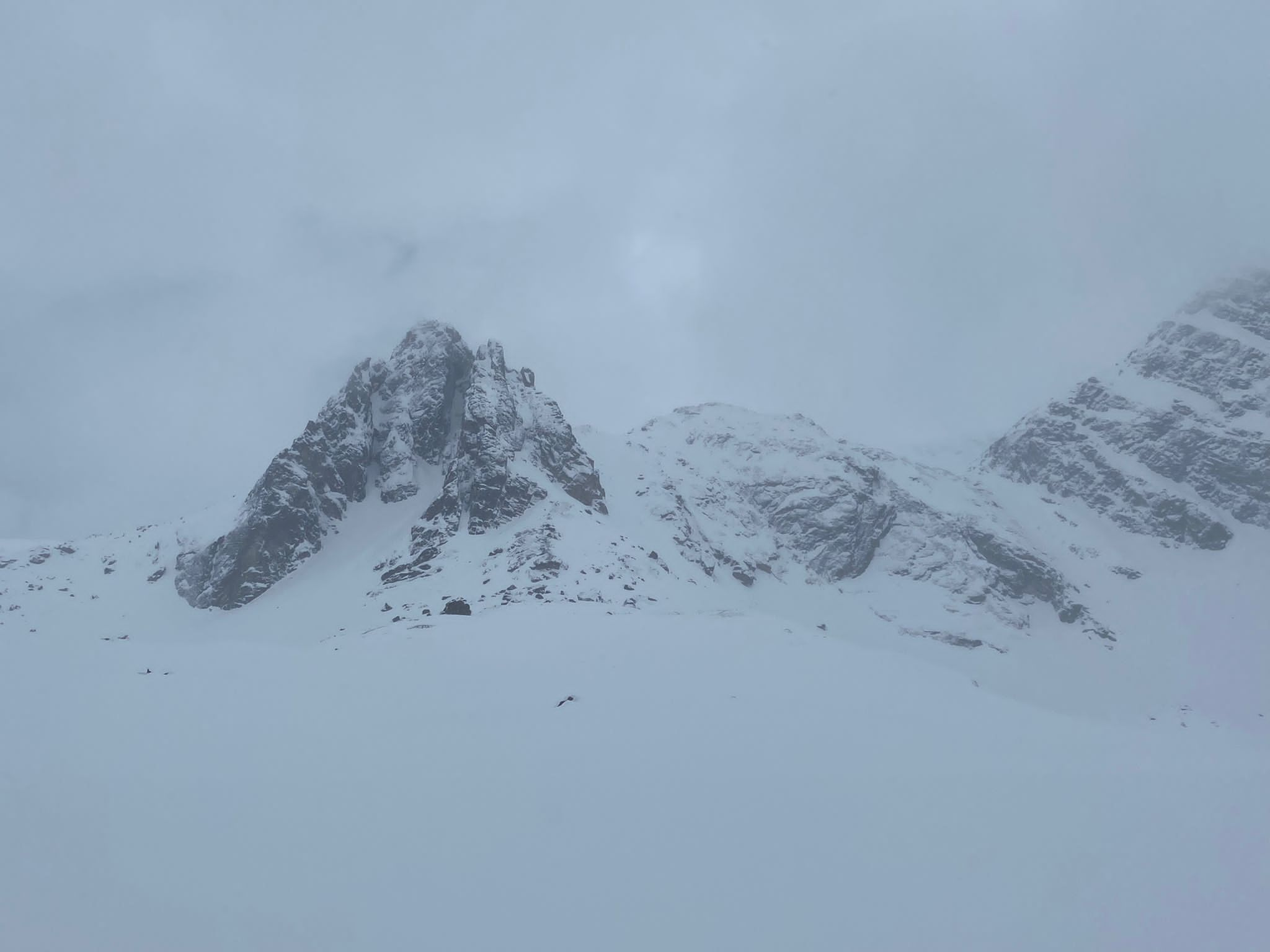

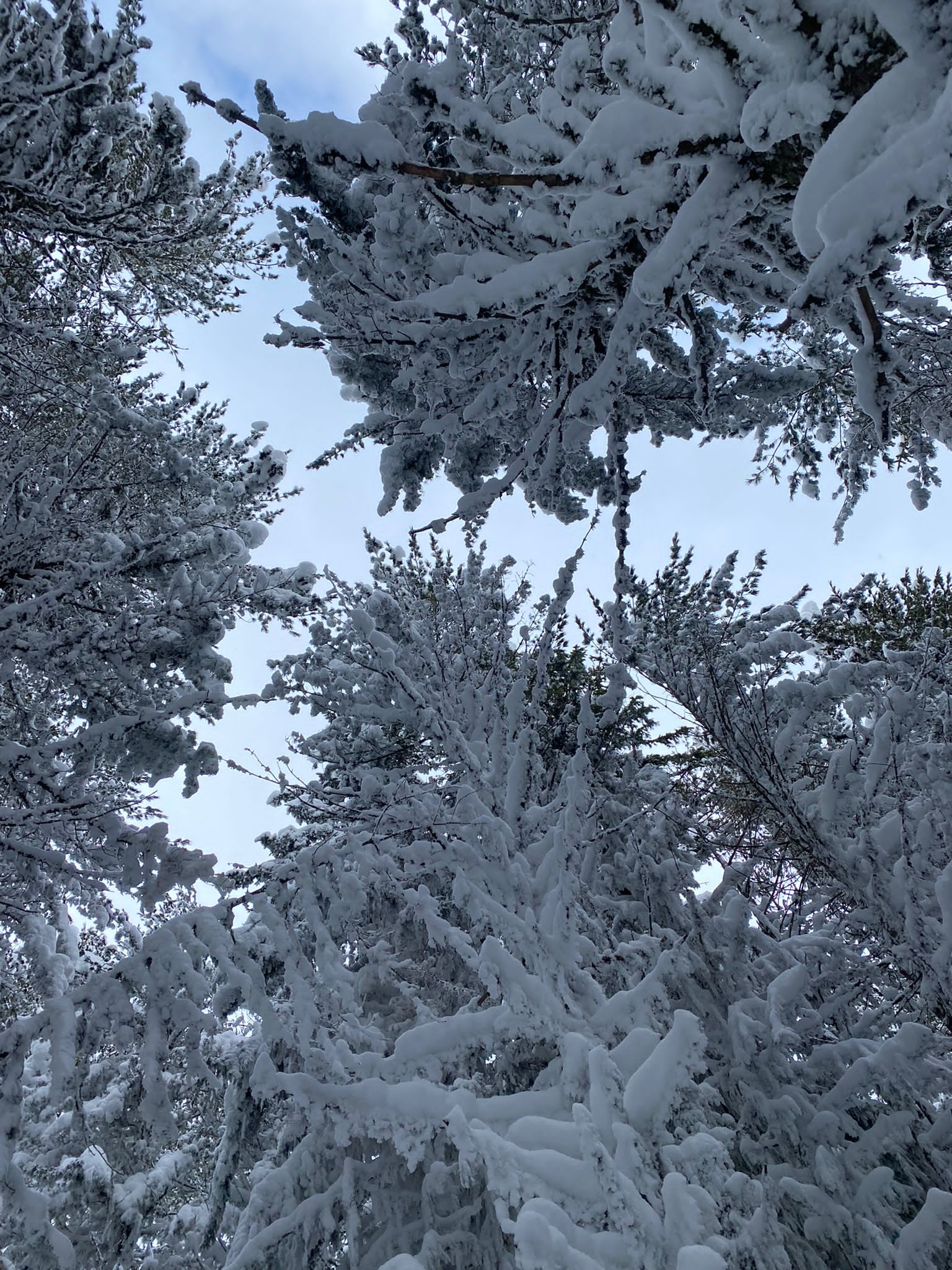
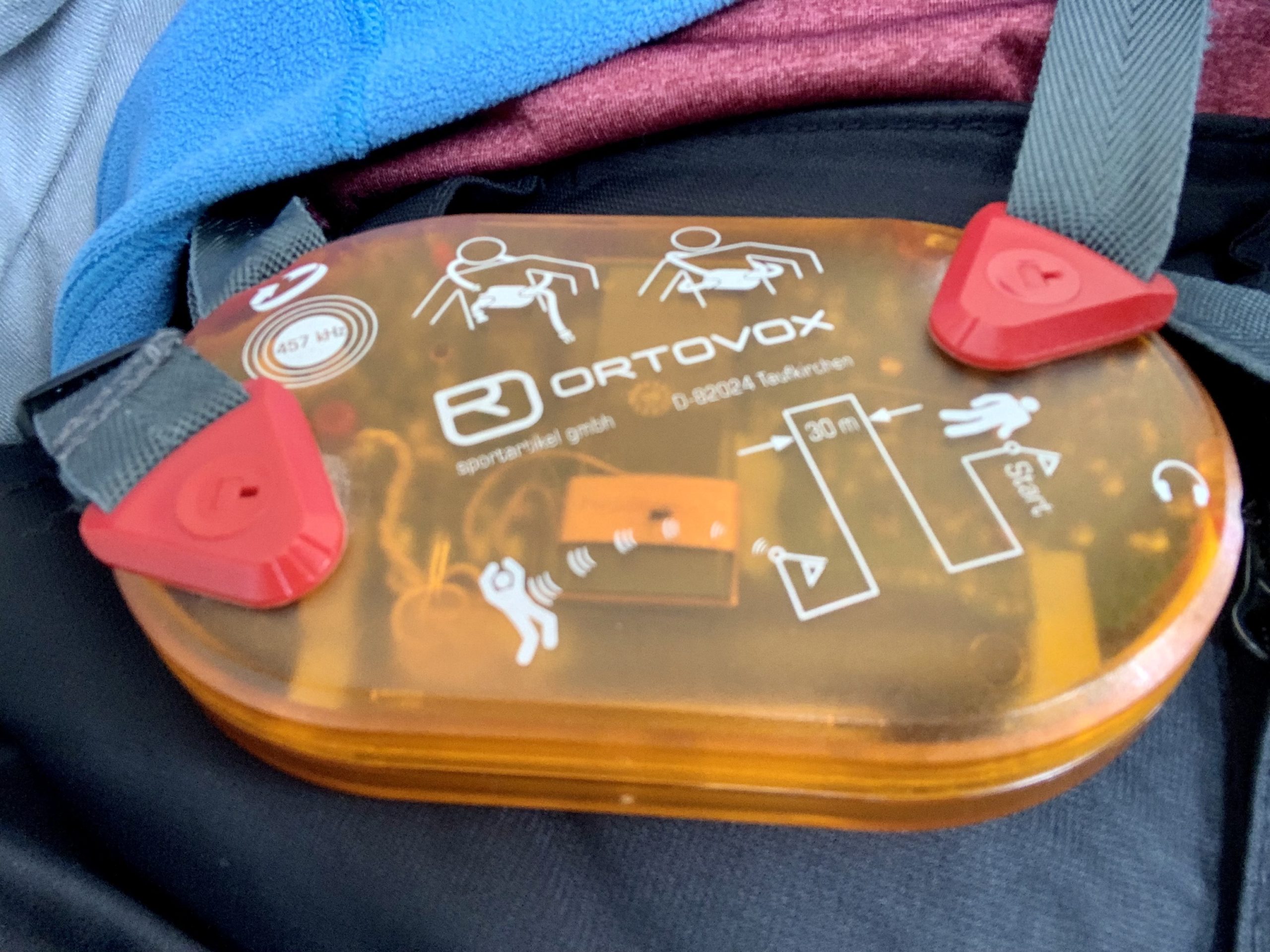
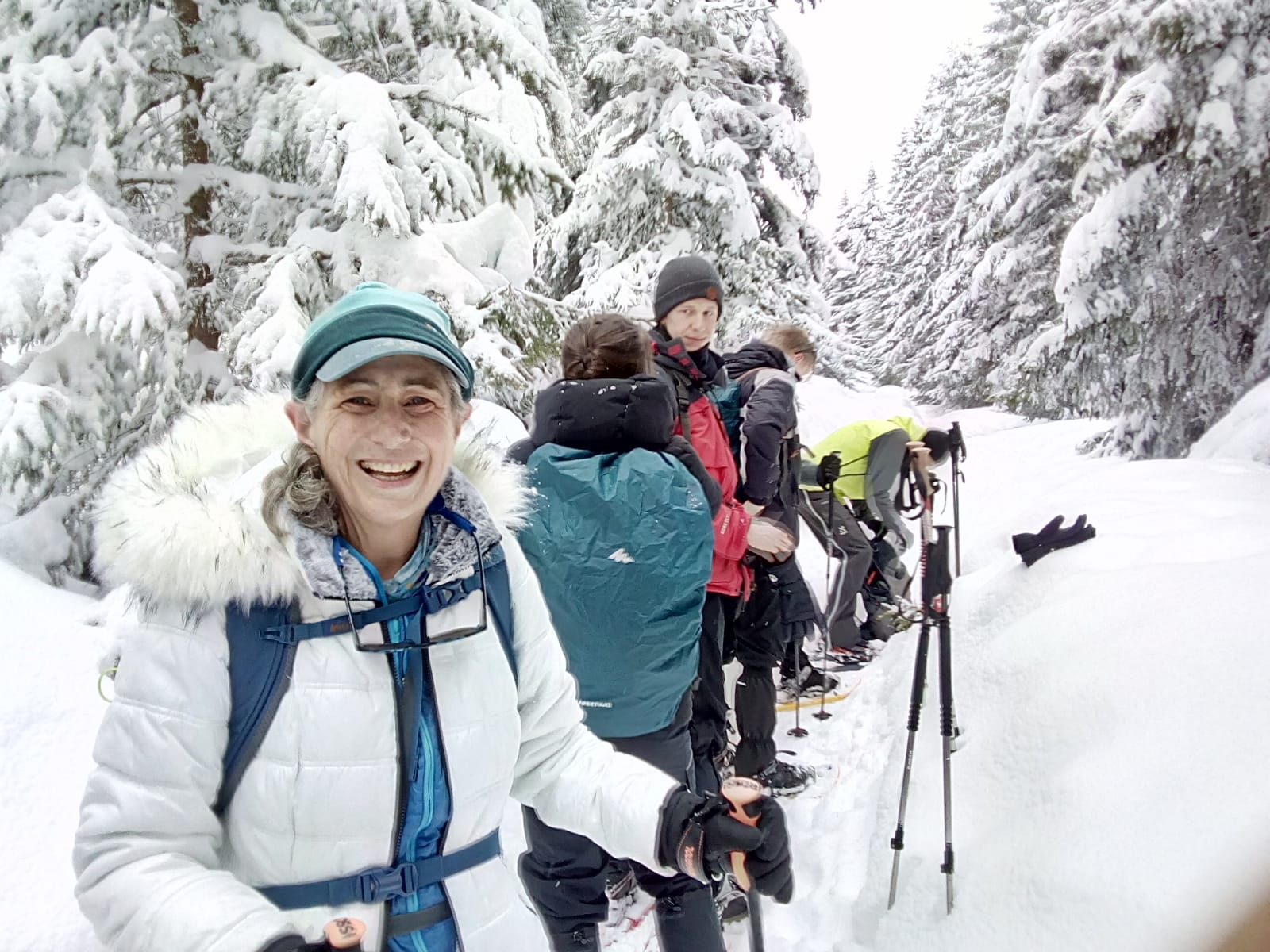
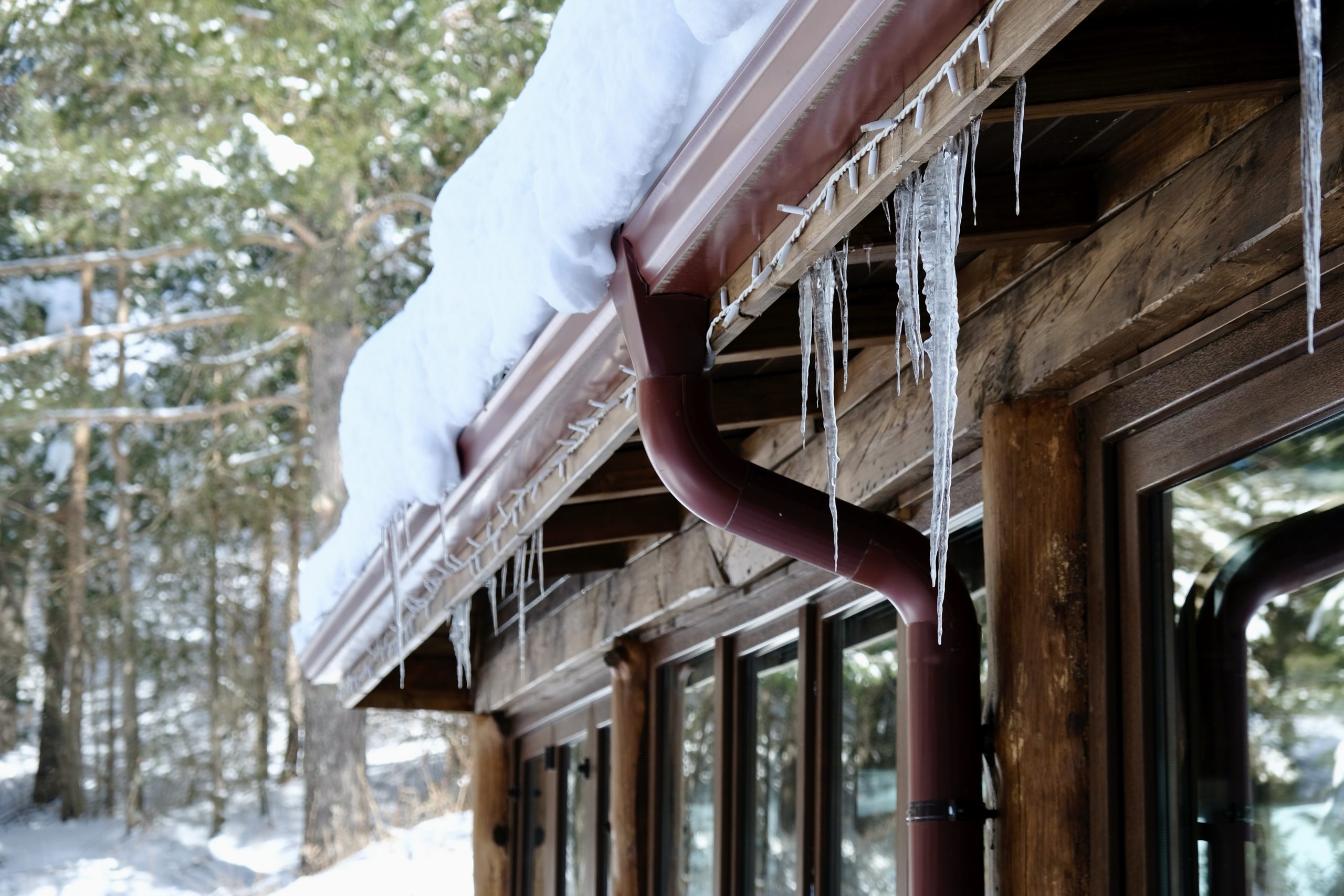

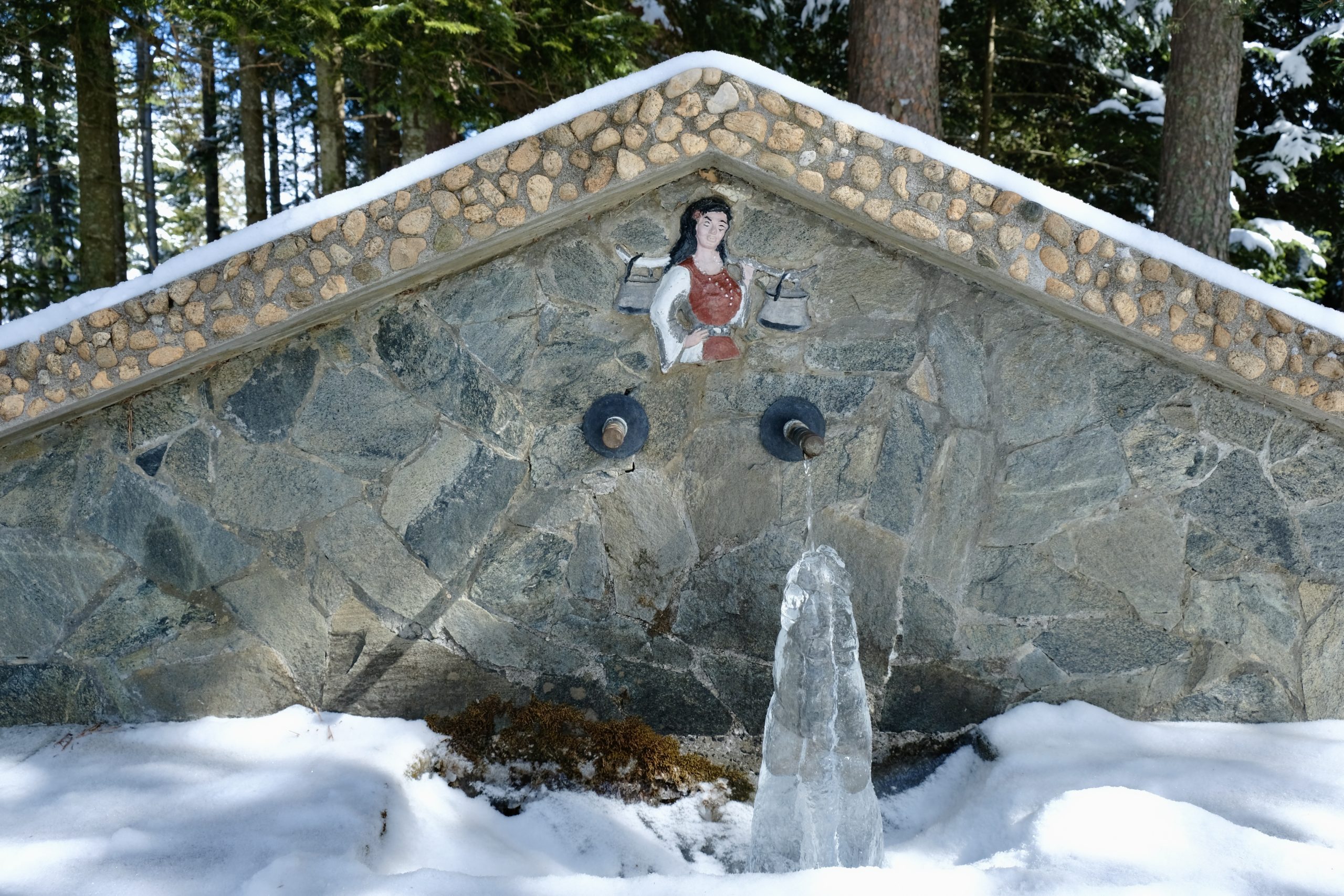

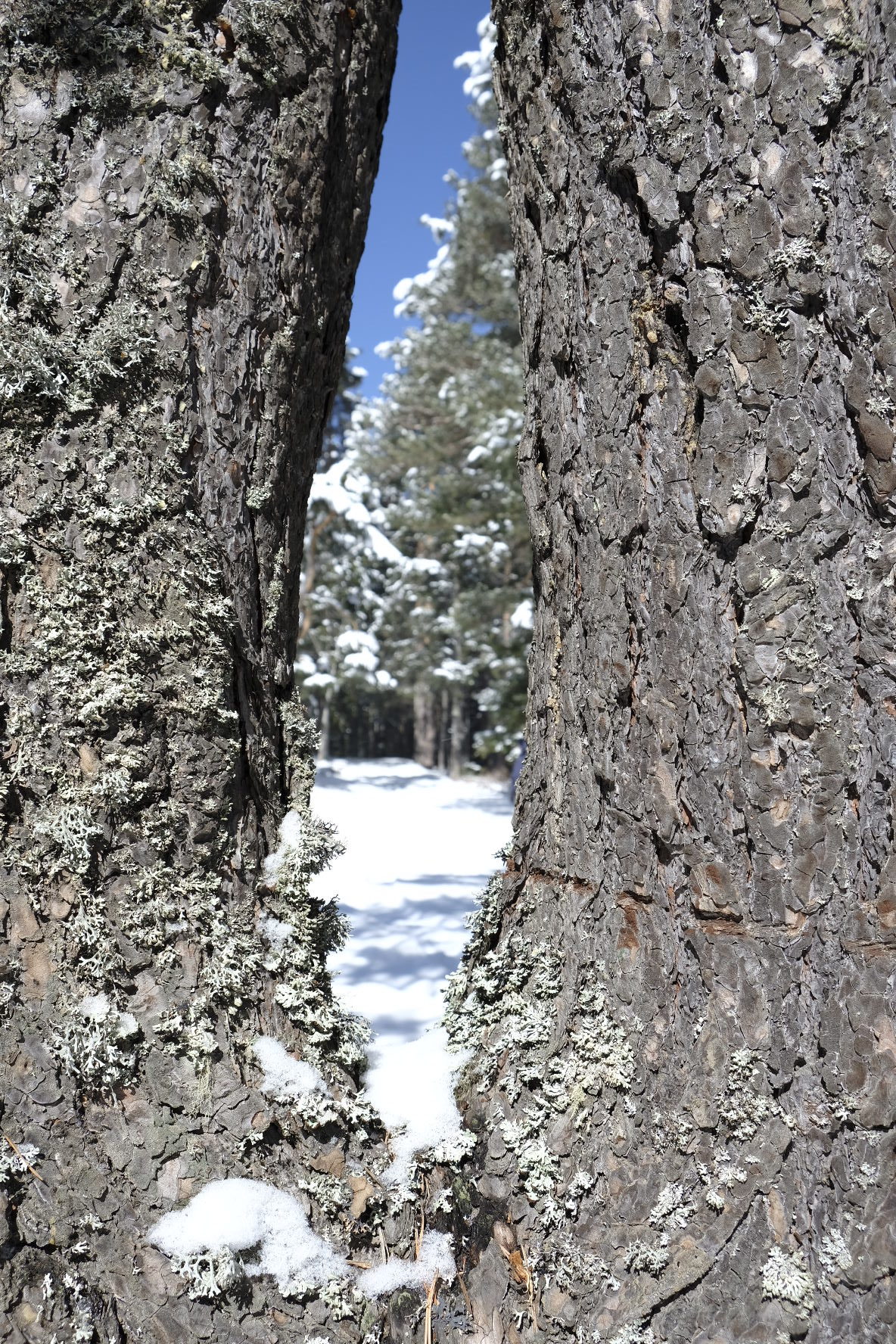

 While sitting in an alpine hut after nice morning snowshoeing rather than continuing another two hours up the mountain, I want to share some of my insights and reflections on the Russian invasion into Ukraine. First and most important to me is war is HORRIBLE. The images out of Ukraine are abhorrent.
While sitting in an alpine hut after nice morning snowshoeing rather than continuing another two hours up the mountain, I want to share some of my insights and reflections on the Russian invasion into Ukraine. First and most important to me is war is HORRIBLE. The images out of Ukraine are abhorrent. 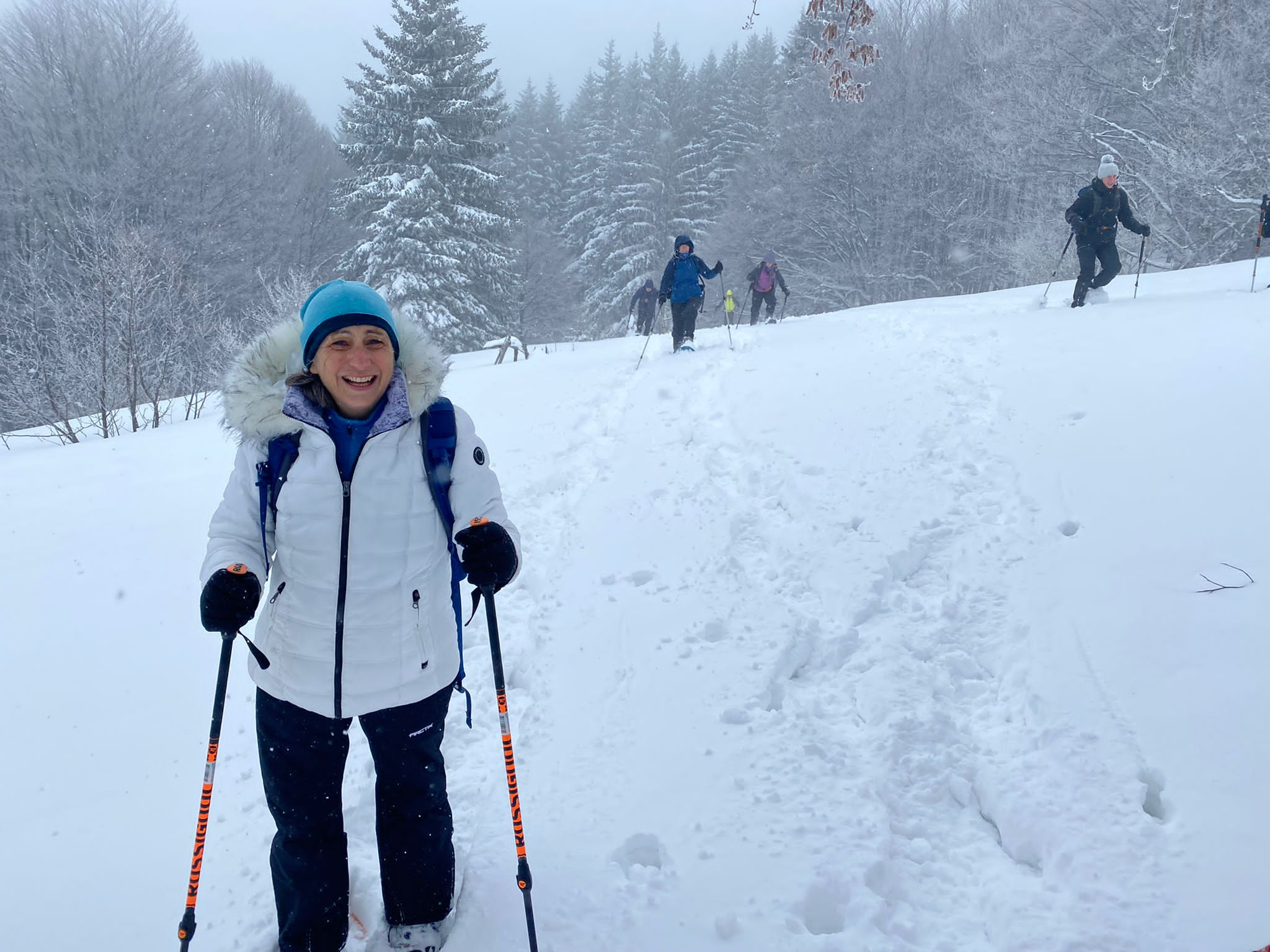
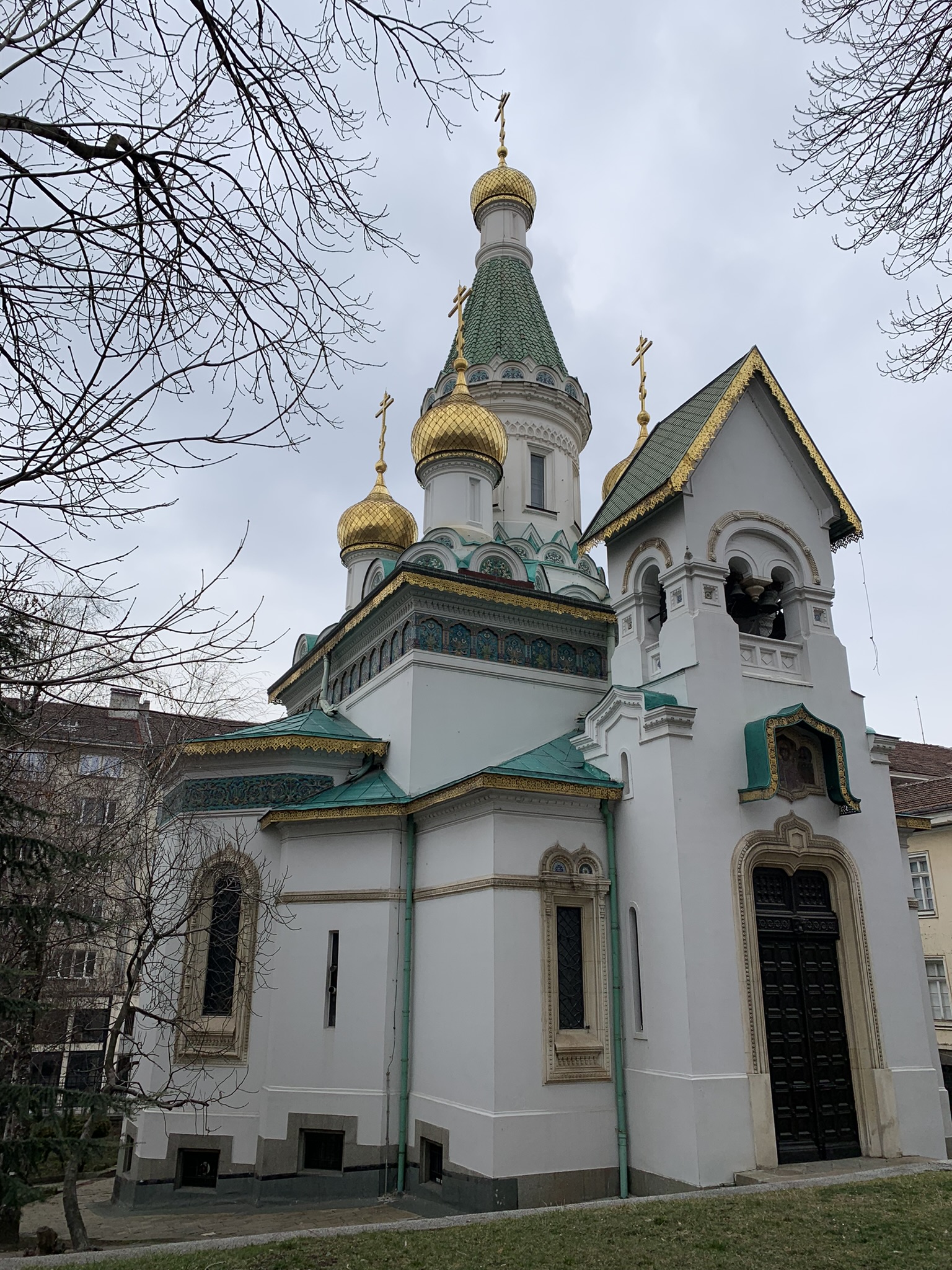
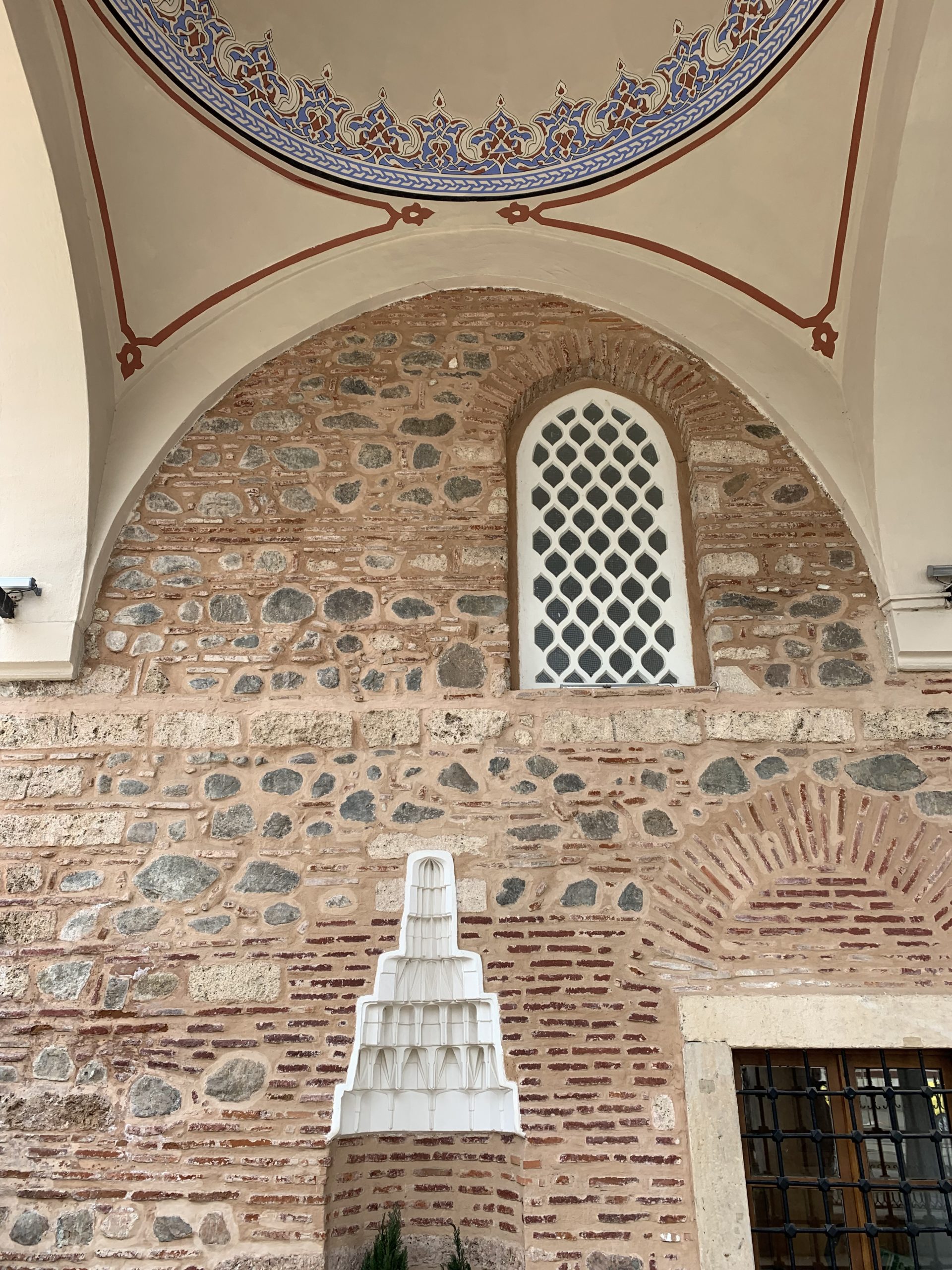

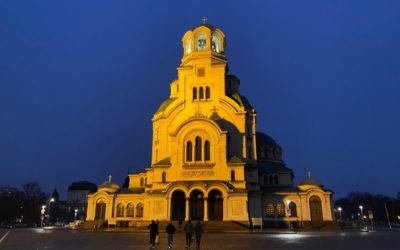


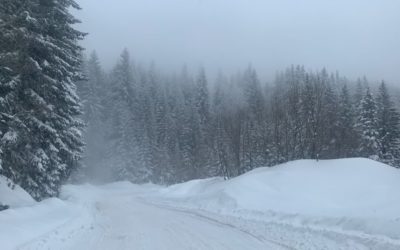
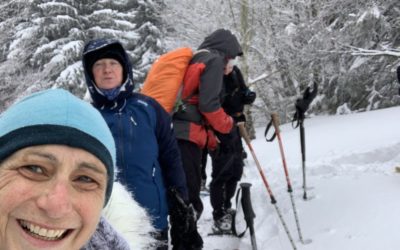
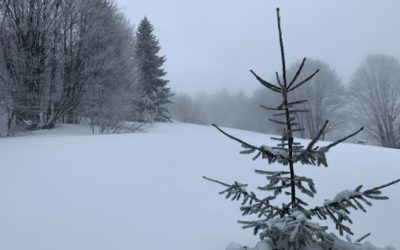
 After an uneventful 11 hour flight from San Francisco to Frankfurt, we’re now hanging out in the airport for four hours awaiting the final leg of our journey to Bulgaria. We traveled from the international terminal to the domestic terminal to find better shops and food, and our passports were stamped as if we entered and exited Germany.
After an uneventful 11 hour flight from San Francisco to Frankfurt, we’re now hanging out in the airport for four hours awaiting the final leg of our journey to Bulgaria. We traveled from the international terminal to the domestic terminal to find better shops and food, and our passports were stamped as if we entered and exited Germany.